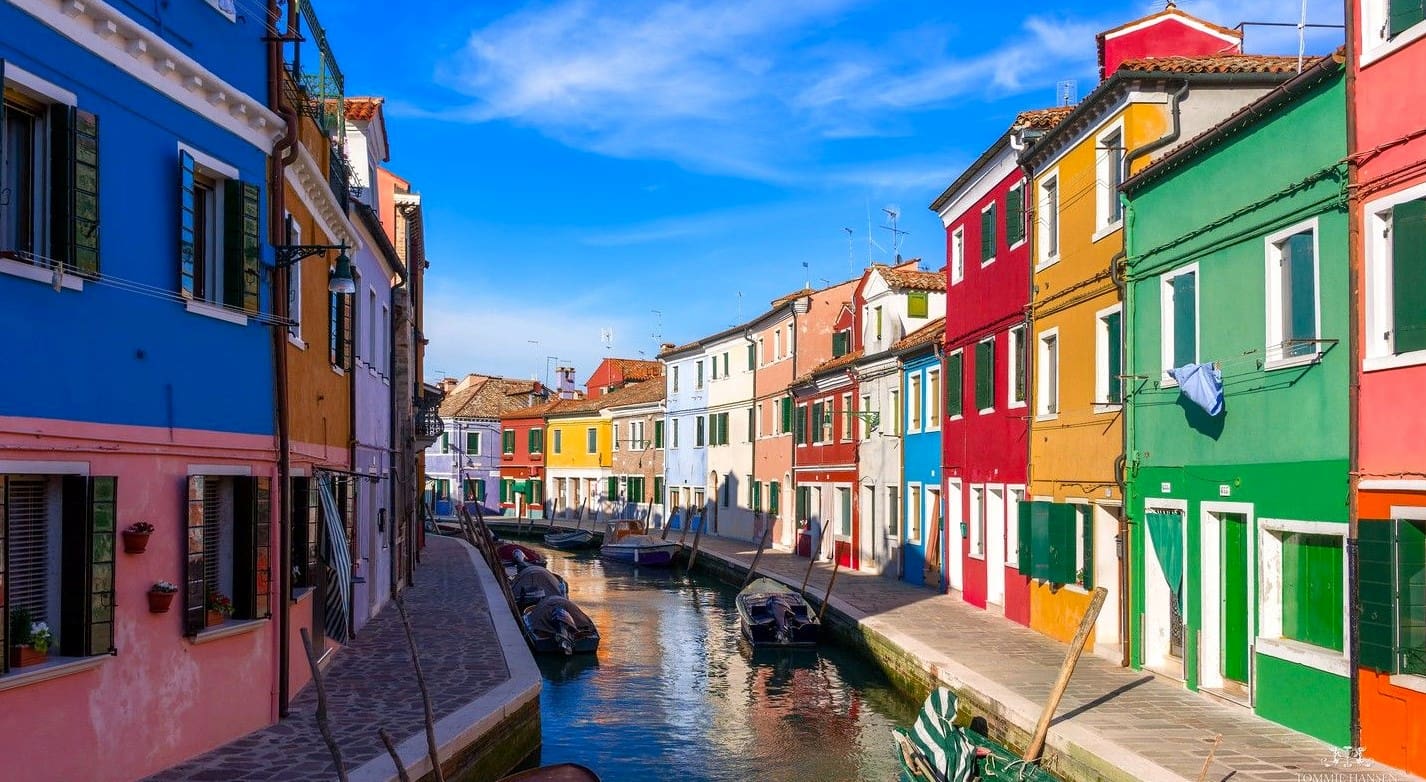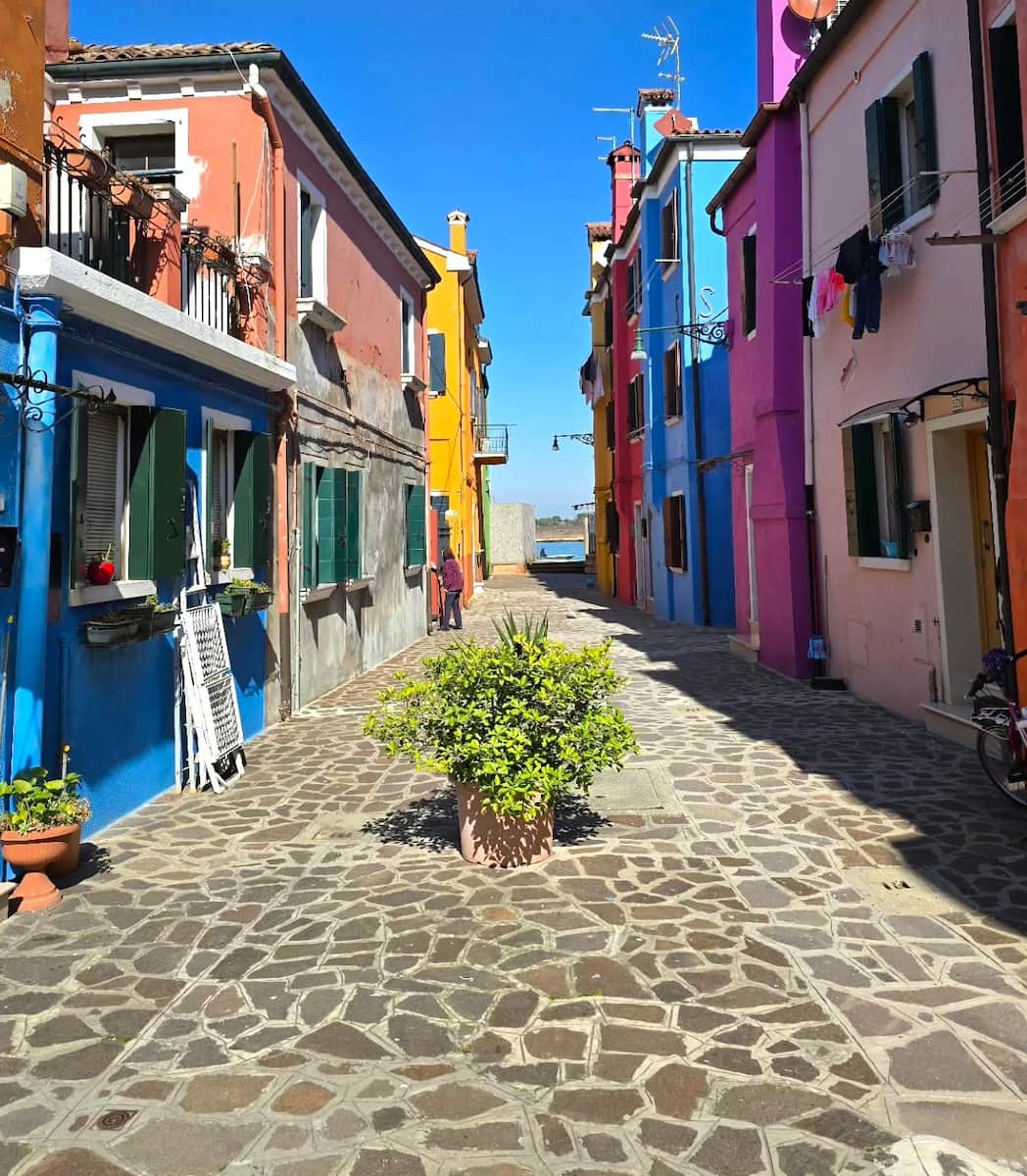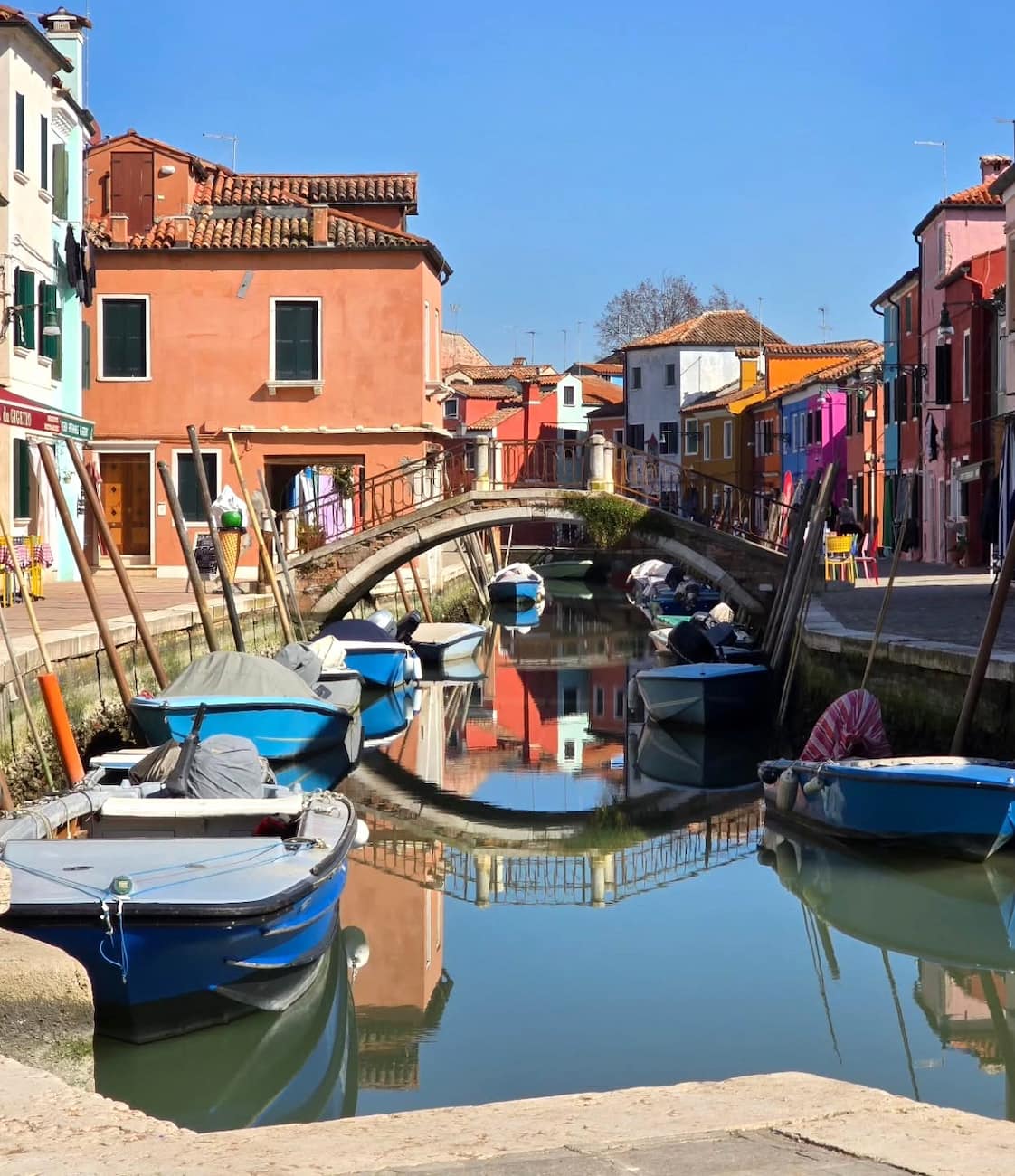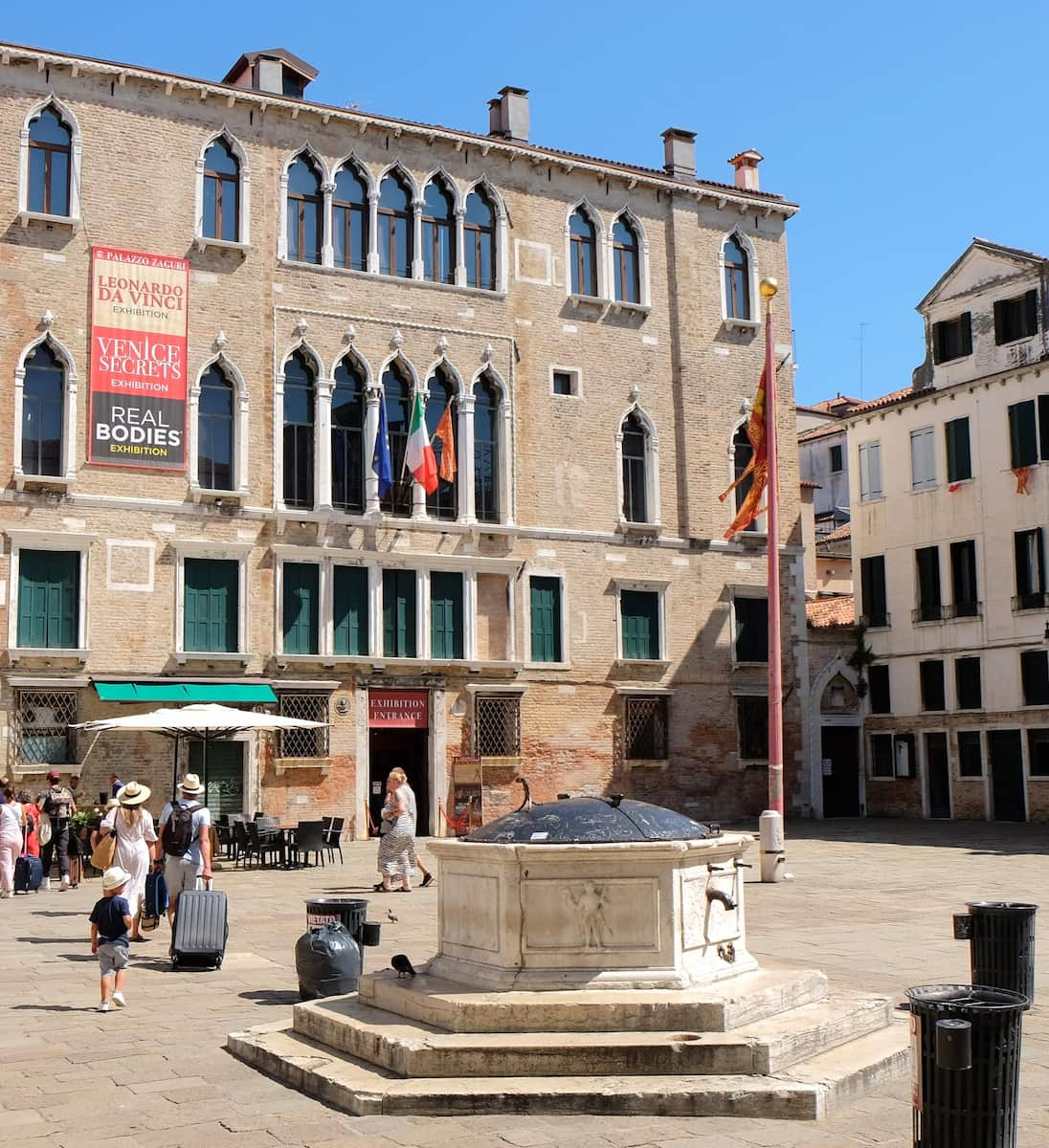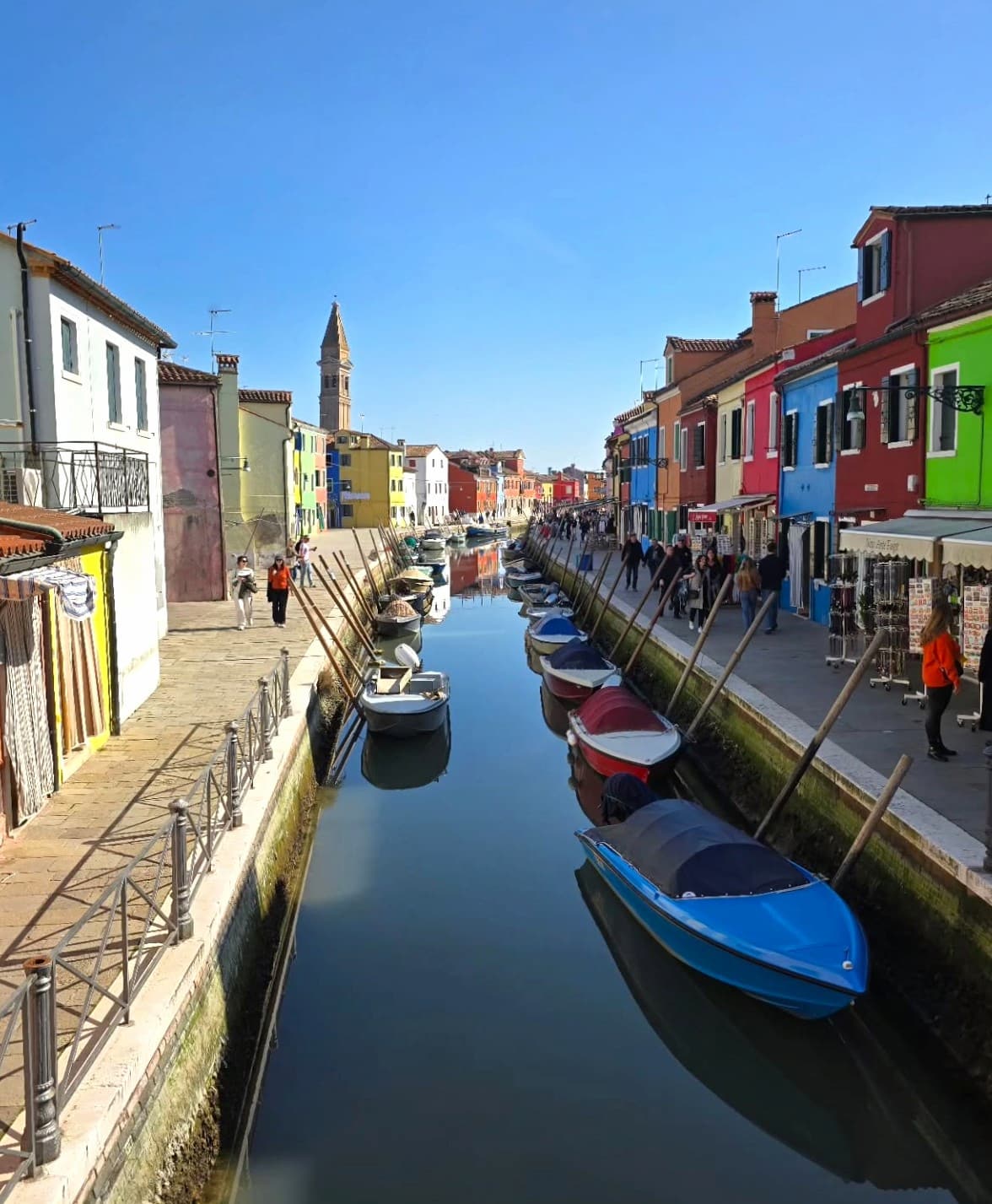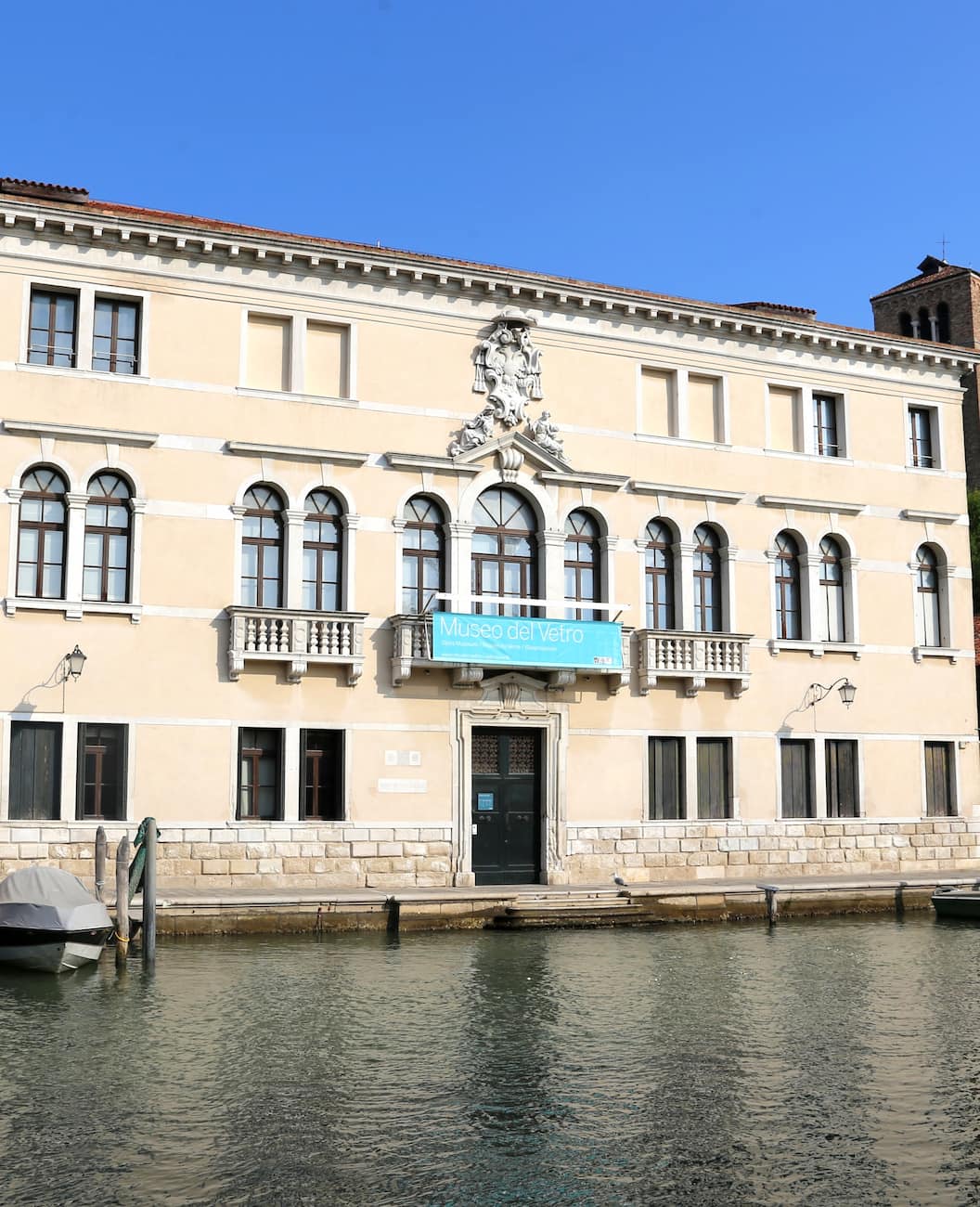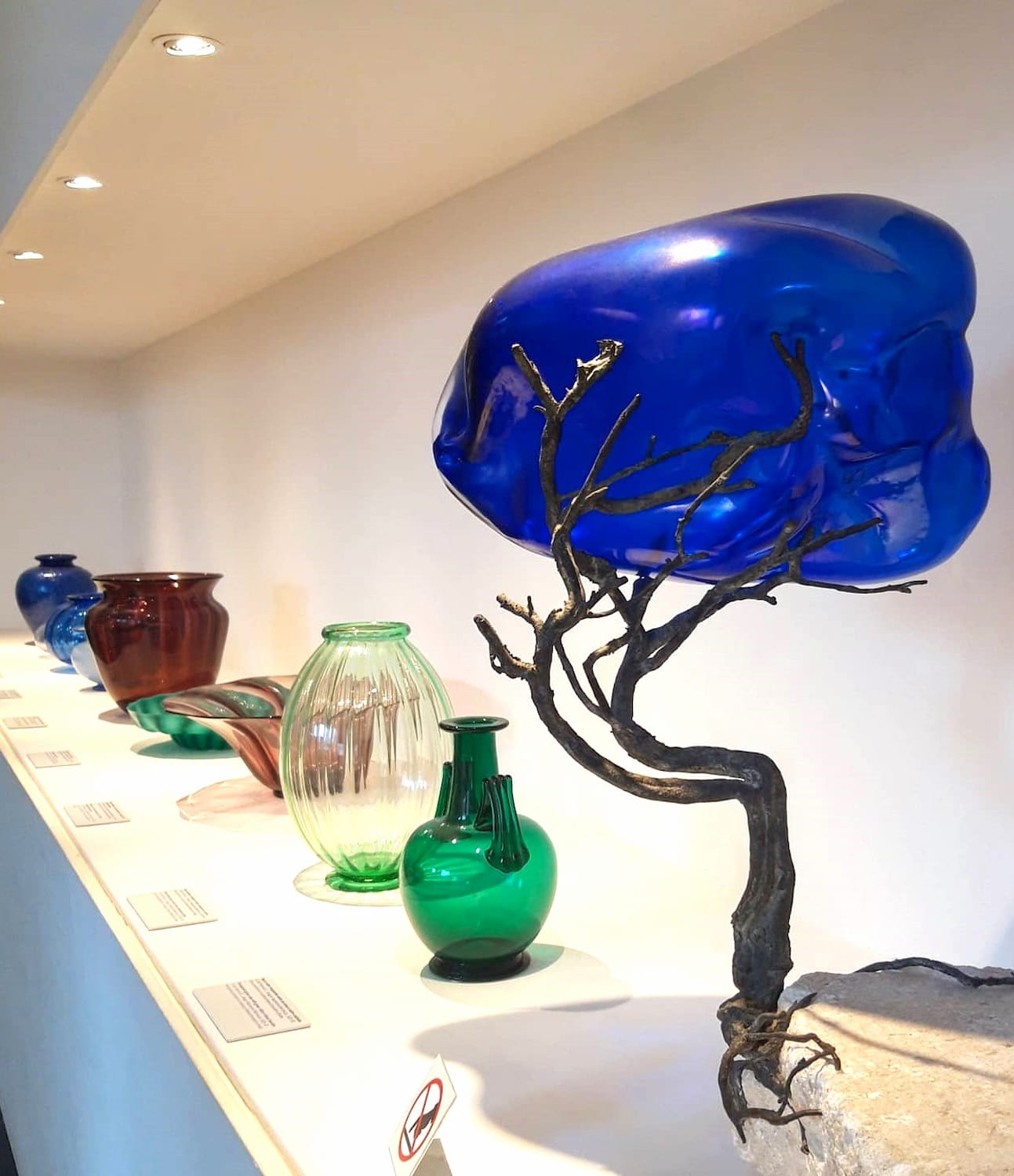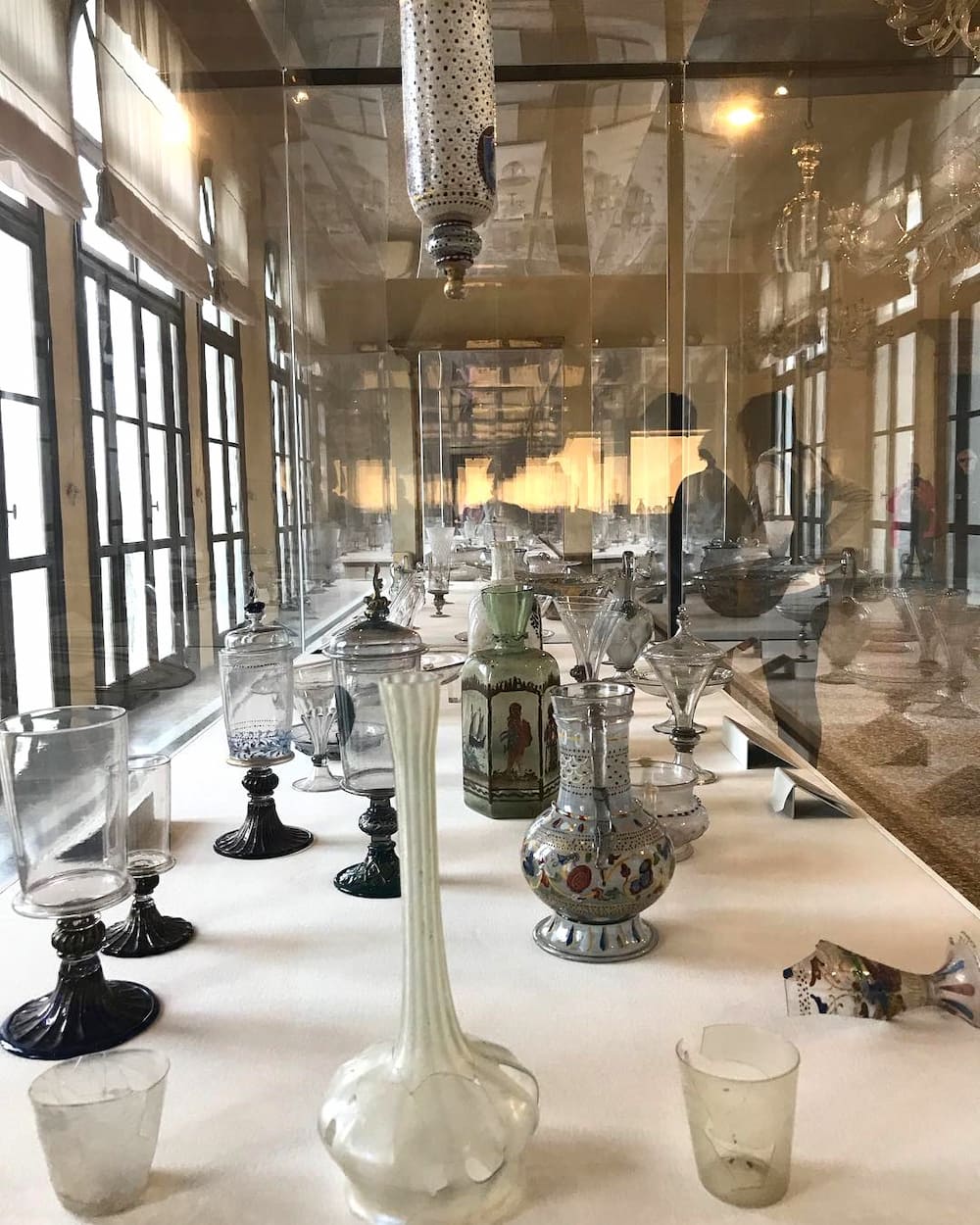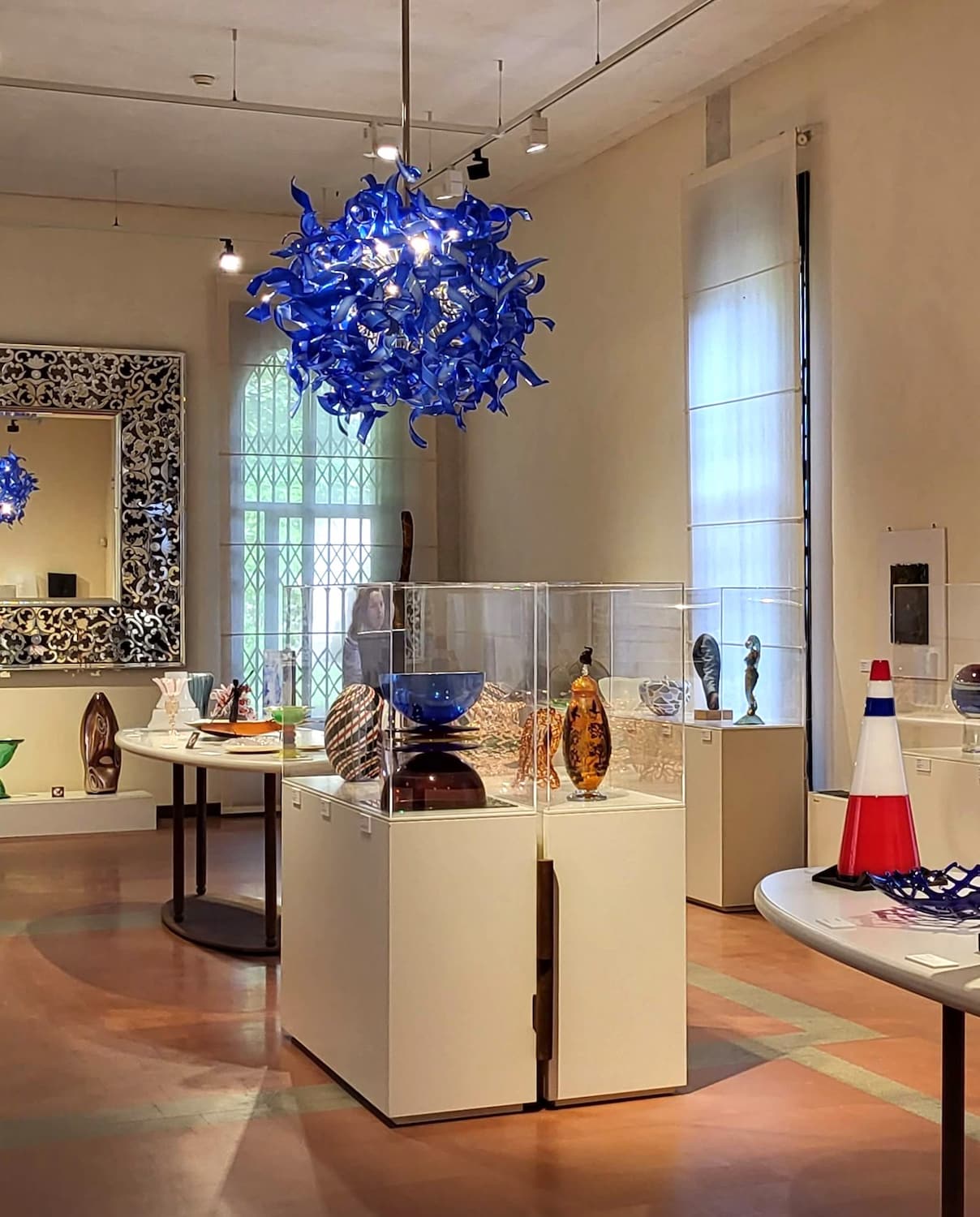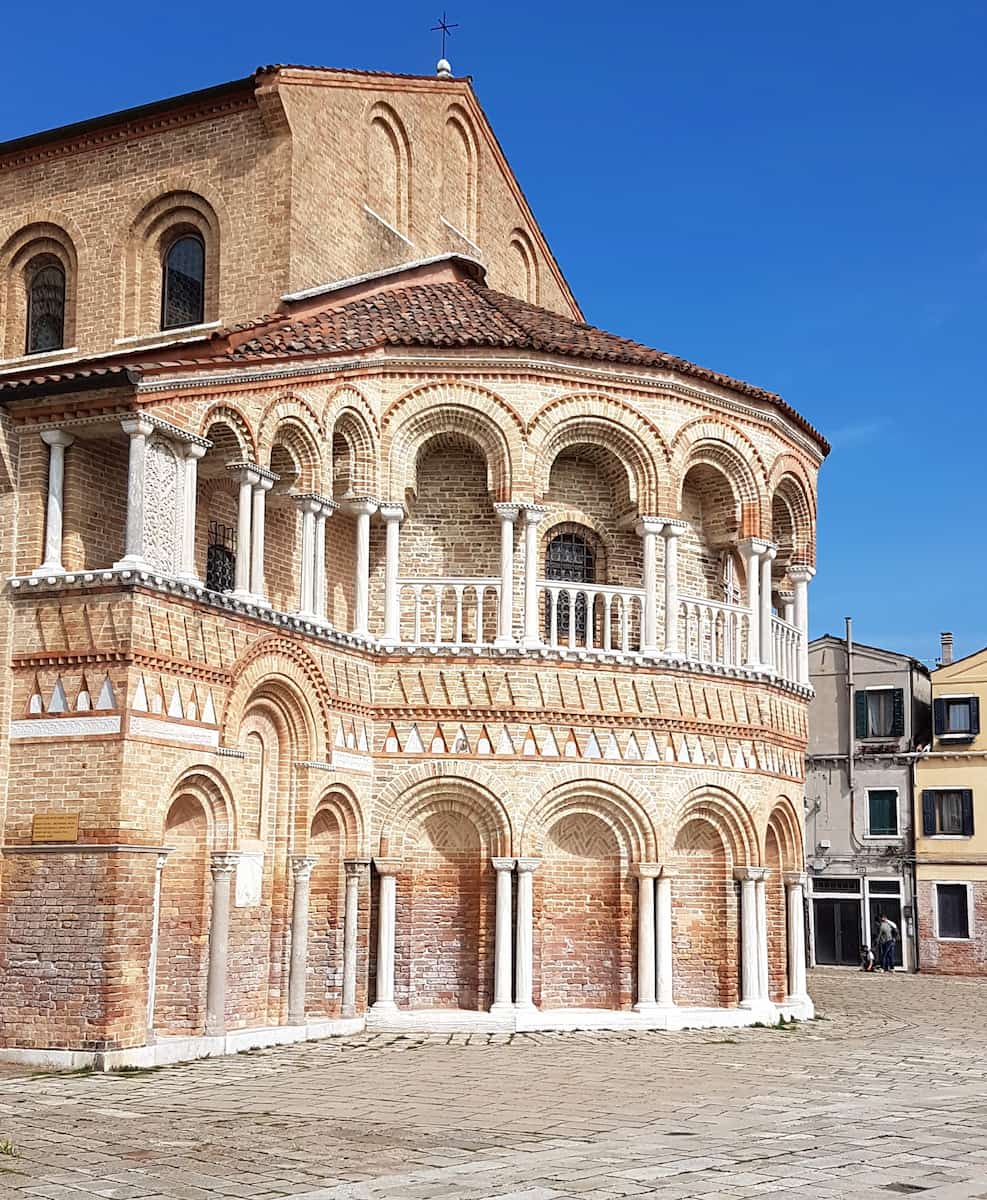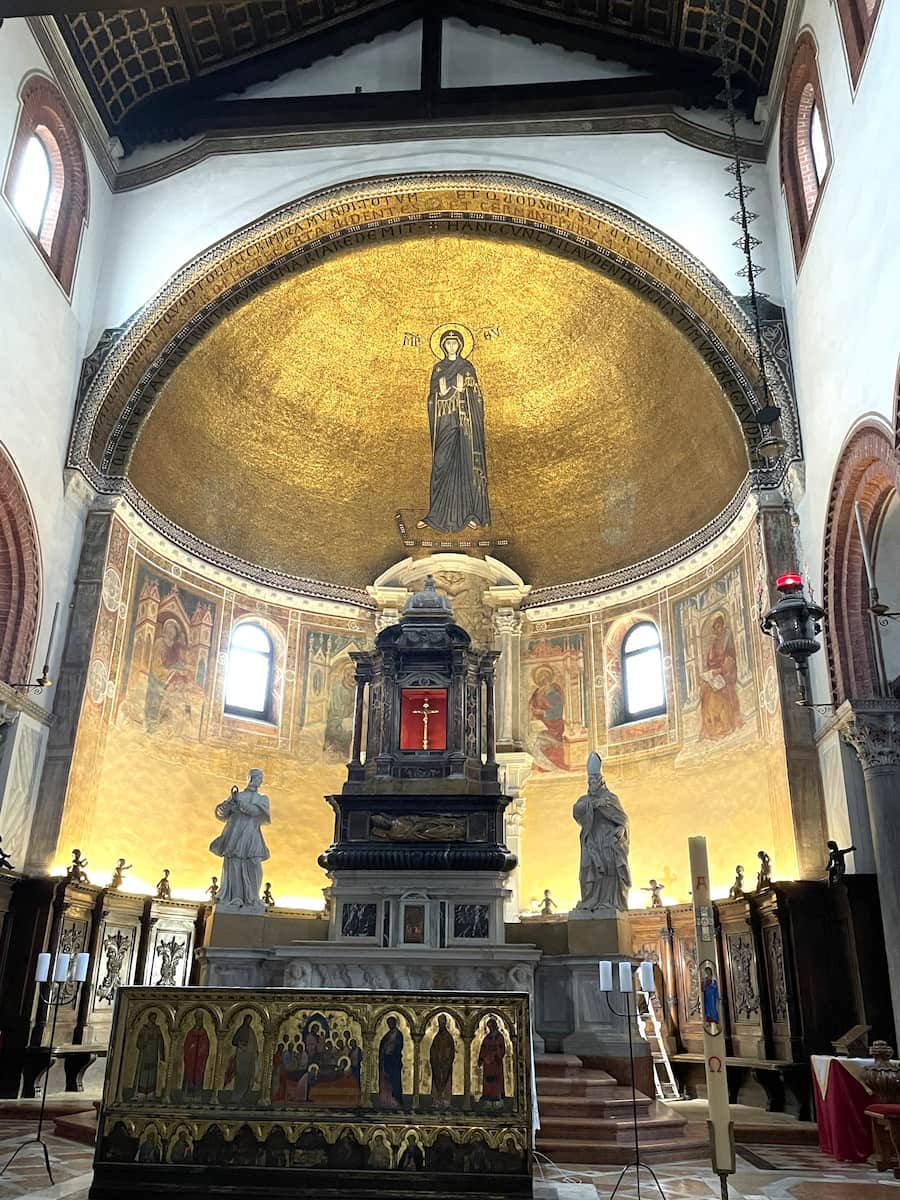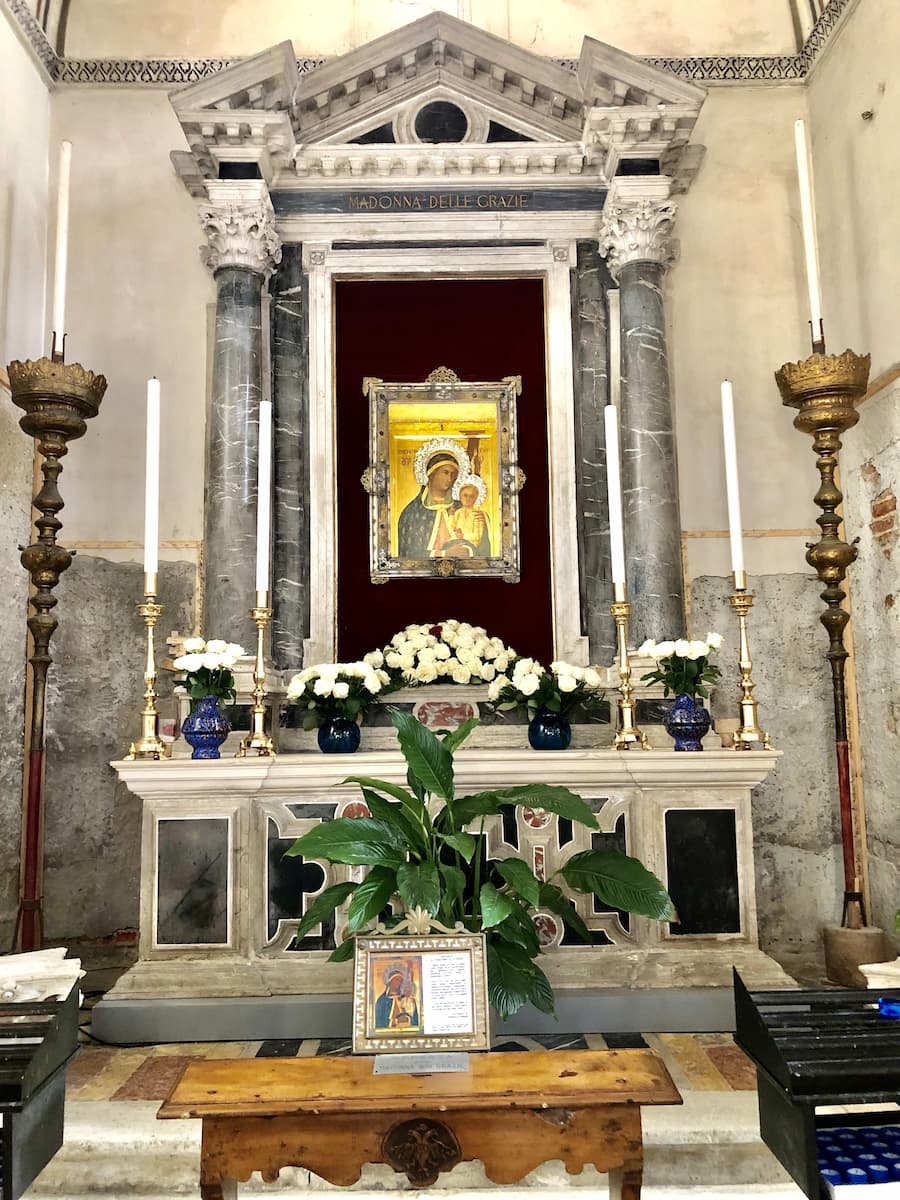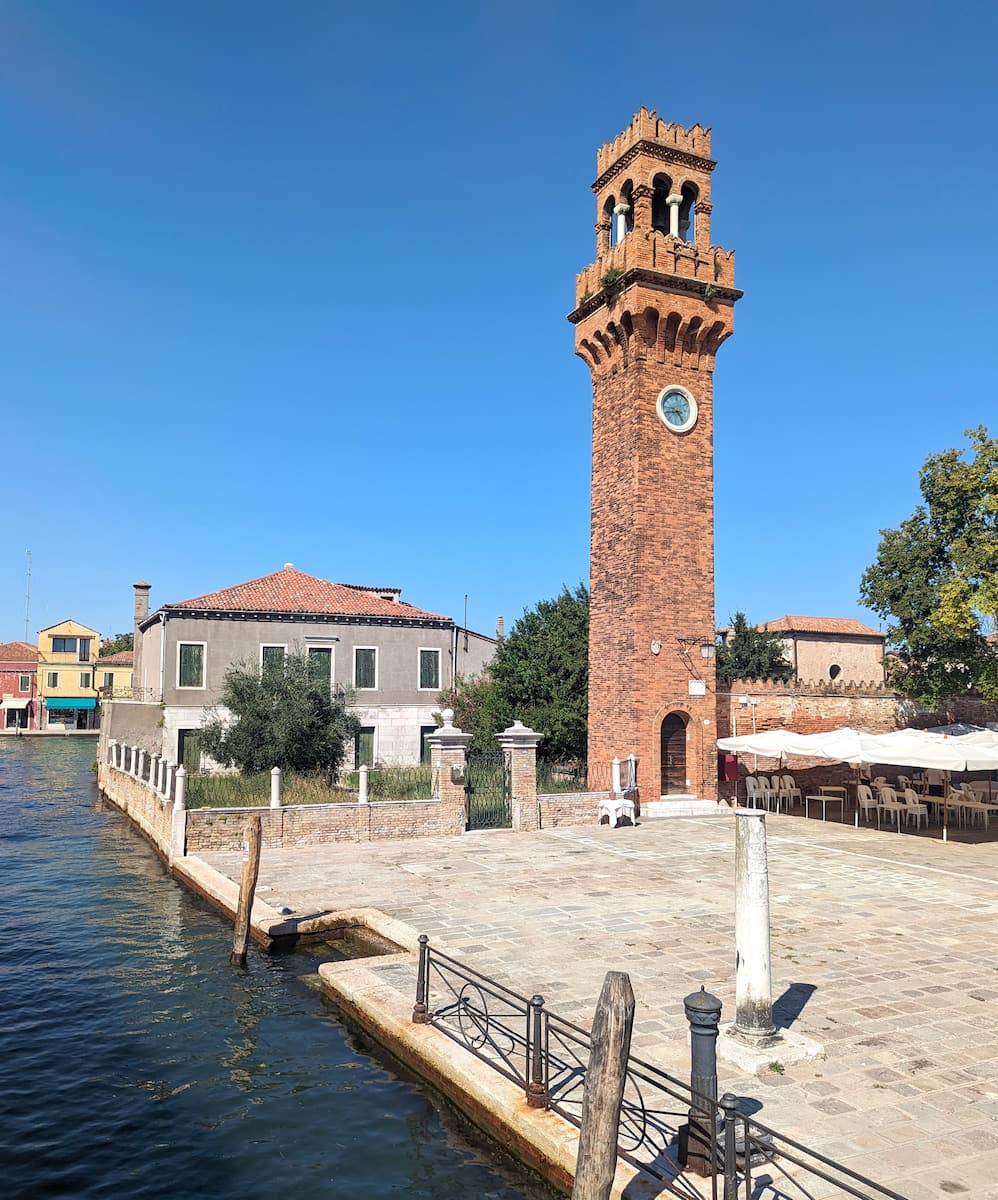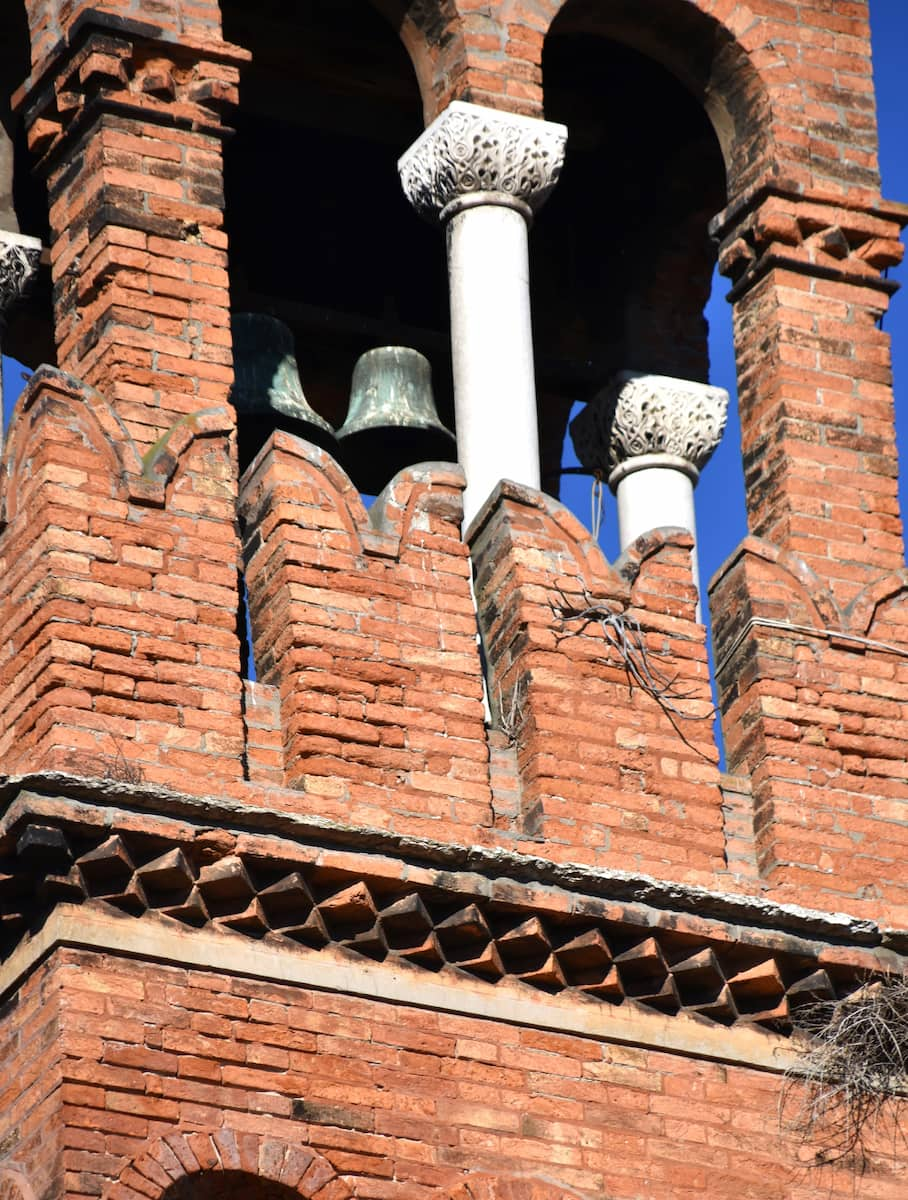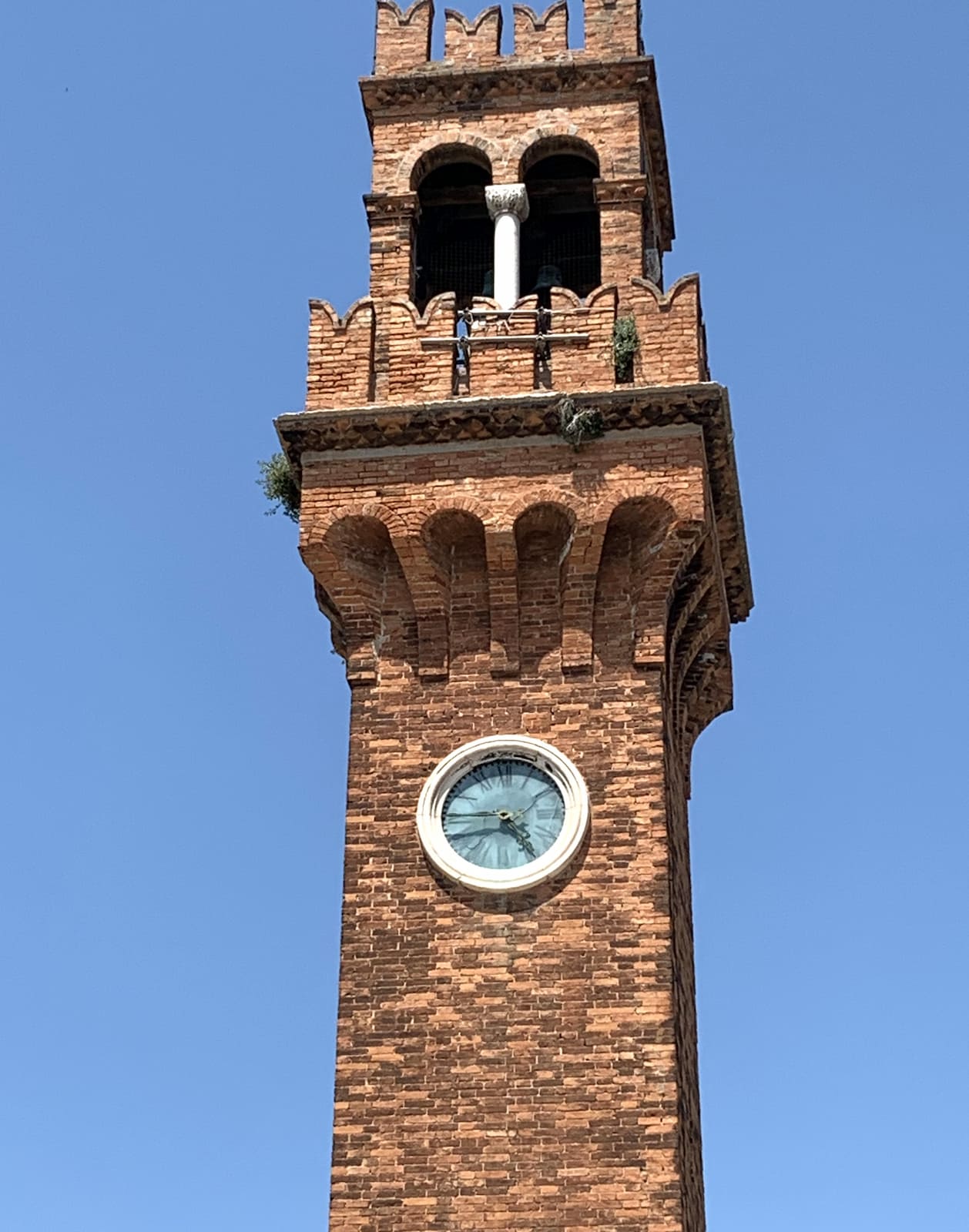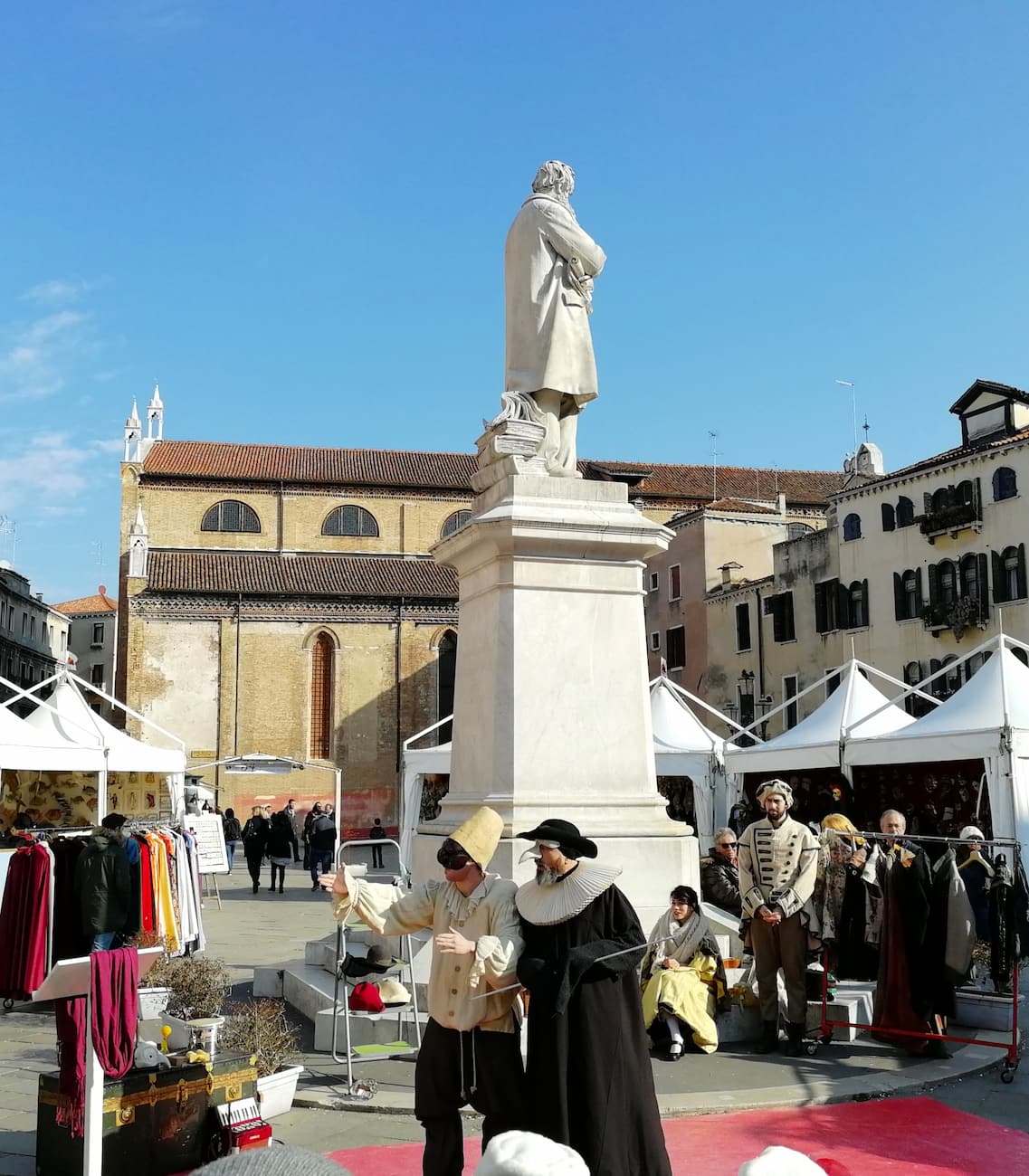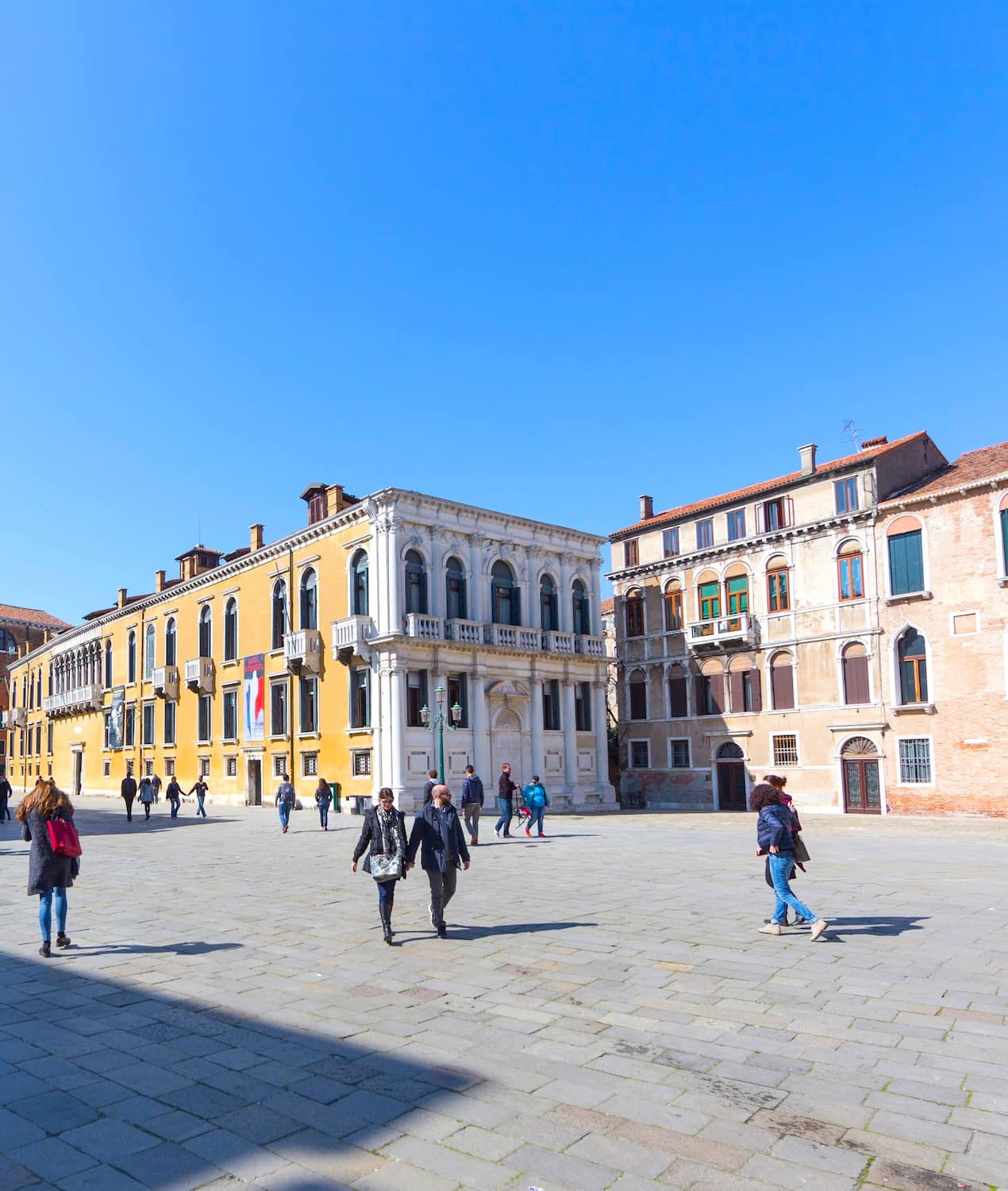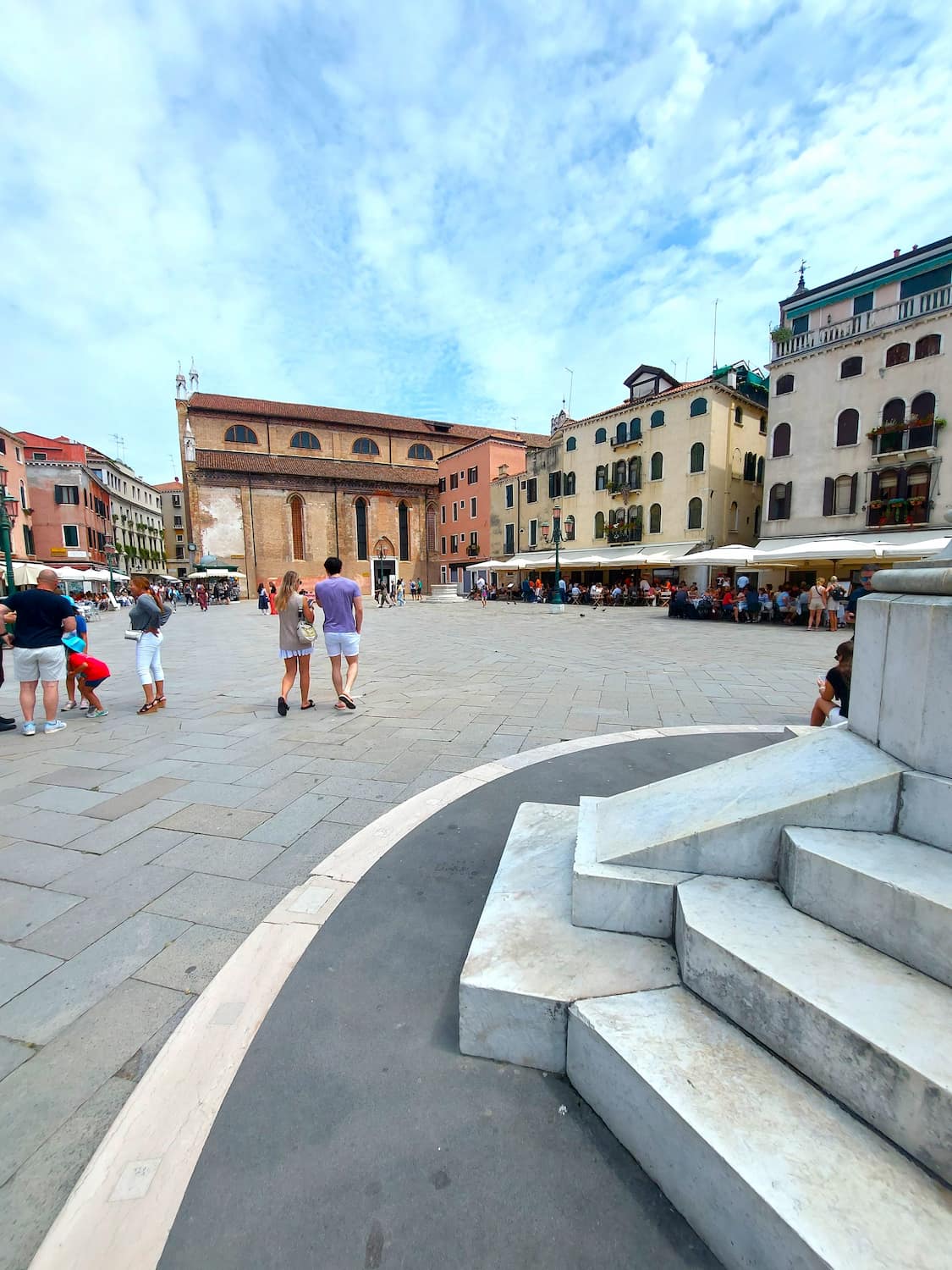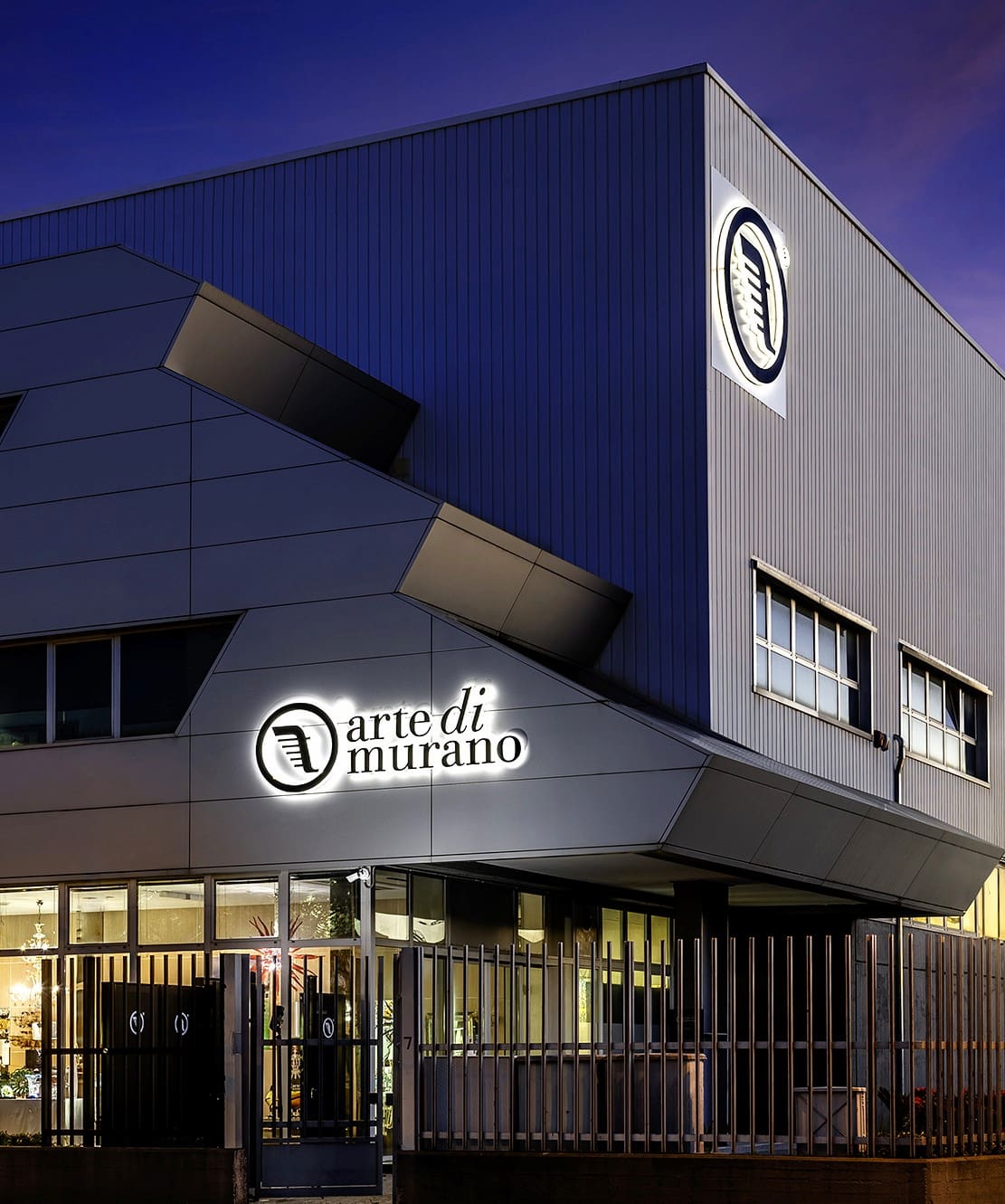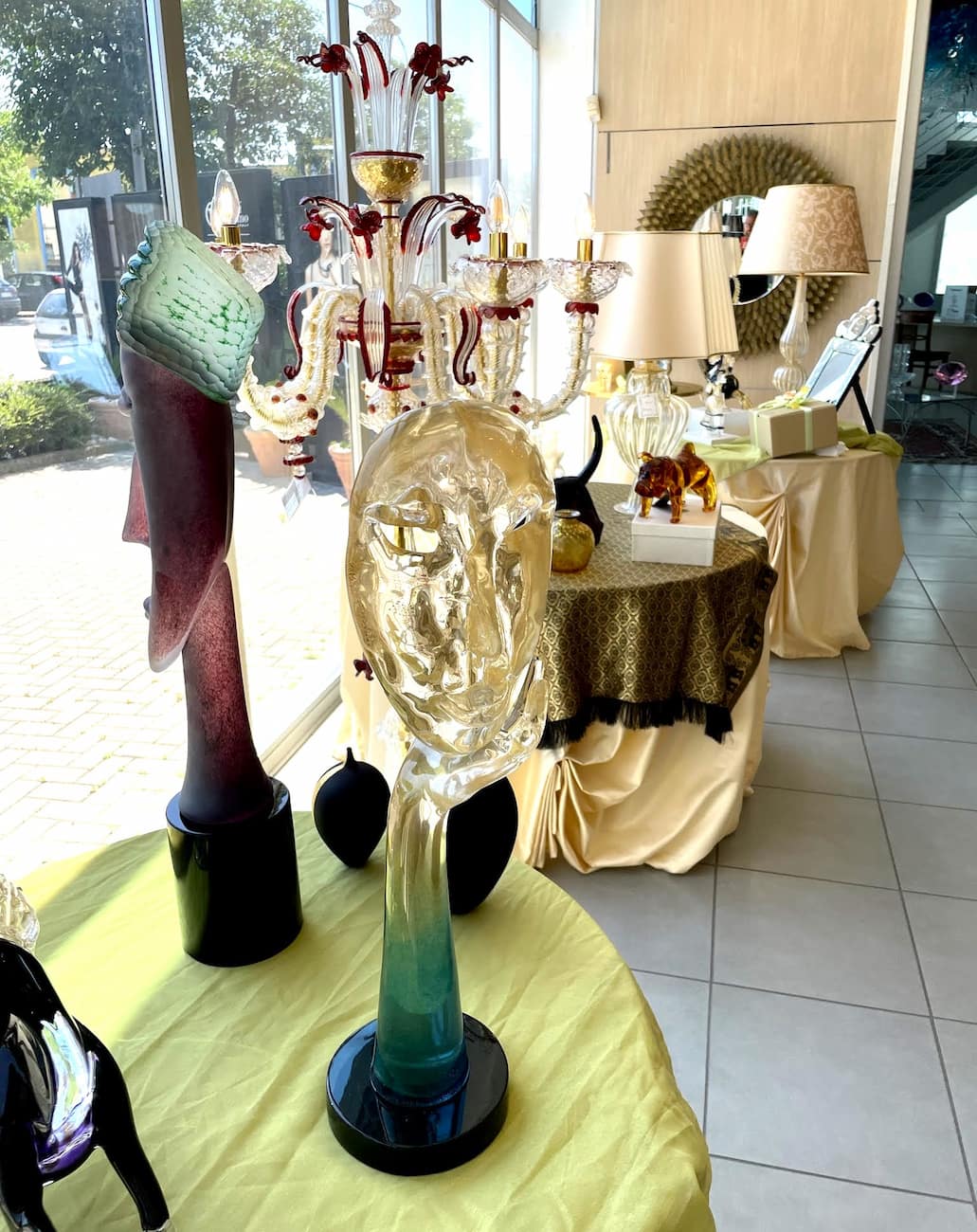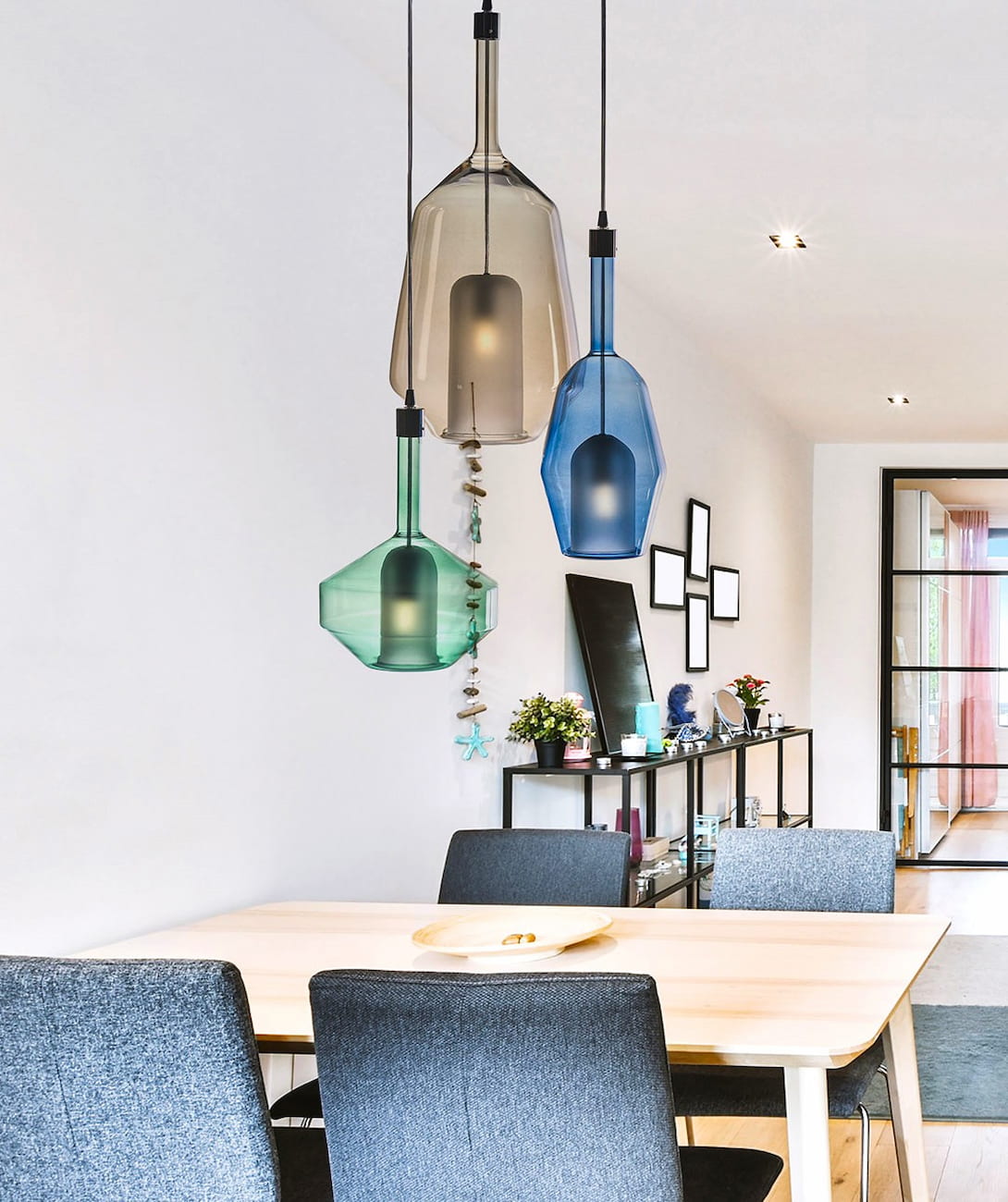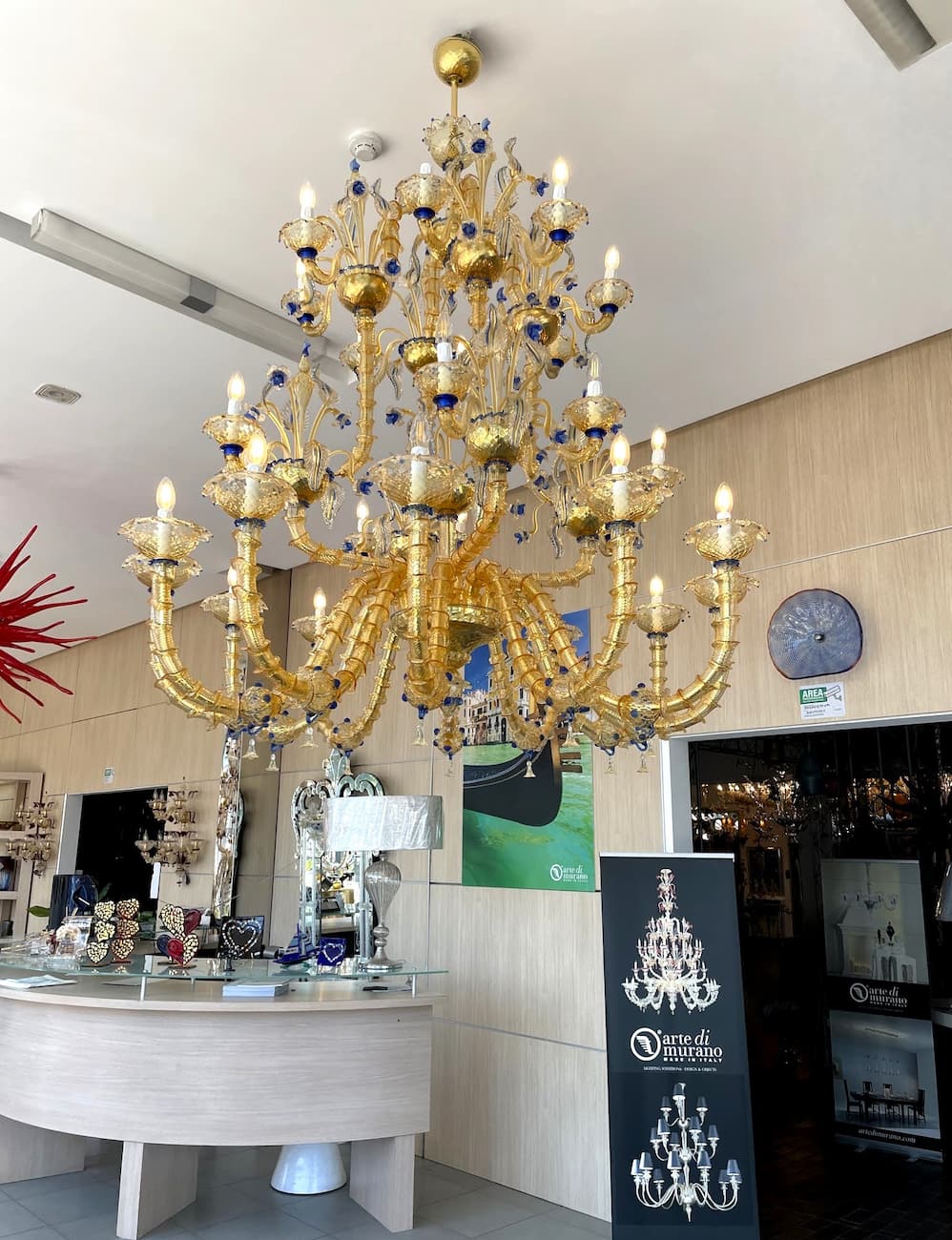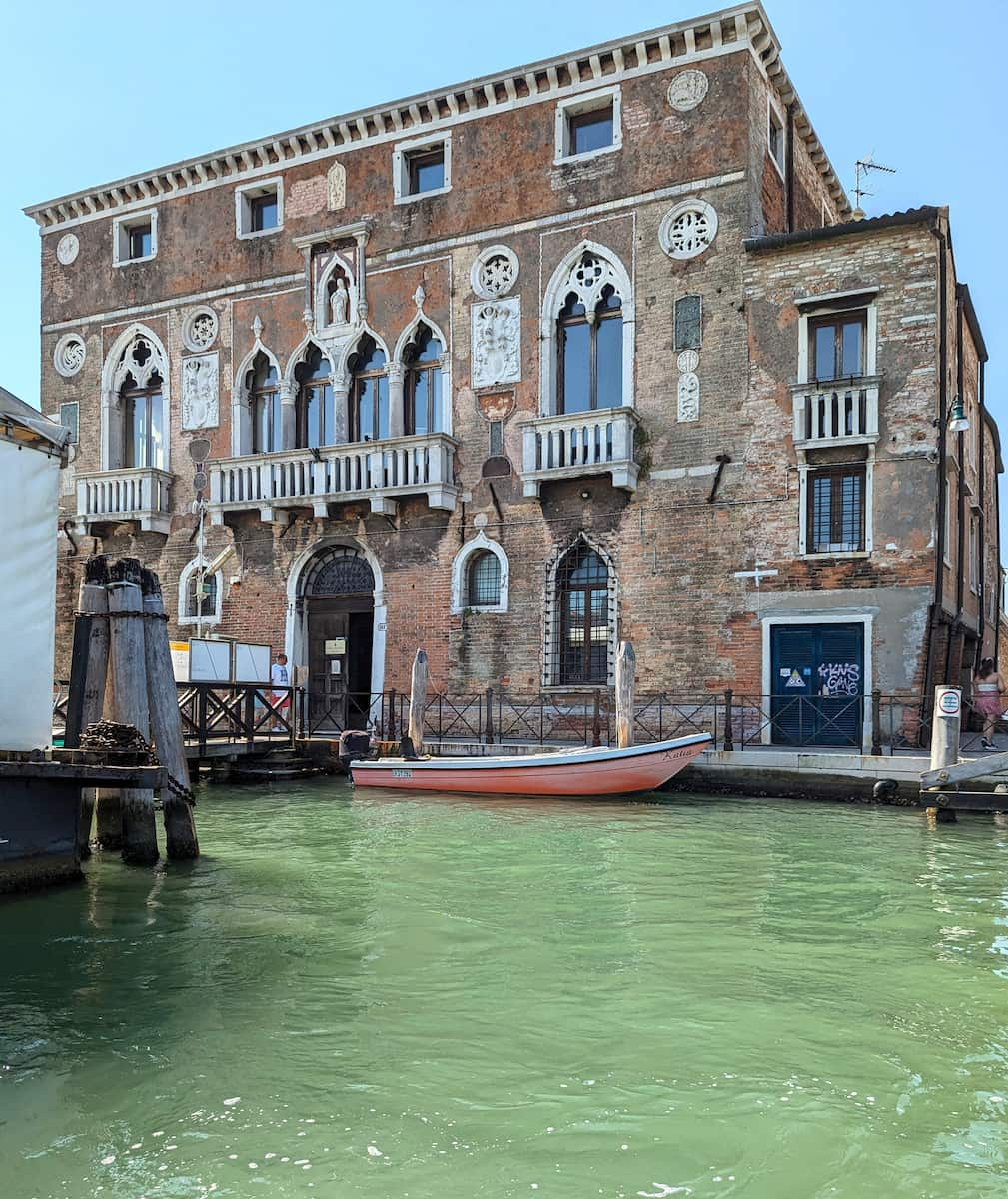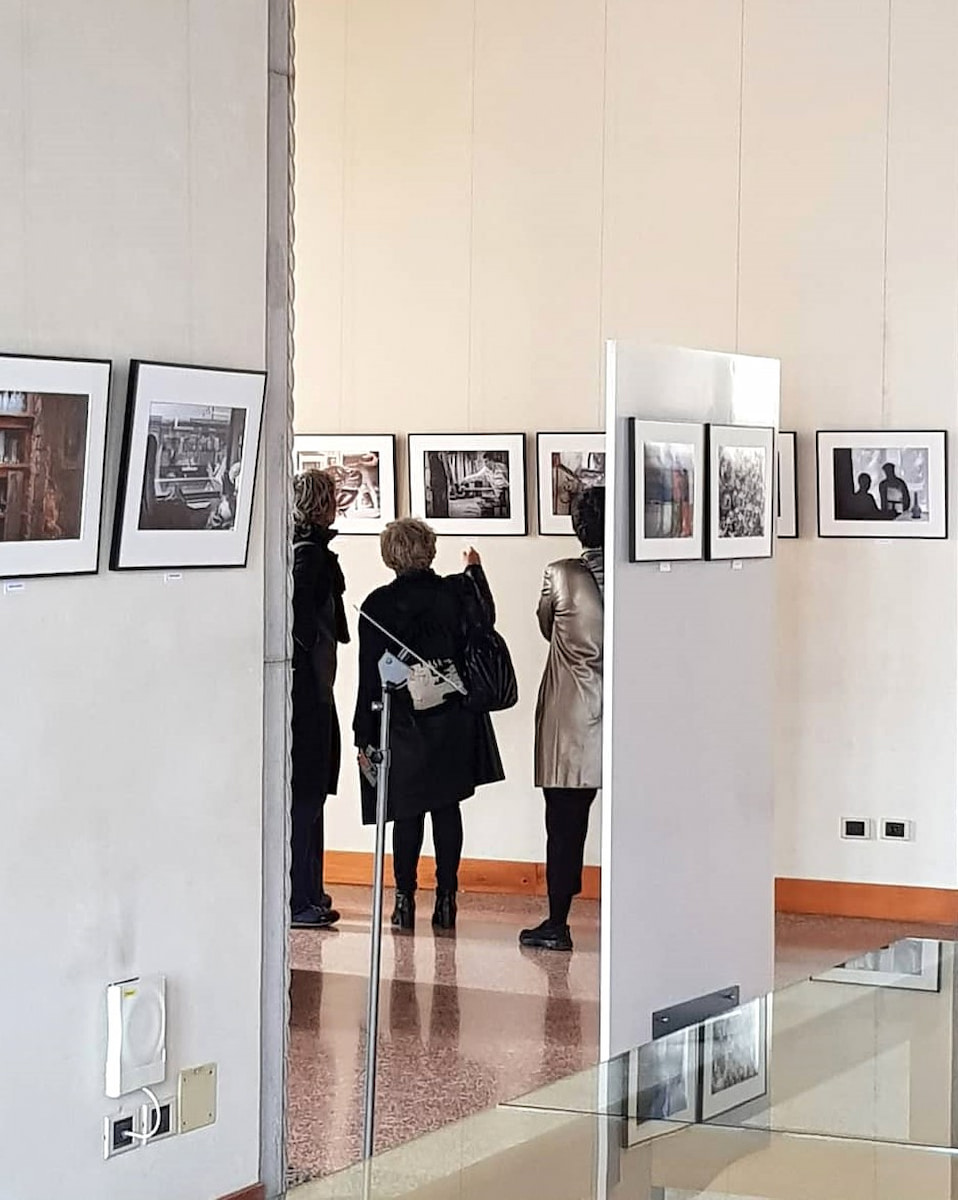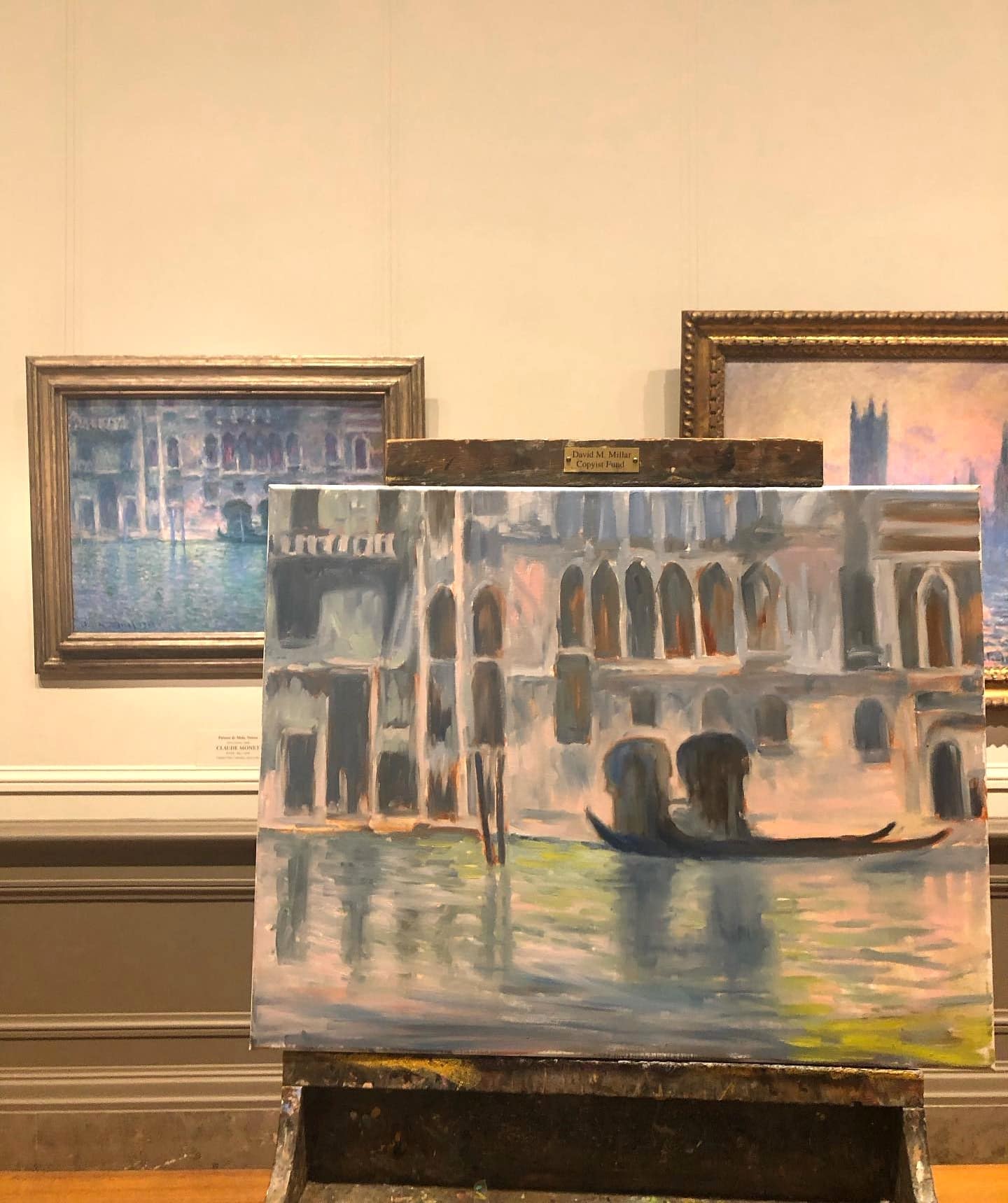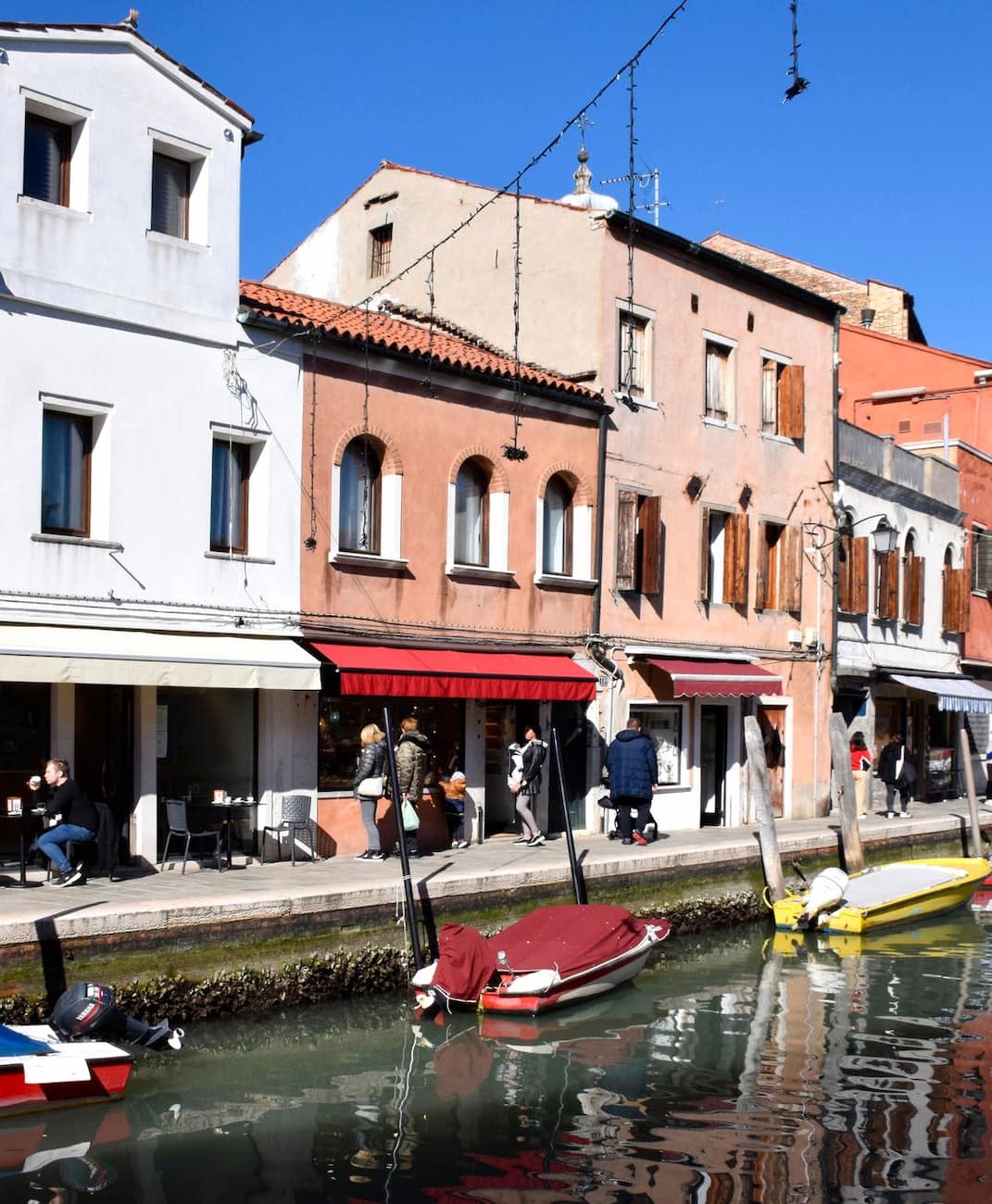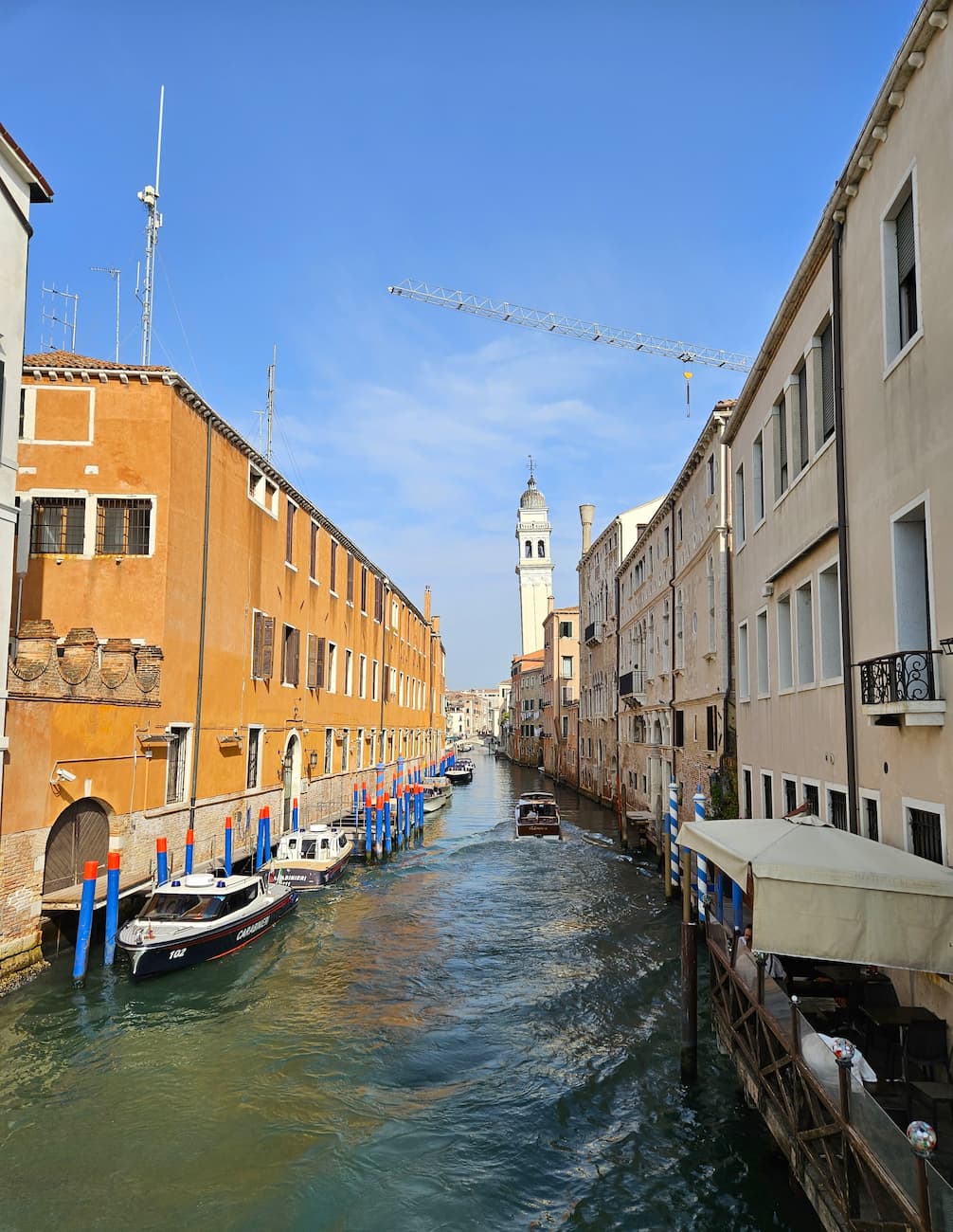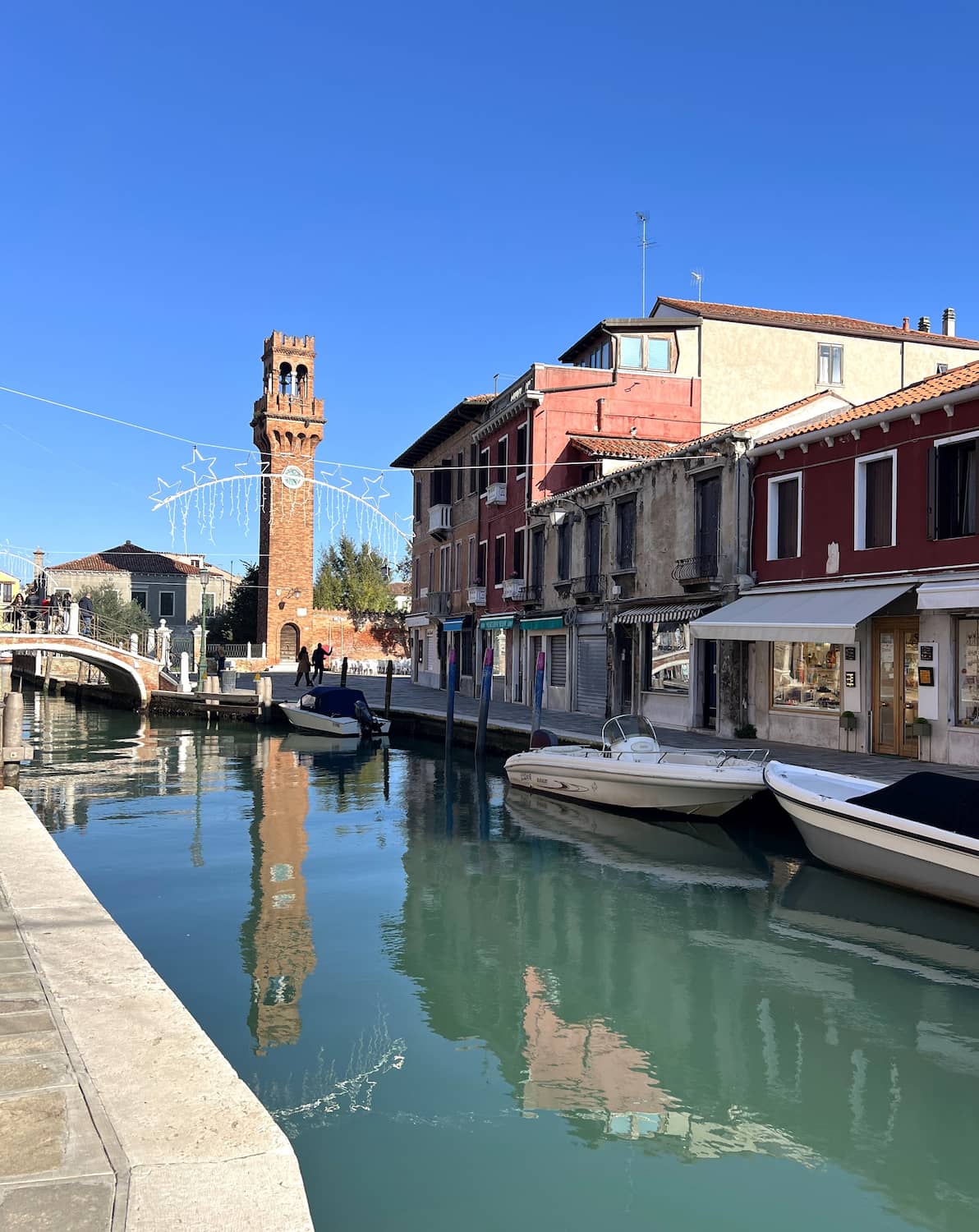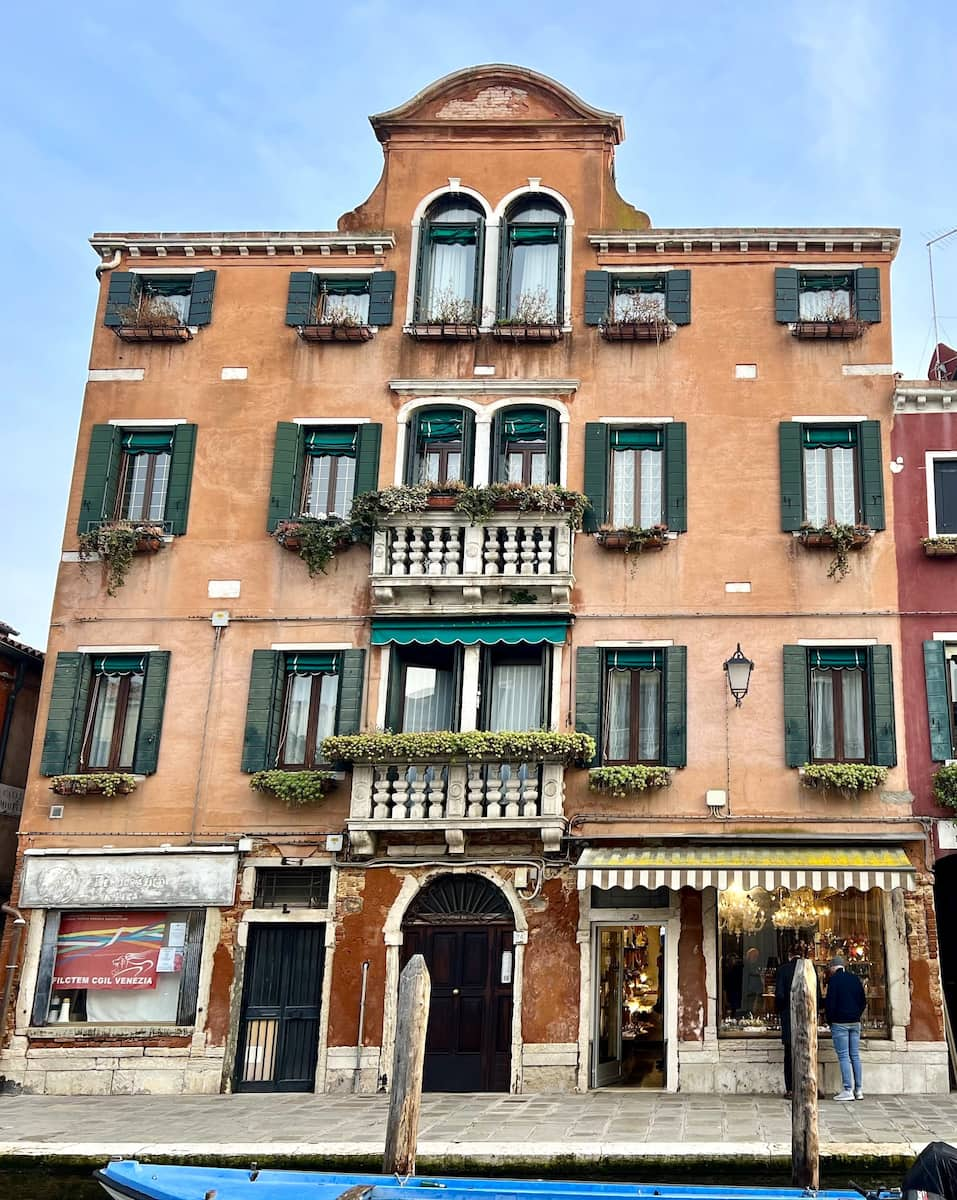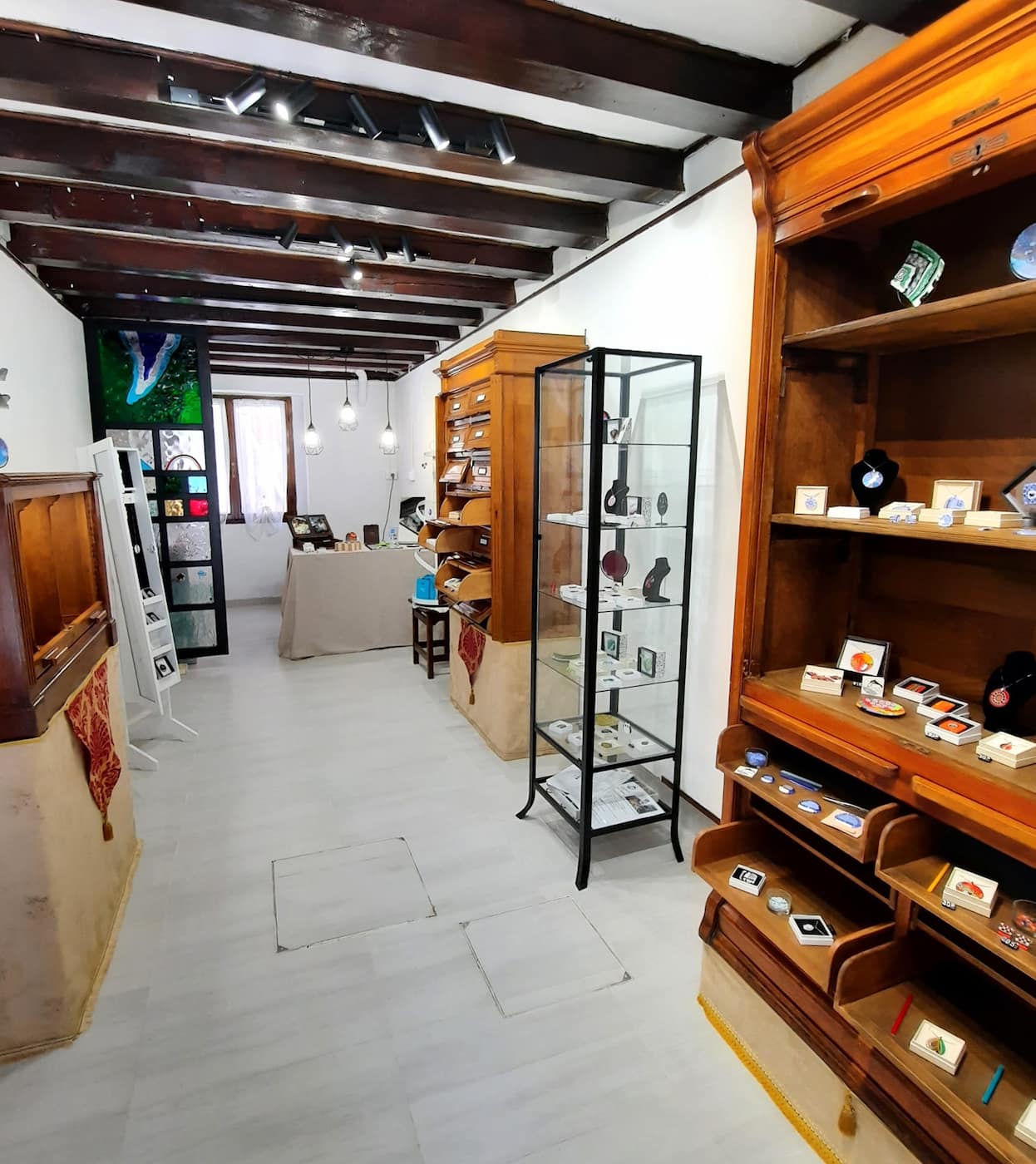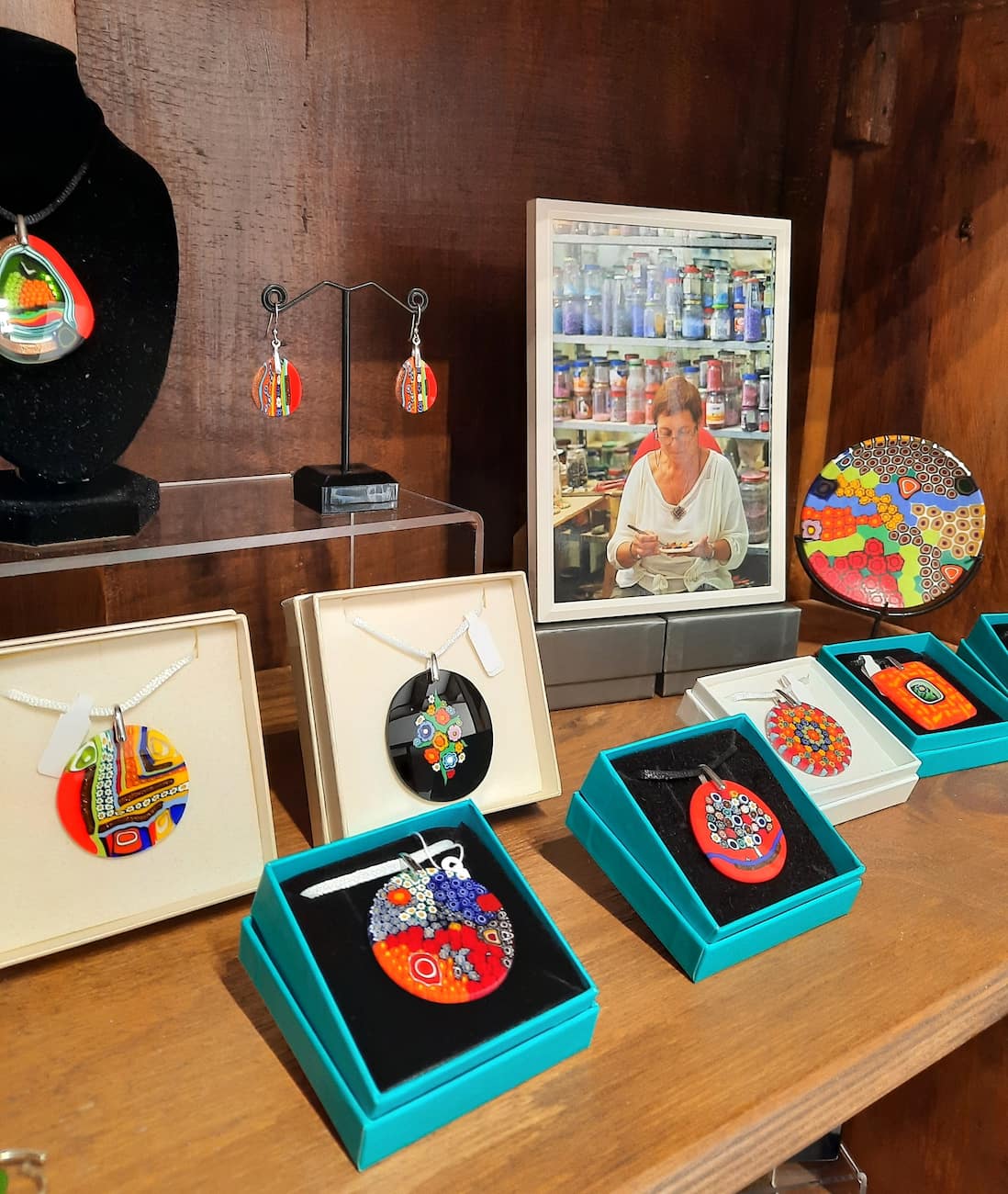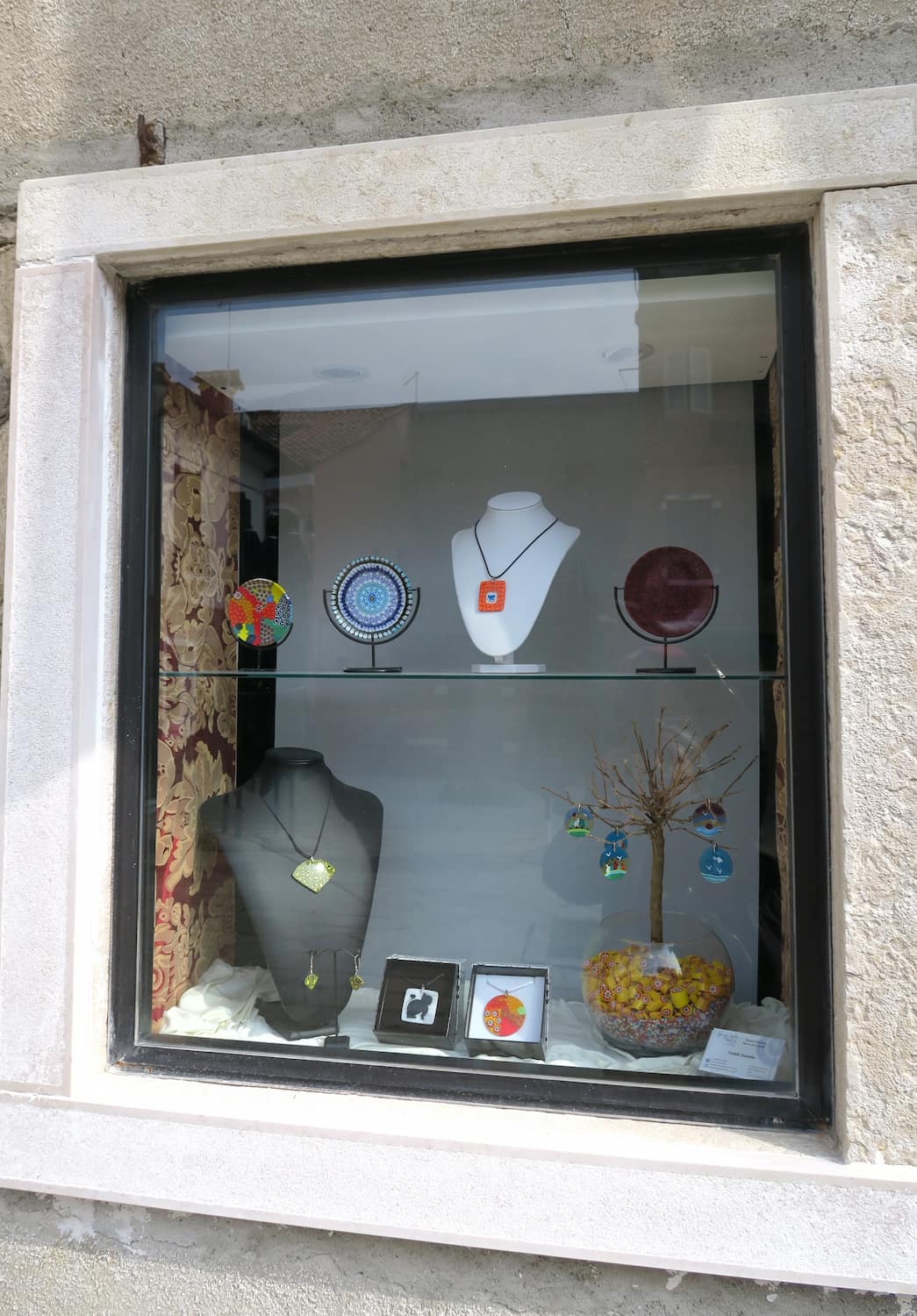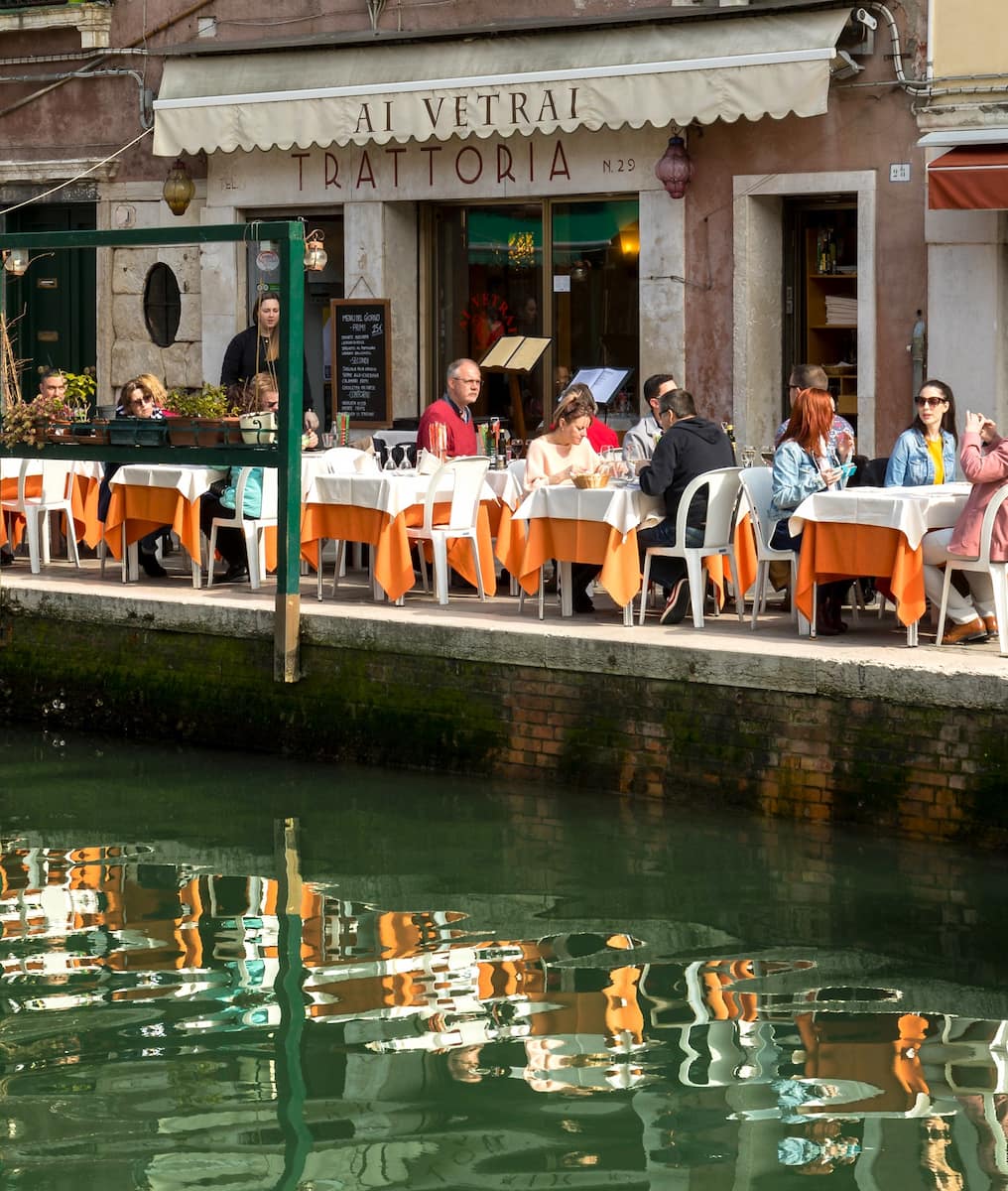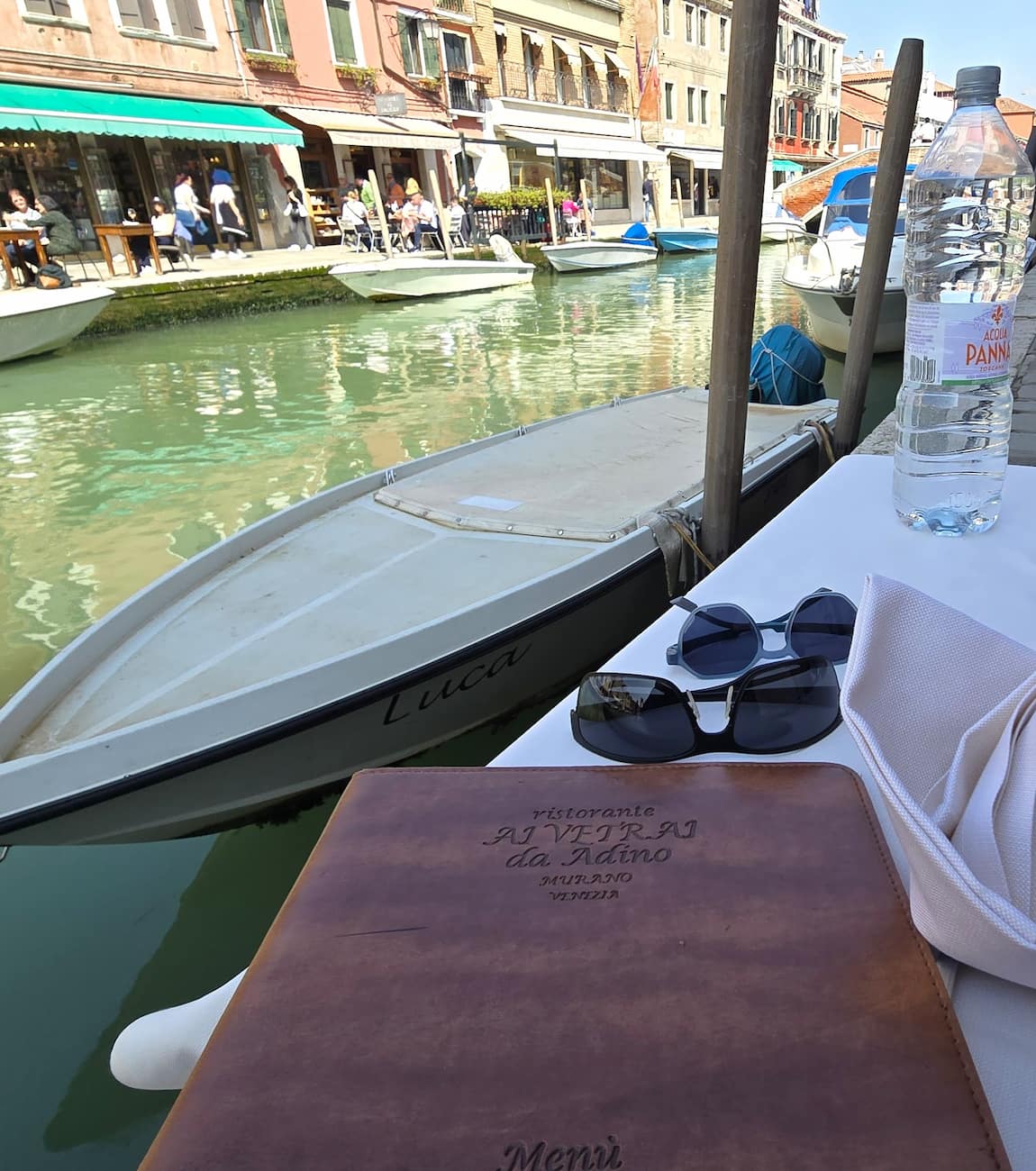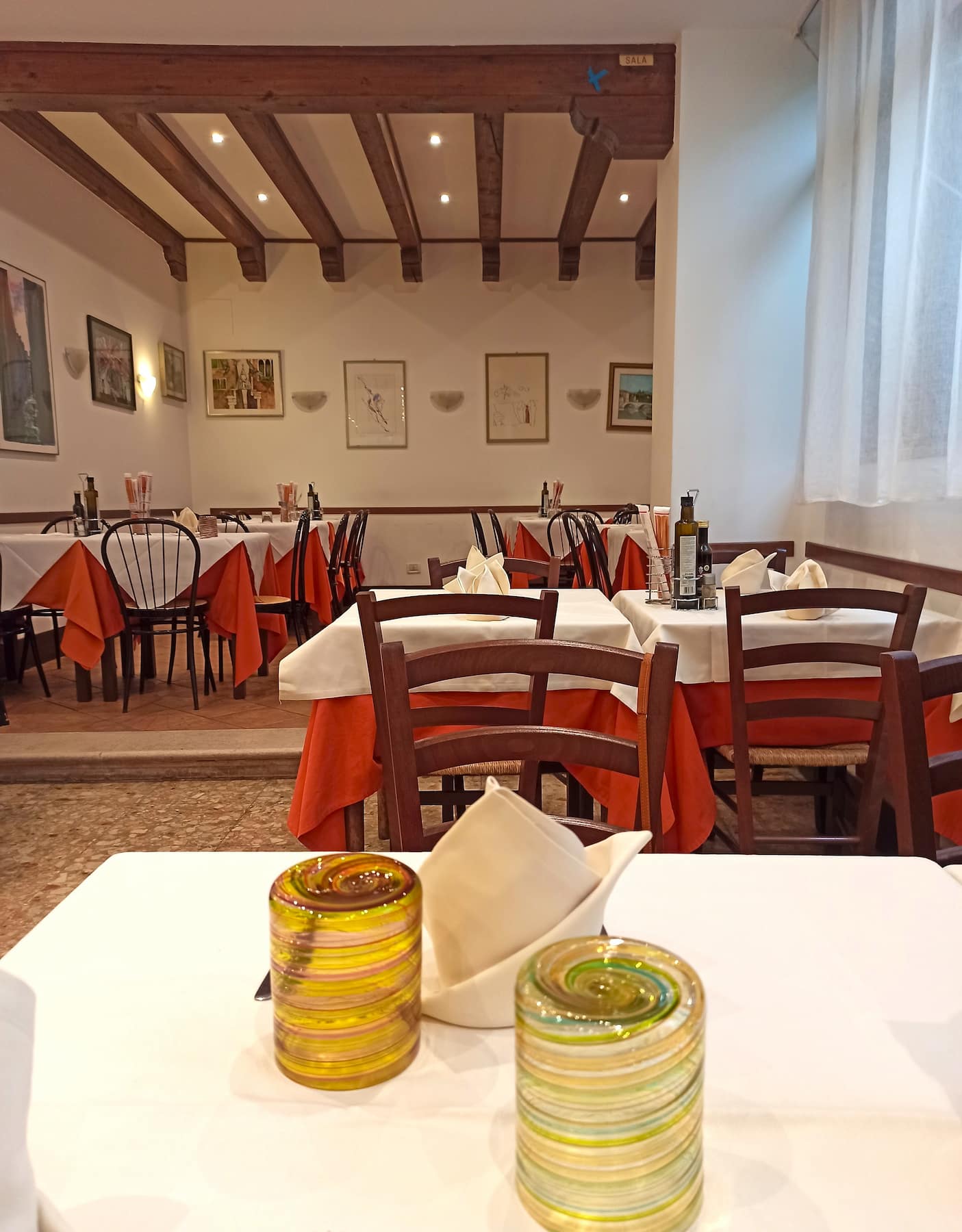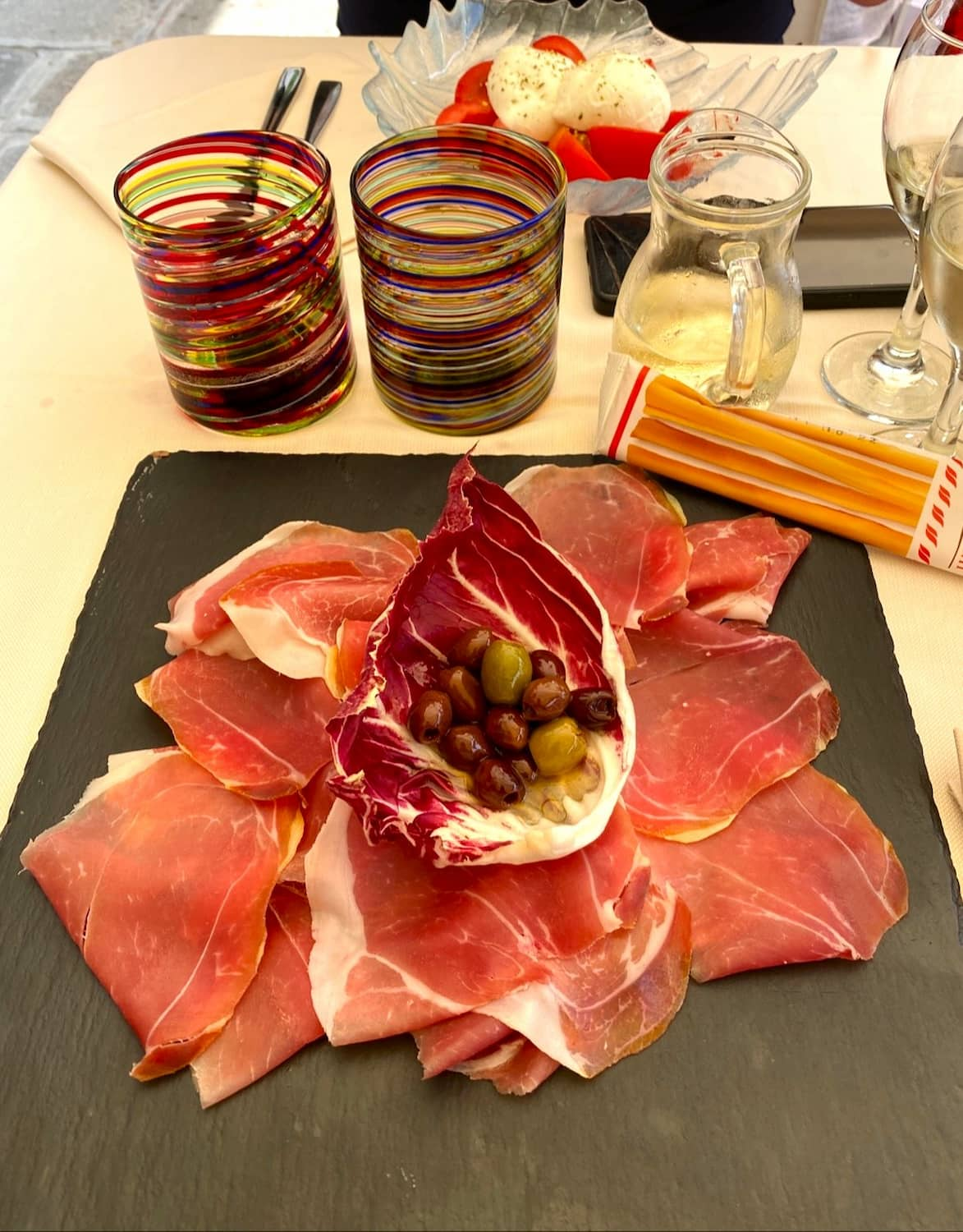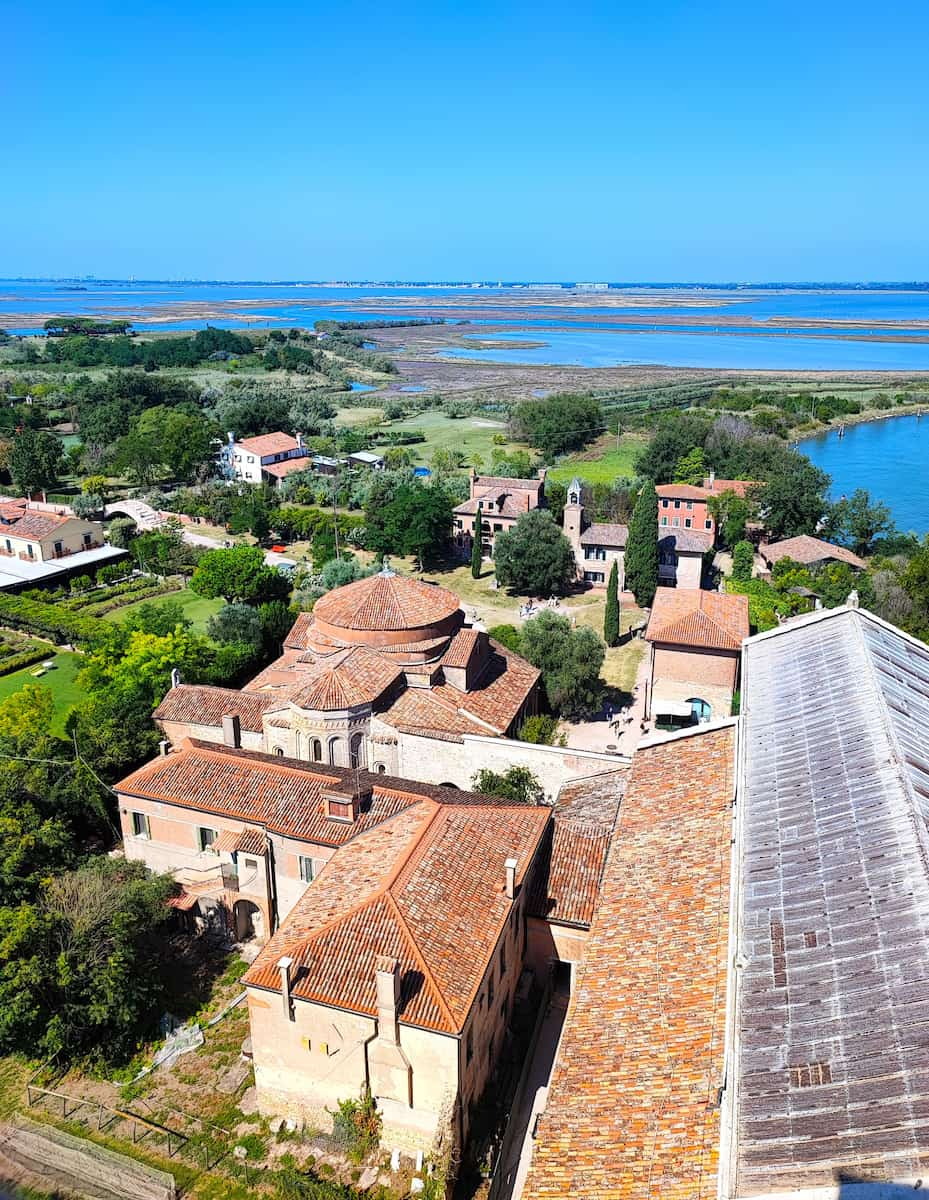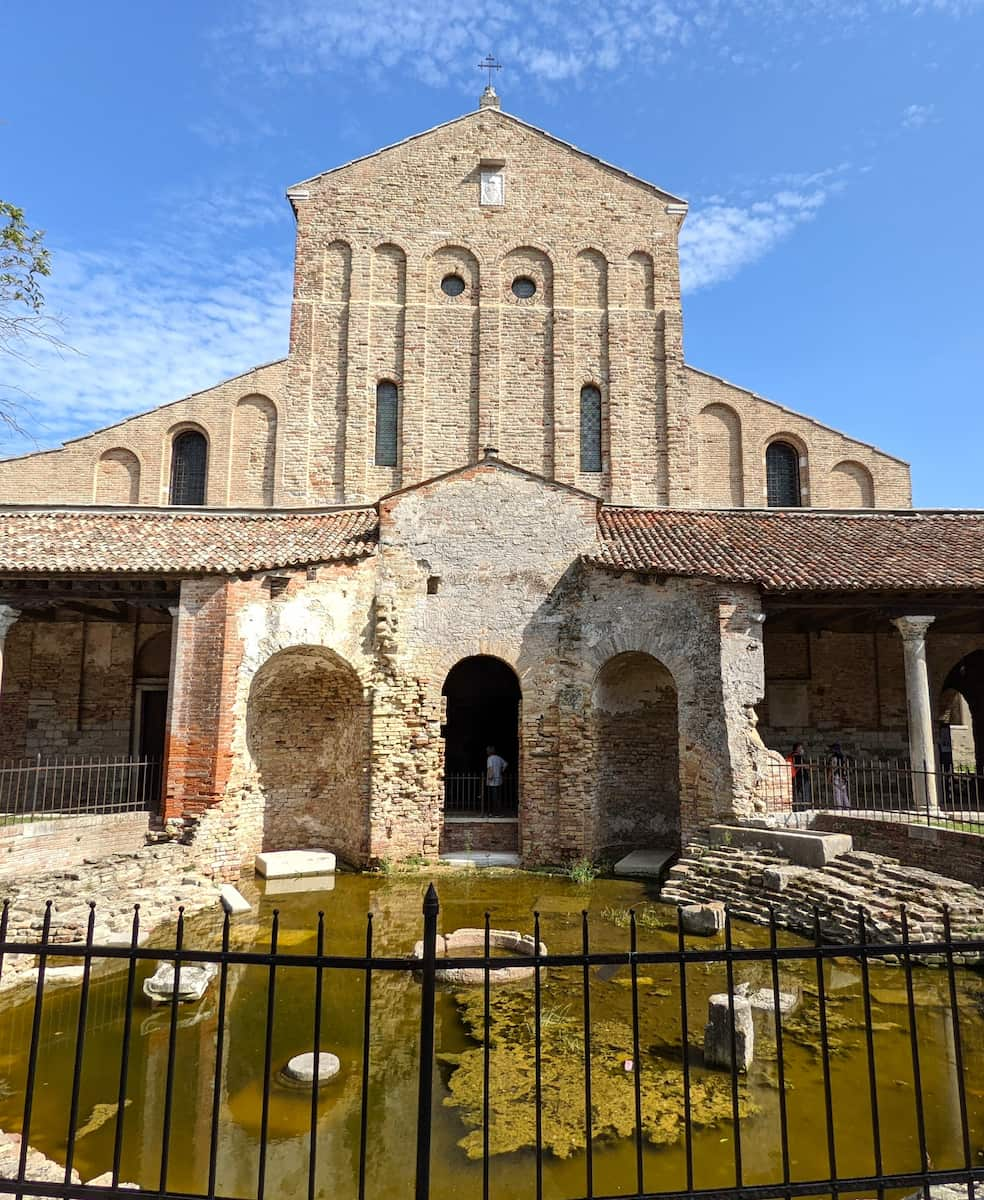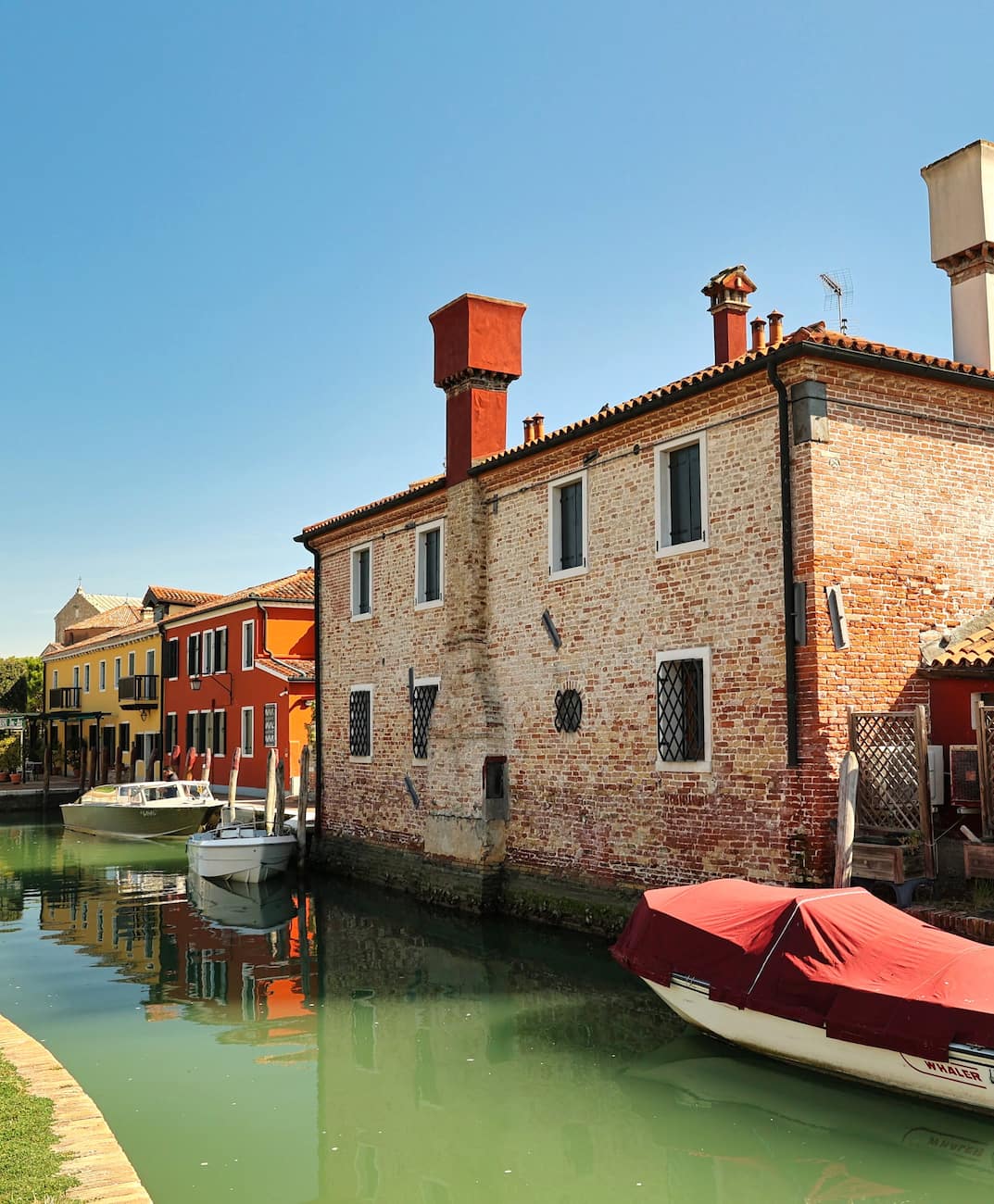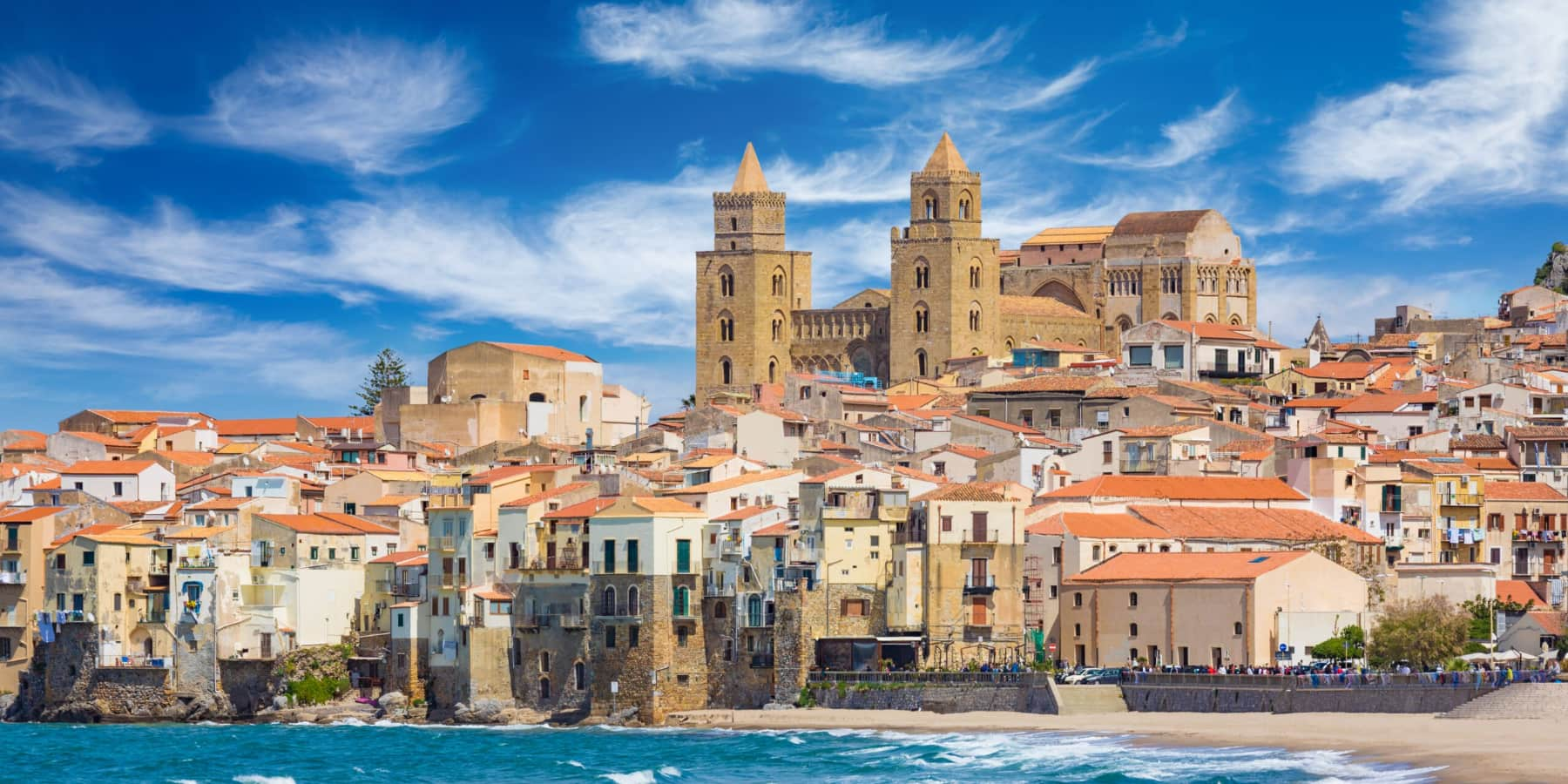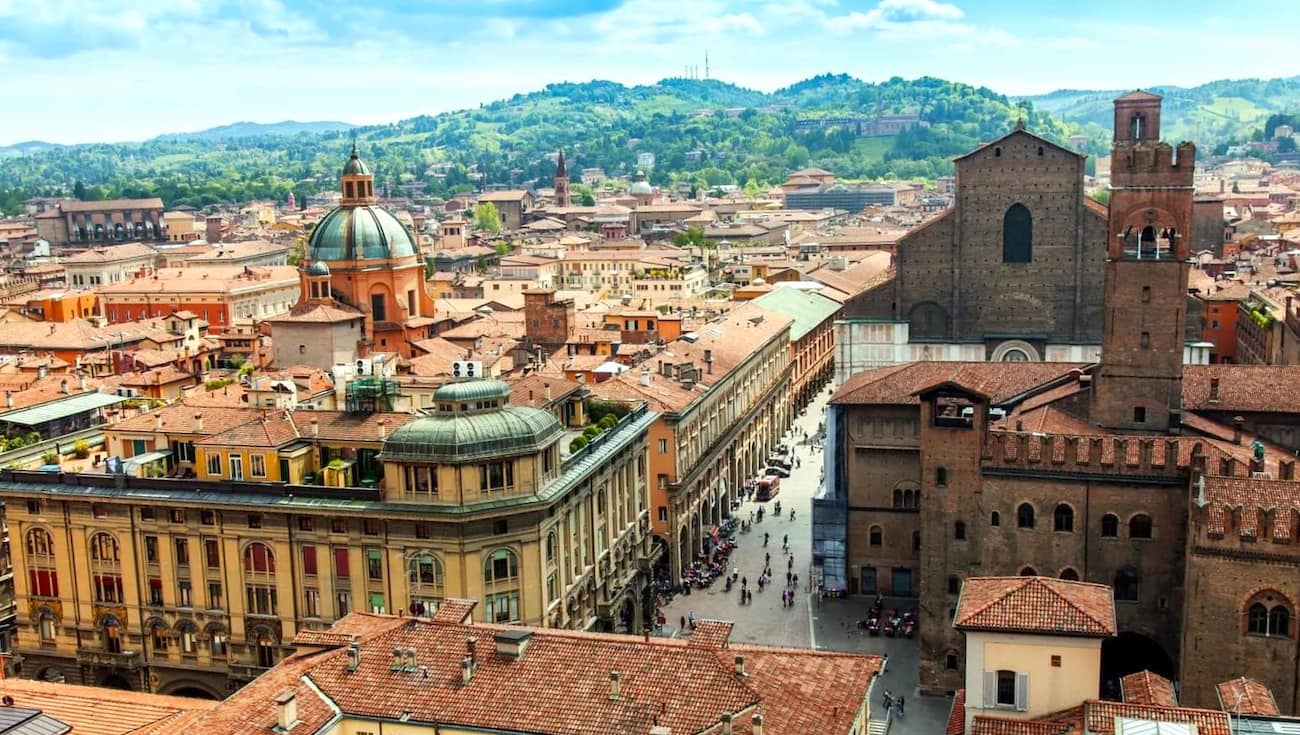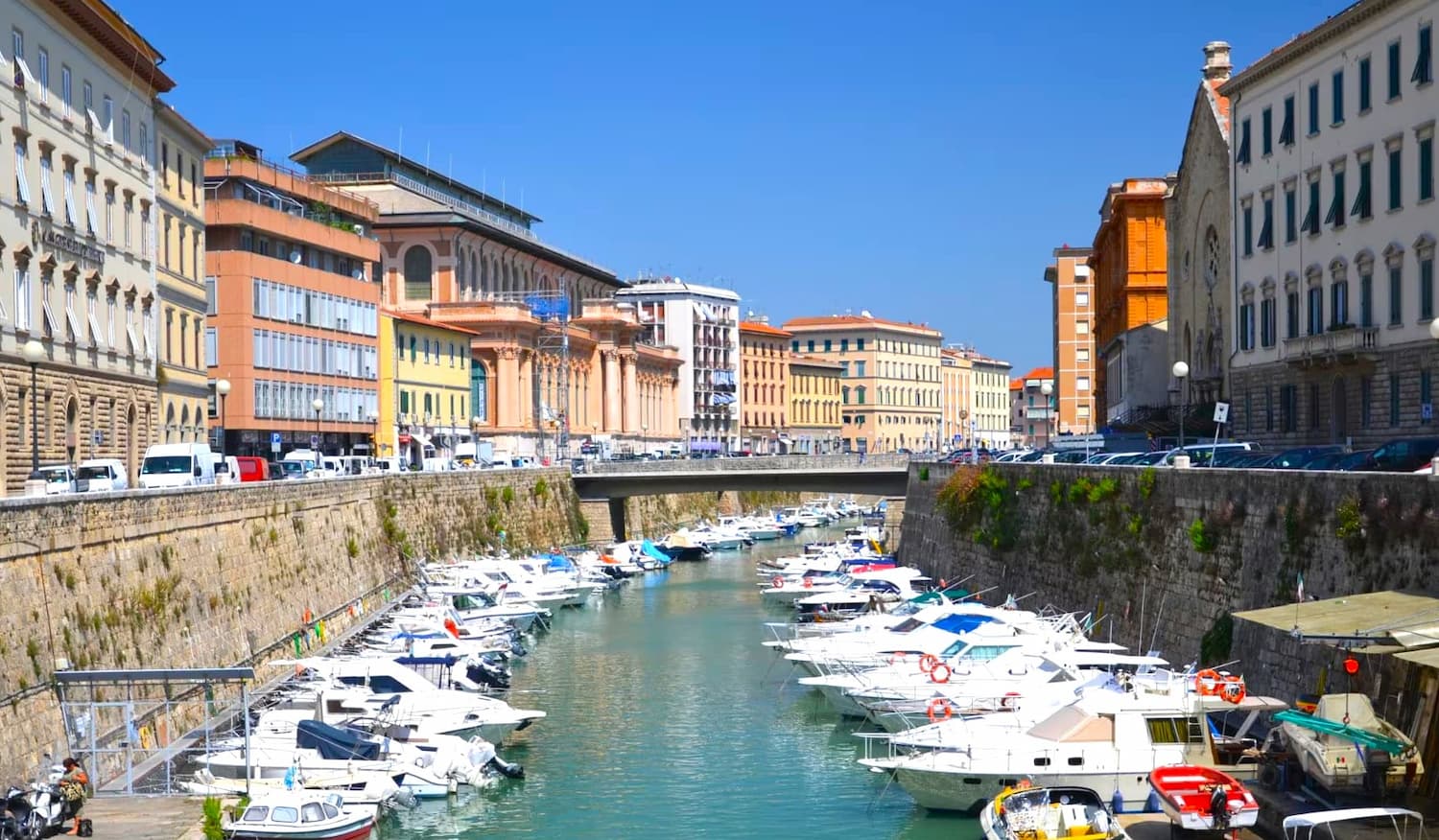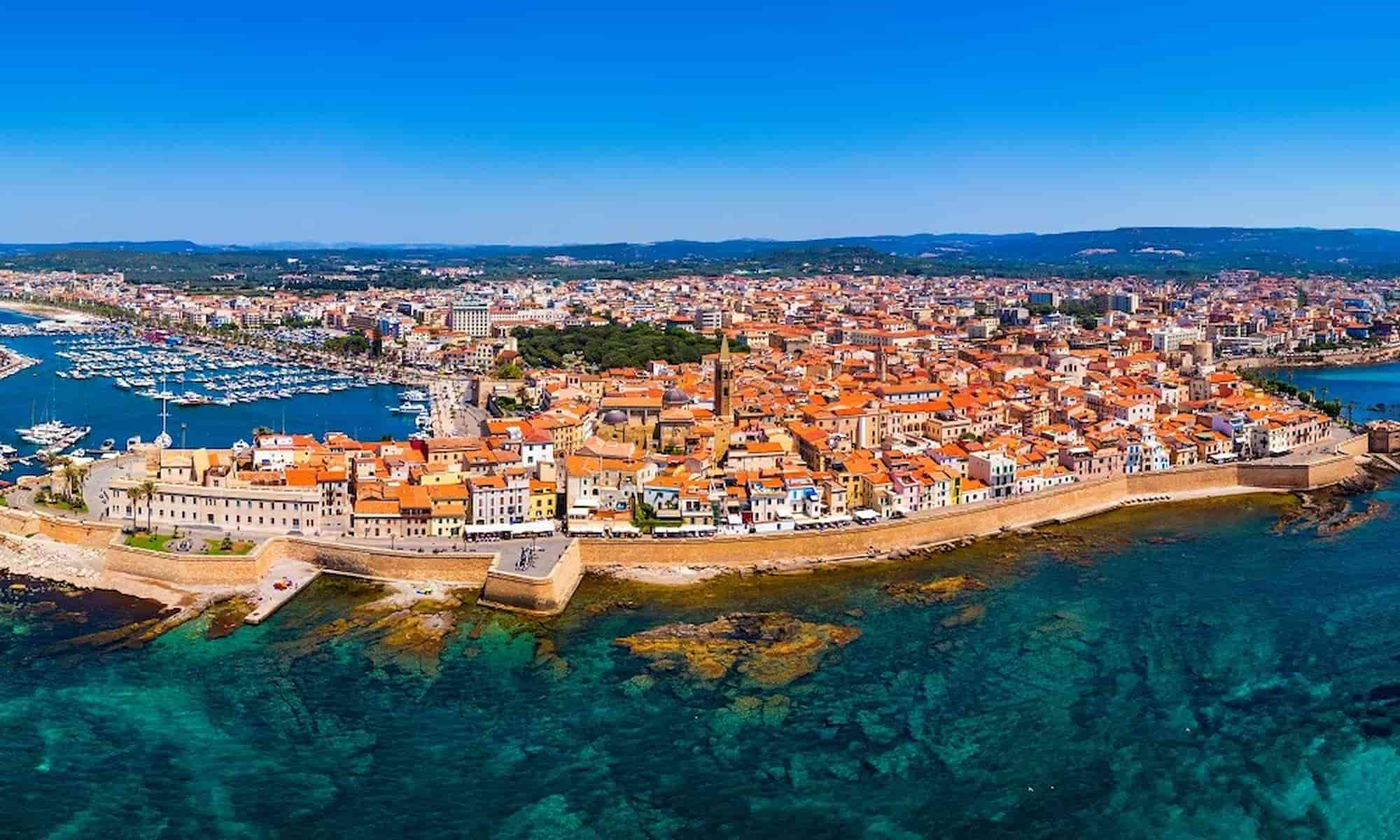Murano, a small island in the Venice lagoon, is famous for its beautiful glass. For centuries, Murano has been the center of glass making in Italy. Visitors from all over the world come to see the skilled artisans at work and to buy unique glass souvenirs. The island has a rich history, beautiful architecture, and a peaceful atmosphere that contrasts with the bustling streets of Venice.
If you’re planning a trip to Venice, a day trip to Murano is a must. This article will guide you through the best things to do on the island, from watching glass blowing demonstrations to exploring its cultural landmarks. We’ll also cover how to get to Murano from Venice and what to expect during your visit. Whether you’re interested in history, art, or simply enjoying a relaxing day out, Murano has something for everyone. Keep reading to discover all the hidden gems and experiences that make Murano a special place to visit.
🏠 Where to Stay in Murano
- 🏨 4-Star: NH Collection Murano Villa
- 🛏️ 3-Star: Casa Sulla Laguna
- 🏢 Apartment: MURANO Suites BOUTIQUE Apartments
- 💸 Cheap: The VIEW Apartment, MURANO island
- 👨👩👧👦 For Families: Beocio Home - The hidden gem in Murano’s heart
- 🏩 For Couples: MURANO Place - FILIGRANA House
💁 Best Guided Tours
- Murano, Burano and Torcello Half-Day Sightseeing Tour from €27 (⭐4.1/5)
- Murano, Burano & Torcello Islands Full-Day Tour from €30 (⭐4.3/5)
- Murano and Burano Small-Group Boat Tour From Venice from €39 (⭐4.7/5)
- Murano Glass Factory Experience-a Workshop in Venice from €35 (⭐4.4/5)
Best Things to Do in Murano, Italy
1. Glass Museum (Museo del Vetro)
Location. The Murano Glass Museum sits in the stunning Palazzo Giustinian, just a short vaporetto ride from Venice. I reached it easily from Fondamenta Nove in about 20 minutes, stepping off at the aptly named “Murano Museo” stop.
History. Walking through the museum’s halls, I was transported back to the 13th century when Venetian authorities moved glassmakers to Murano to prevent fires in the main city. This decision transformed the island into a glassblowing epicenter that still thrives today.
Collections. The chronological exhibits showcase everything from ancient Roman pieces to contemporary glass art. My favorite section featured intricate chandeliers that demonstrated the island’s unparalleled craftsmanship through the centuries.
Opening hours and prices. The museum maintains seasonal hours with different pricing tiers.
| Season | Hours | Standard Price | Reduced Price |
|---|---|---|---|
| Apr-Oct | 10:00-18:00 | €10.00 | €7.50 |
| Nov-Mar | 10:00-17:00 | €10.00 | €7.50 |
⭐ Best Activities
- Tour: Boat Excursion to Murano, Burano, and Torcello – Enjoy a scenic boat tour exploring the islands of Murano, Burano, and Torcello in the Venice lagoon.
- Ticket: Murano Glass Museum Entry Ticket – Discover ancient and modern glass works at the Murano Glass Museum, located in a stunning Gothic-style palace.
2. Basilica of Santa Maria e San Donato
Architecture. This 7th-century church immediately captivated me with its warm Istrian stone and brick exterior. The Ravenna-style facade and Romanesque bell tower create a striking contrast against Murano’s waterways.
Byzantine mosaics. Walking across the richly colored 12th-century mosaic floor felt like stepping through history. The intricate patterns feature peacocks, eagles, and floral motifs similar to those in St. Mark’s Basilica but with their own unique character.
Dragon legend. Behind the altar, I discovered what locals claim are the bones of a dragon slain by Saint Donatus himself! Whether true or not, these massive relics add a fascinating mythical element to this sacred space.
Apse highlight. The church’s crowning glory is its stunning gold-ground mosaic of the Madonna. Unlike Torcello’s Madonna and Child, this Virgin Mary stands alone in royal blue attire with arms outstretched in prayer against a brilliant gold background.
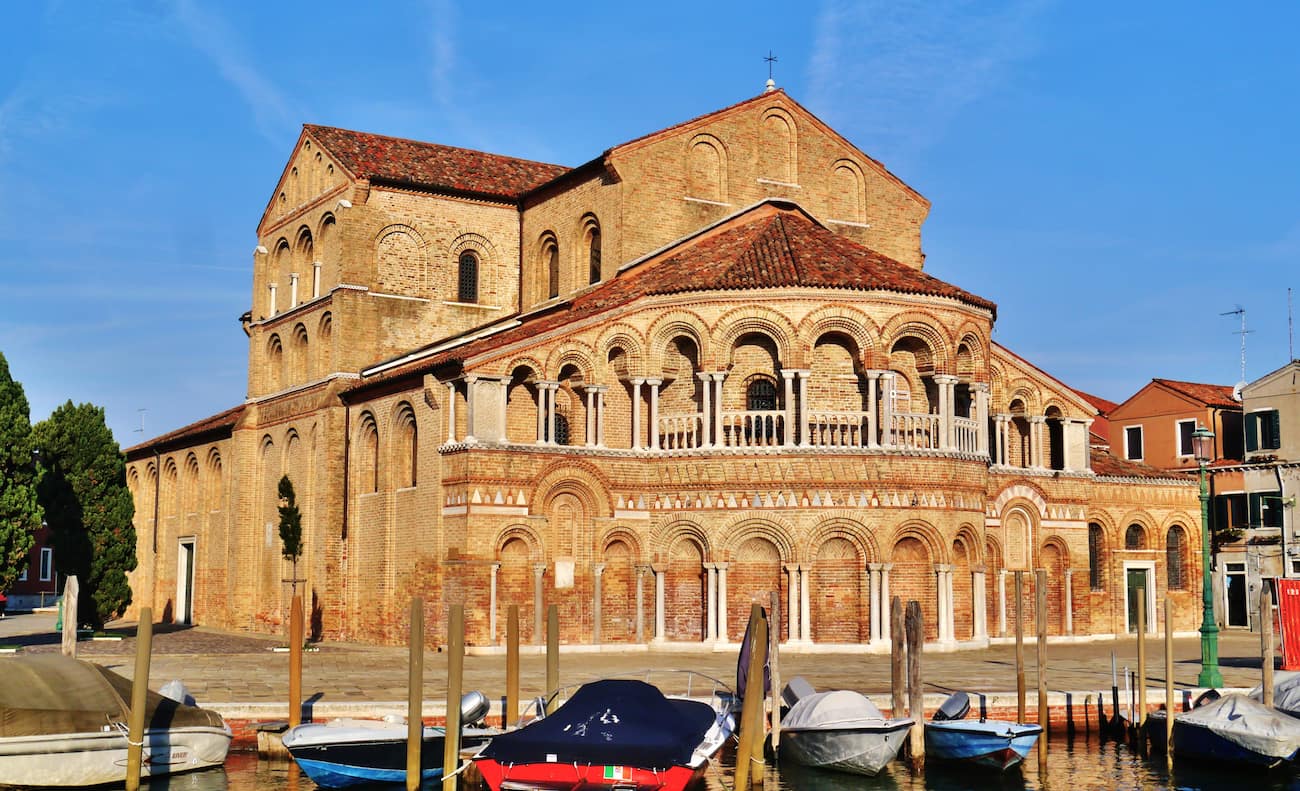
Visitor information. The basilica welcomes visitors daily with modest entrance fees.
| Day | Hours | Full Price | Reduced Price |
|---|---|---|---|
| Mon-Sat | 9:00-17:00 | €3.00 | €1.50 |
| Sunday | 12:00-15:30 | €3.00 | €1.50 |
3. Former Church Santa Chiara
Transformation. The Former Church Santa Chiara stands as a perfect example of Murano’s evolution. I was amazed to discover this 13th-century church now houses one of the island’s most renowned glass factories, blending sacred history with artistic production.
Glass demonstrations. Inside, I watched master glassblowers transform molten glass into delicate sculptures. The furnace’s intense heat contrasted with the cool stone walls of this repurposed religious space, creating a uniquely Murano experience.
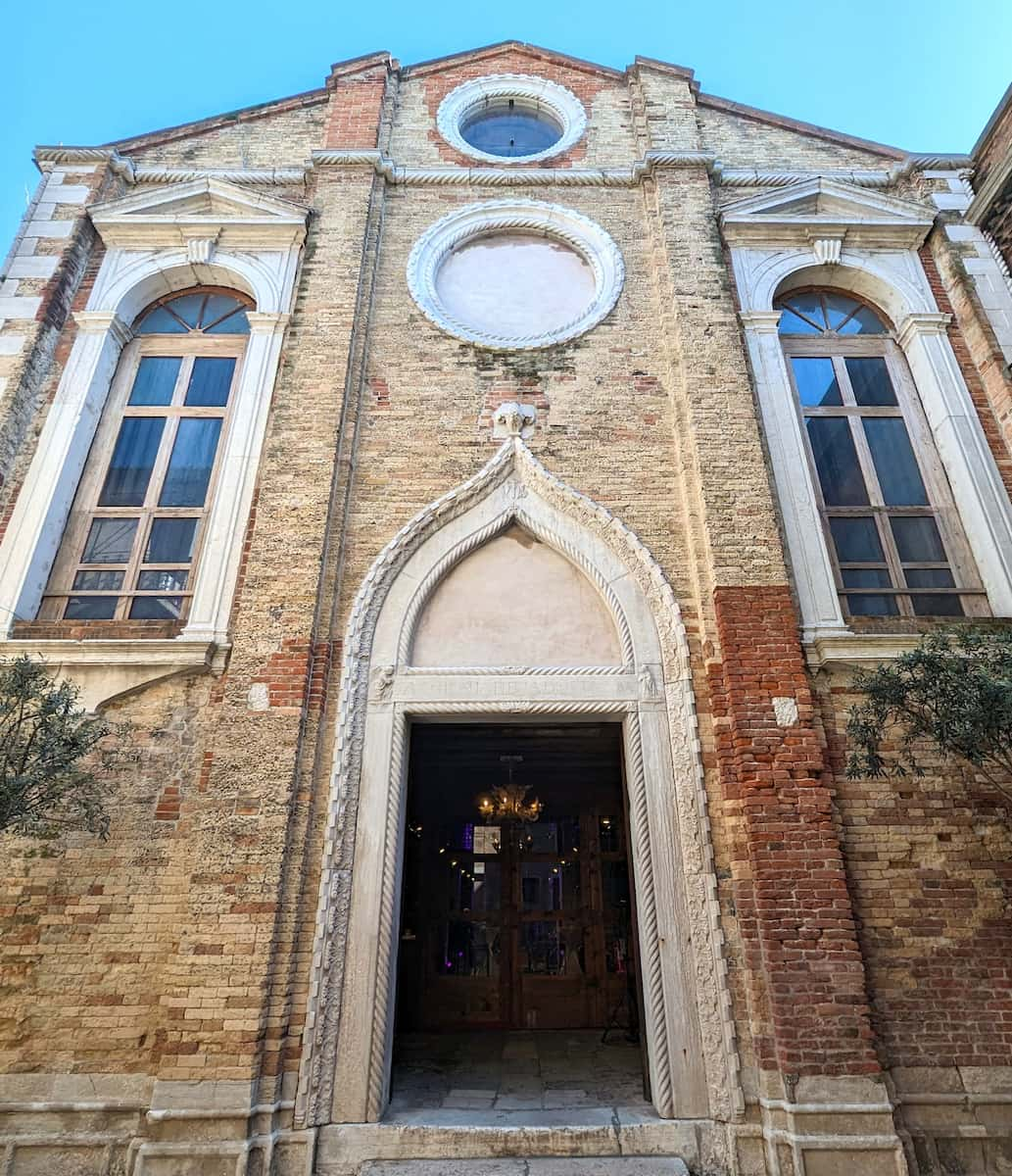
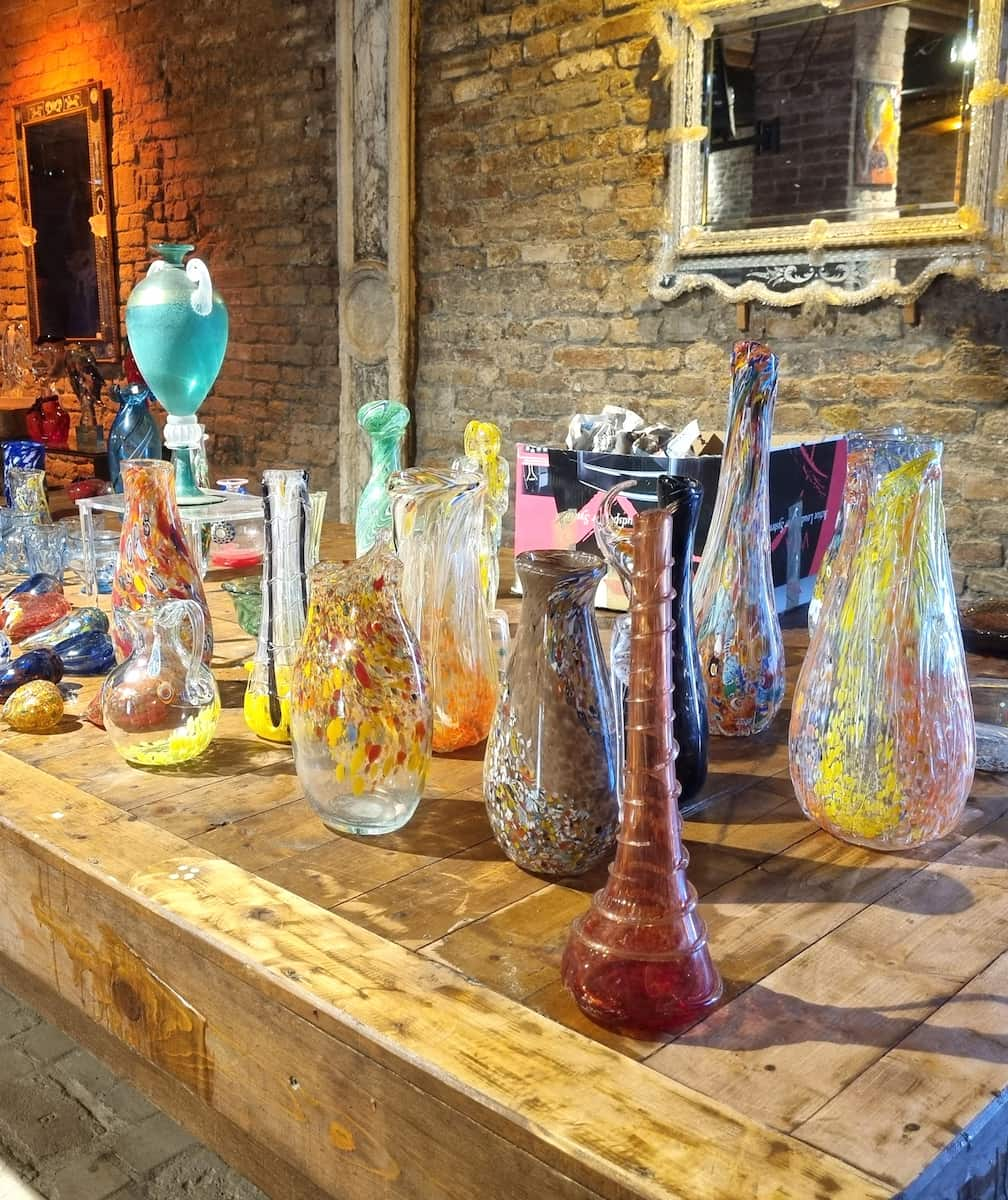
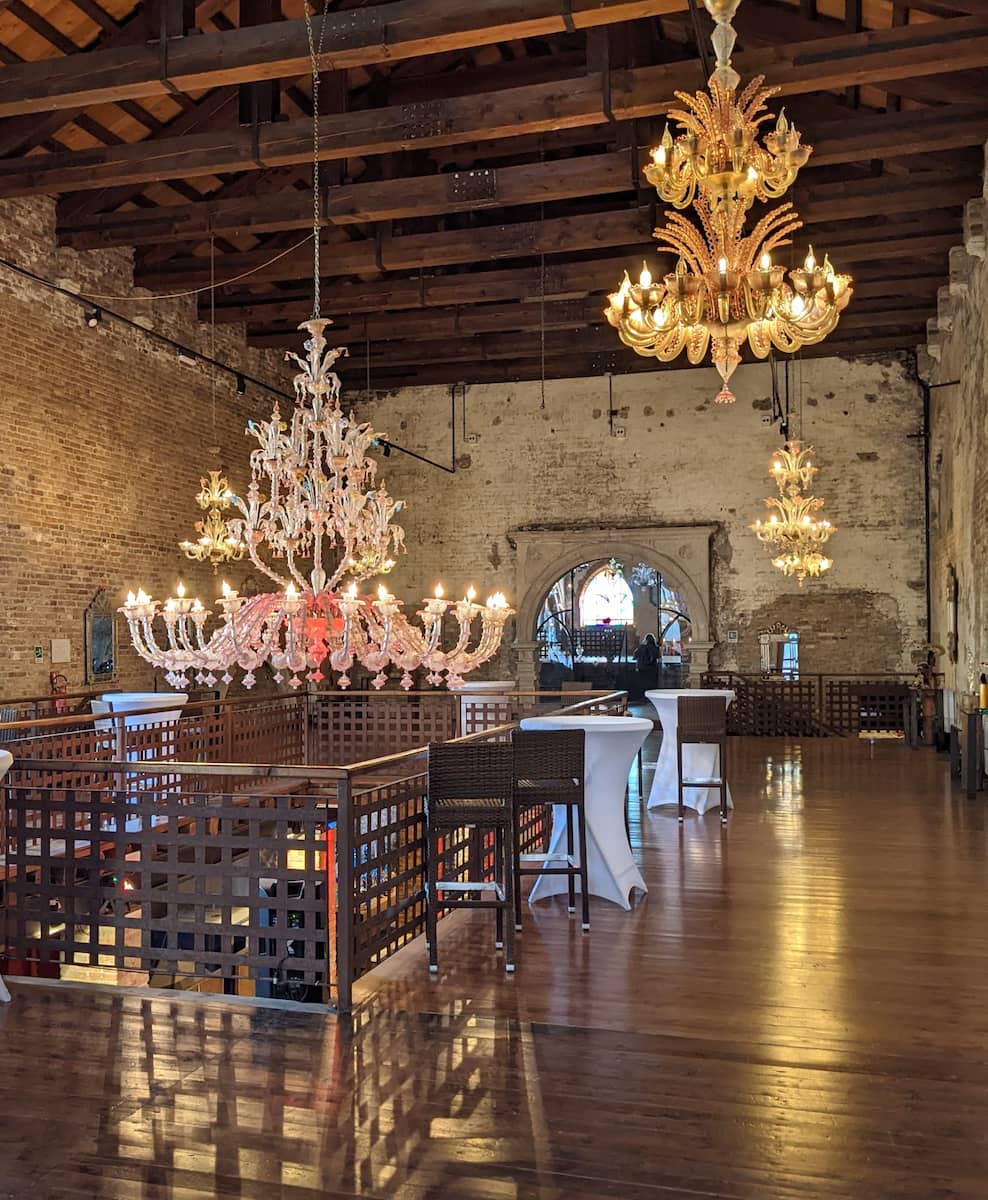
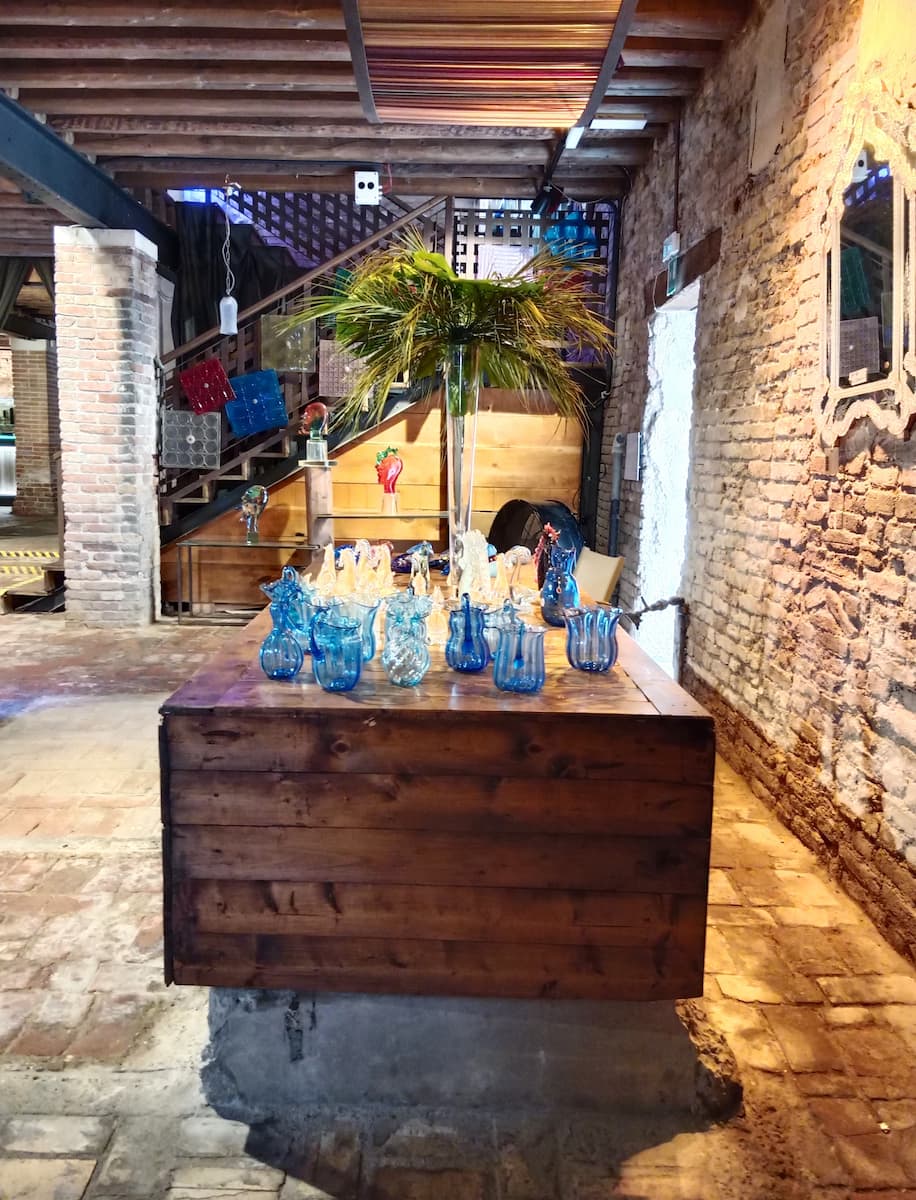
Historical significance. What makes this location special is how it represents Murano’s glass-making heritage. The church-turned-workshop has been producing glass since the 1800s, continuing traditions that have defined the island for centuries.
Accessibility. Unlike some factories that require tour bookings, Santa Chiara welcomes walk-in visitors. I simply entered and found myself immediately immersed in the mesmerizing glass-making process.
Visiting details. The demonstrations run throughout the day with no entrance fee, though purchasing a piece of authentic Murano glass is highly appreciated.
| Season | Hours | Demonstration Times | Entry Fee |
|---|---|---|---|
| Year-round | 9:30-17:30 | Hourly from 10:00 | Free |
⭐ Best Activities
-
Murano Glass Blowing Demonstration – Watch master glassblowers create stunning pieces using traditional techniques during this fascinating demonstration on Murano island.
4. Torre dell’Orologio (Clock Tower)
Landmark. The Clock Tower stands as Murano’s most recognizable landmark after its glass furnaces. I spotted its distinctive silhouette from across the Grand Canal, serving as an orientation point throughout my island exploration.
Photography spot. From Campo Santo Stefano, I captured perfect photos of the tower reflected in the canal waters. The best angles come from the small bridge connecting the campo to the neighboring island section.
Historical timepiece. Built in the 19th century, this tower represents a more recent addition to Murano’s architectural landscape. Its clock faces still function, helping locals and visitors alike keep track of time as they explore the island.
Local tip. Visit during different times of day to see how changing light transforms the tower’s appearance. The surrounding campo becomes particularly lively in late afternoon when locals gather for their passeggiata.
5. Campo Santo Stefano
Central location. Campo Santo Stefano serves as the heart of Murano, a vibrant square where locals and visitors naturally converge. I found this spacious plaza to be the perfect spot to take a break from exploring the island’s glass attractions.
Comet Glass Star. The most eye-catching feature is the stunning blue Comet Glass Star sculpture created by master glassmaker Simone Cenedese. This glossy blue masterpiece perfectly symbolizes Murano’s glass heritage and can be spotted from quite a distance across the island.
Historic surroundings. The square is home to the 19th-century Murano Clock Tower, which stands as a distinctive landmark. Nearby, you’ll find the Church of Saint Peter Martyr (San Pietro Martire), a Roman Catholic parish church worth exploring for its artistic treasures.
Relaxation spot. Several cafés and restaurants line the square, making it an ideal place to enjoy a coffee while people-watching. I spent a pleasant afternoon here, soaking in the atmosphere and watching artisans and tourists mingle in this central hub.
Shopping opportunities. The area surrounding Campo Santo Stefano features numerous glass shops displaying everything from large artistic masterpieces to small, portable souvenirs. It’s the perfect starting point for exploring Murano’s famous glass boutiques.
Glass-Making Experiences
1. Gino Mazzuccato Glass Factory
Location and History. Situated near the Murano Colonna water bus stop, Gino Mazzuccato Glass Factory is nestled in a former monastery with a stunning view of the lagoon. Founded in 1958, this factory continues the rich tradition of Murano glassmaking.
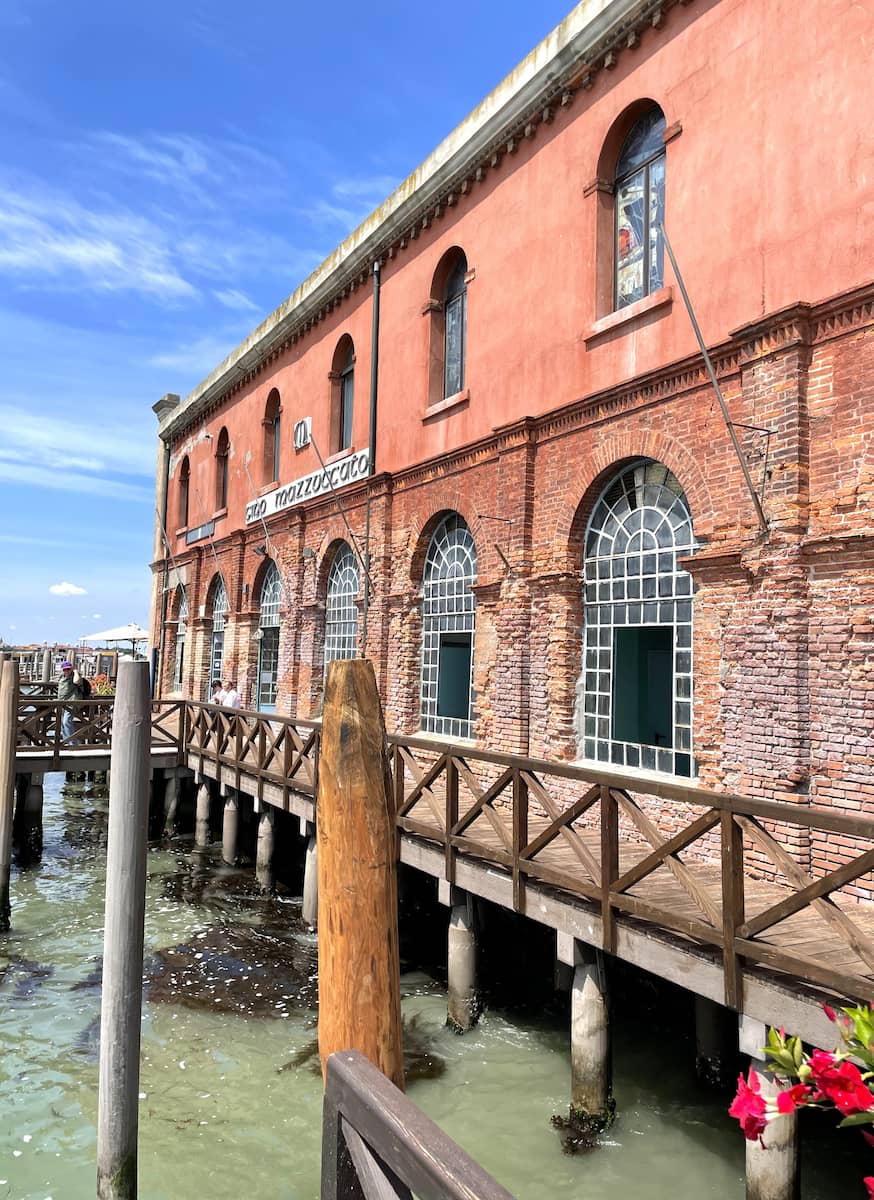
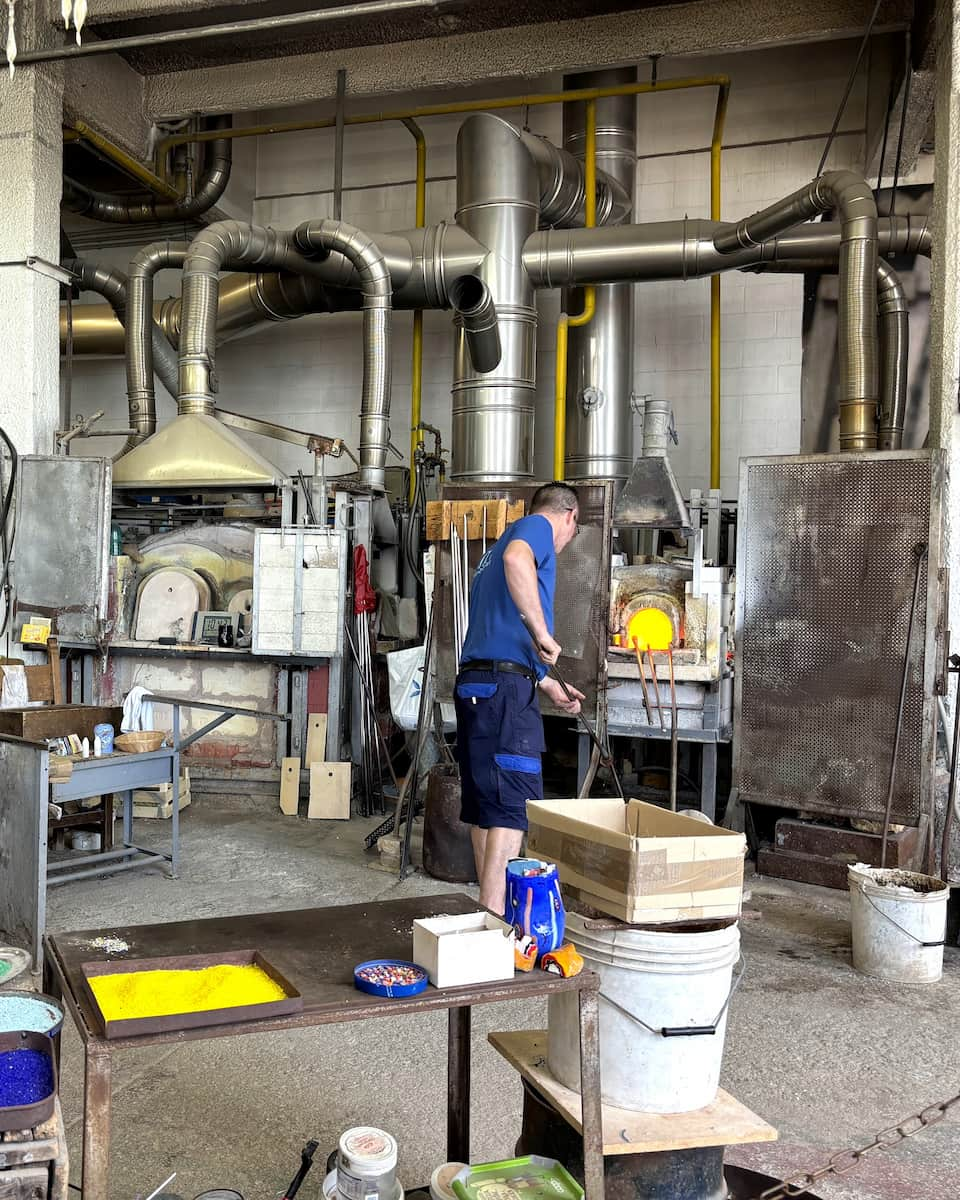
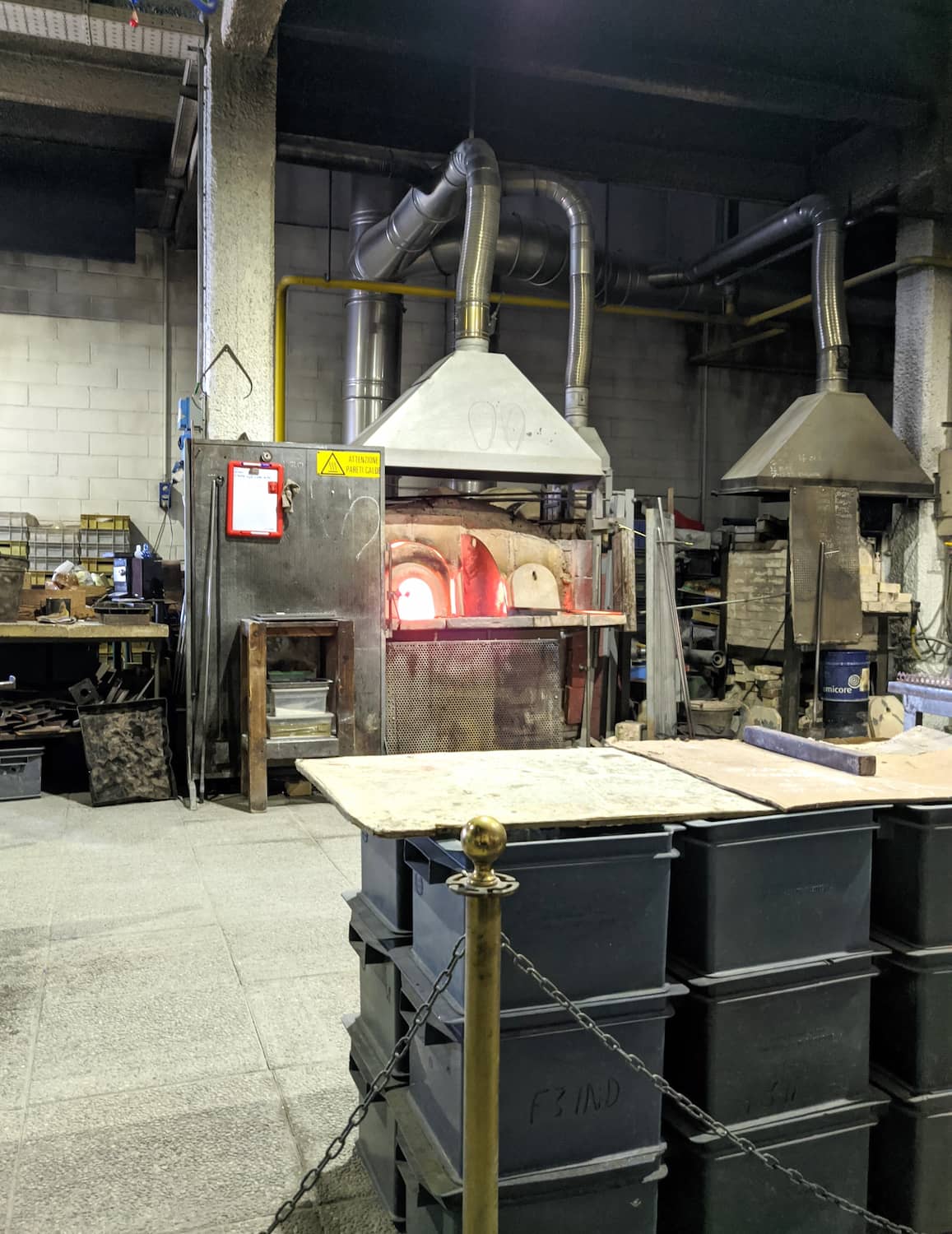
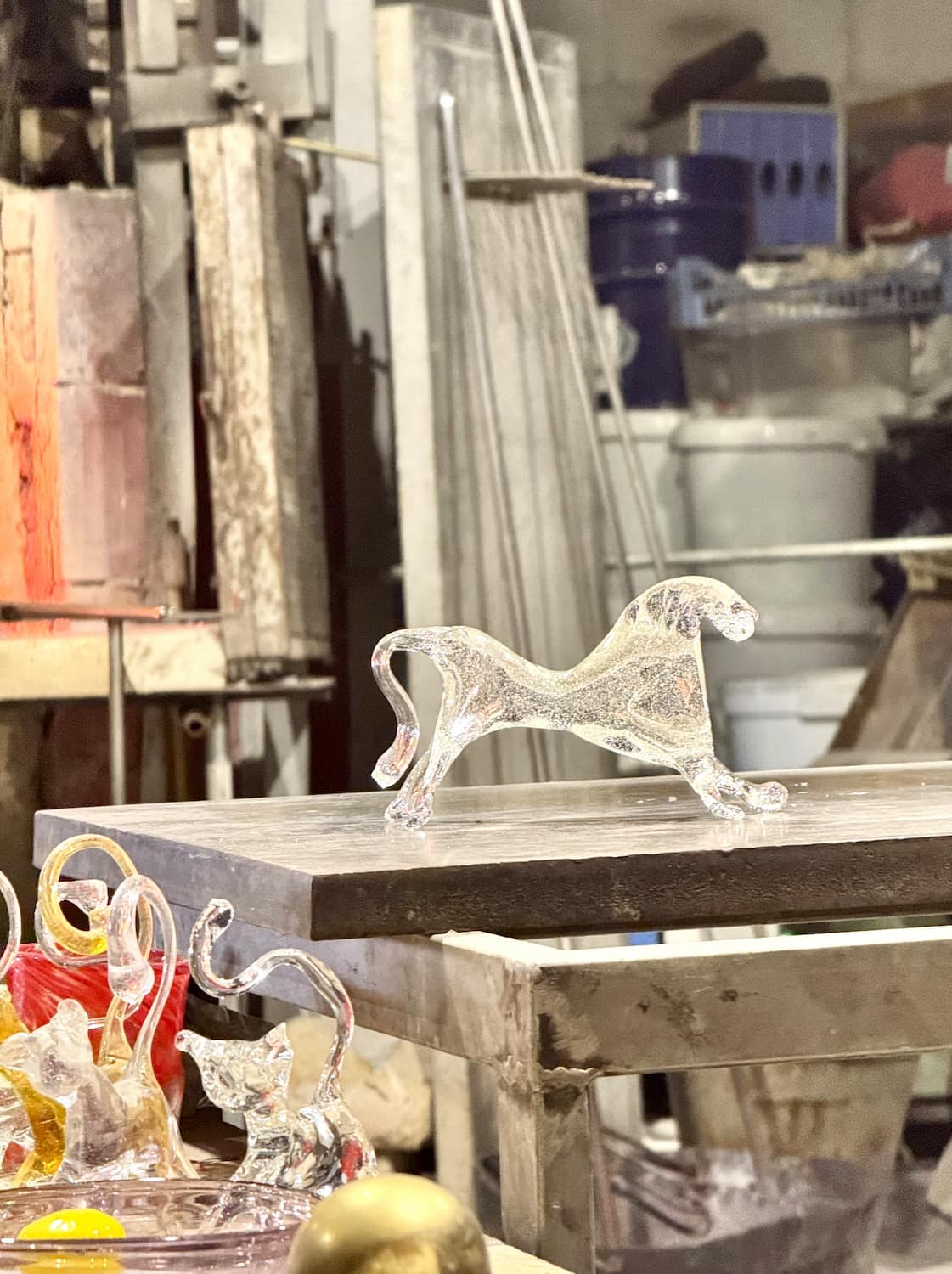
Glass Demonstrations. Upon arrival, I witnessed a captivating 20-minute glassblowing demonstration showcasing both blowing and sculpture techniques. A team member explained each step, making the process accessible and engaging. The demonstration was followed by a visit to the showroom, where exquisite glass artworks crafted by local masters were on display.
Hands-on Experience. For those eager to try their hand, Gino Mazzuccato offers a glassblowing experience where you can create your own glass piece under the guidance of a skilled glass master. This interactive session allows you to appreciate the complexity and beauty of Murano glassmaking firsthand.
Complimentary Gift. As a memento, visitors receive a complimentary, handmade glass piece certified by the factory.
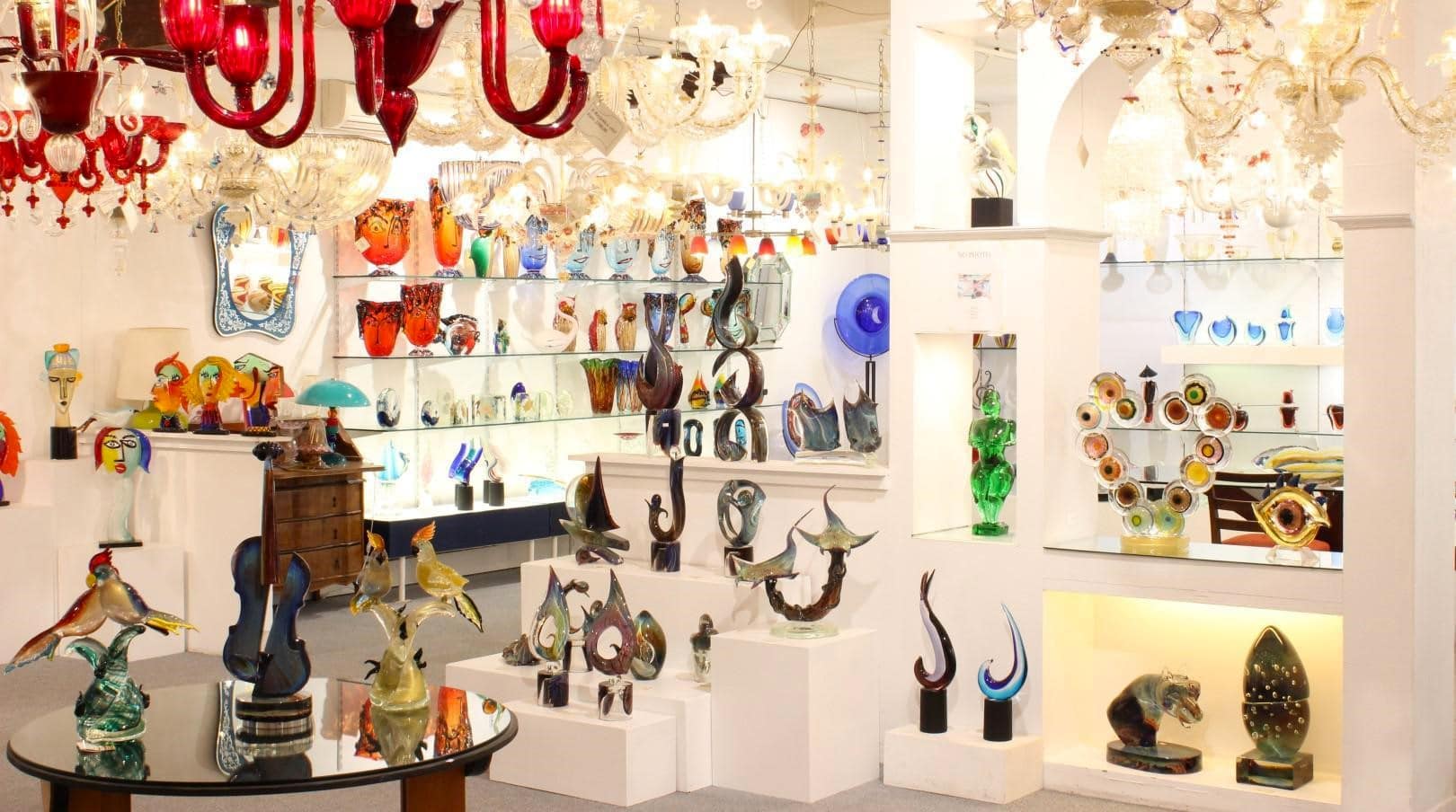
Practical Details. The factory is easily accessible from Venice, and the experience can be booked starting from approximately €28.69 USD.
⭐ Best Activities
- Murano, Burano and Torcello Half-Day Sightseeing Tour – Explore the islands of Murano, Burano, and Torcello on a half-day tour, perfect for those with limited time.
2. Glass-Blowing Workshops
Hands-on Creativity. For a more immersive experience, glass-blowing workshops allow you to create your own glass masterpiece under expert guidance. These workshops typically last between 2 to 3 hours and cover the basics of glass processing.
Creating Your Masterpiece. You’ll learn how to craft a glass flower or a simple glass vessel like a tumbler or vase. The process involves understanding the history and theory of blown glass manufacturing, including a tour of the furnace and an introduction to the tools used by master glassmakers.
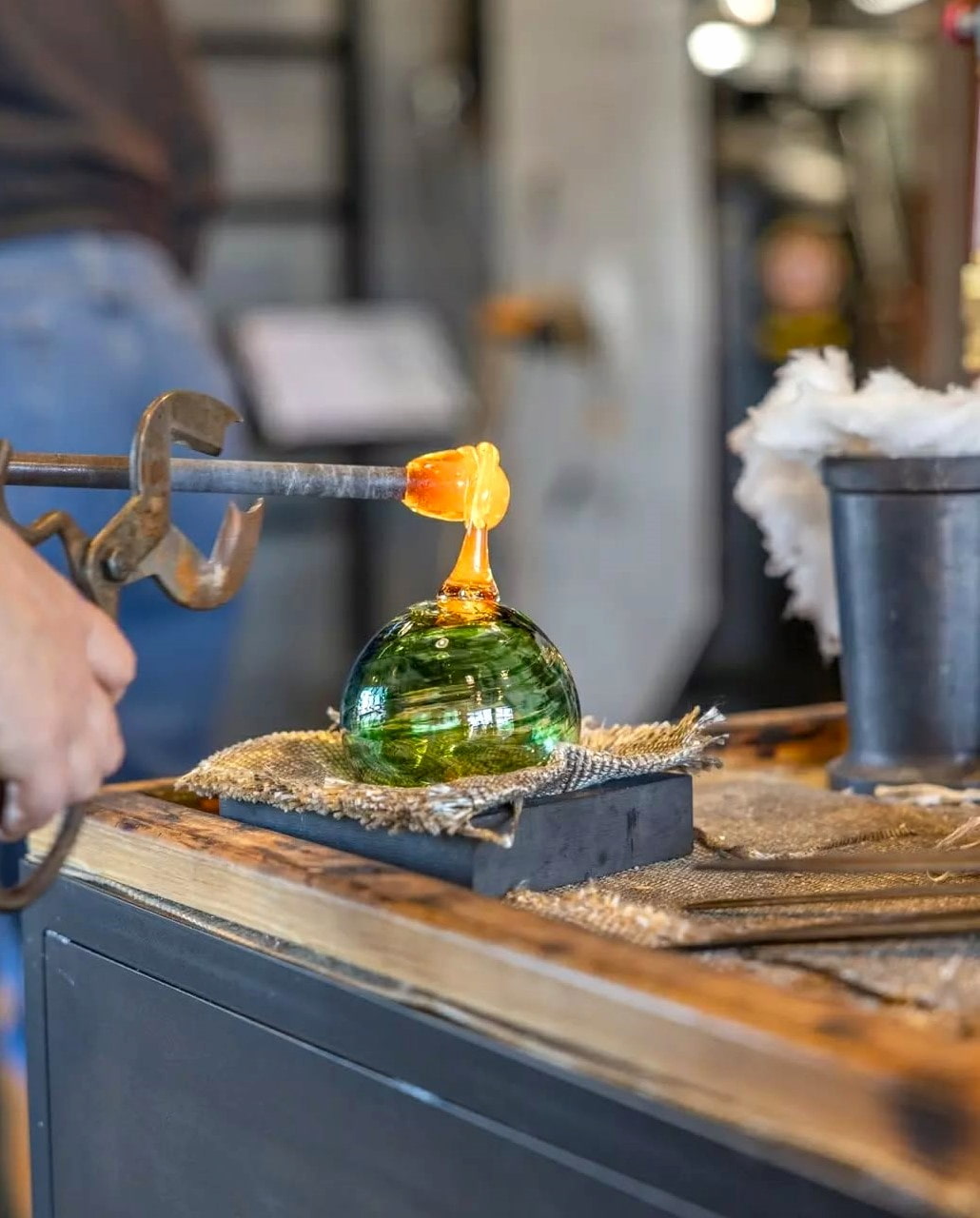
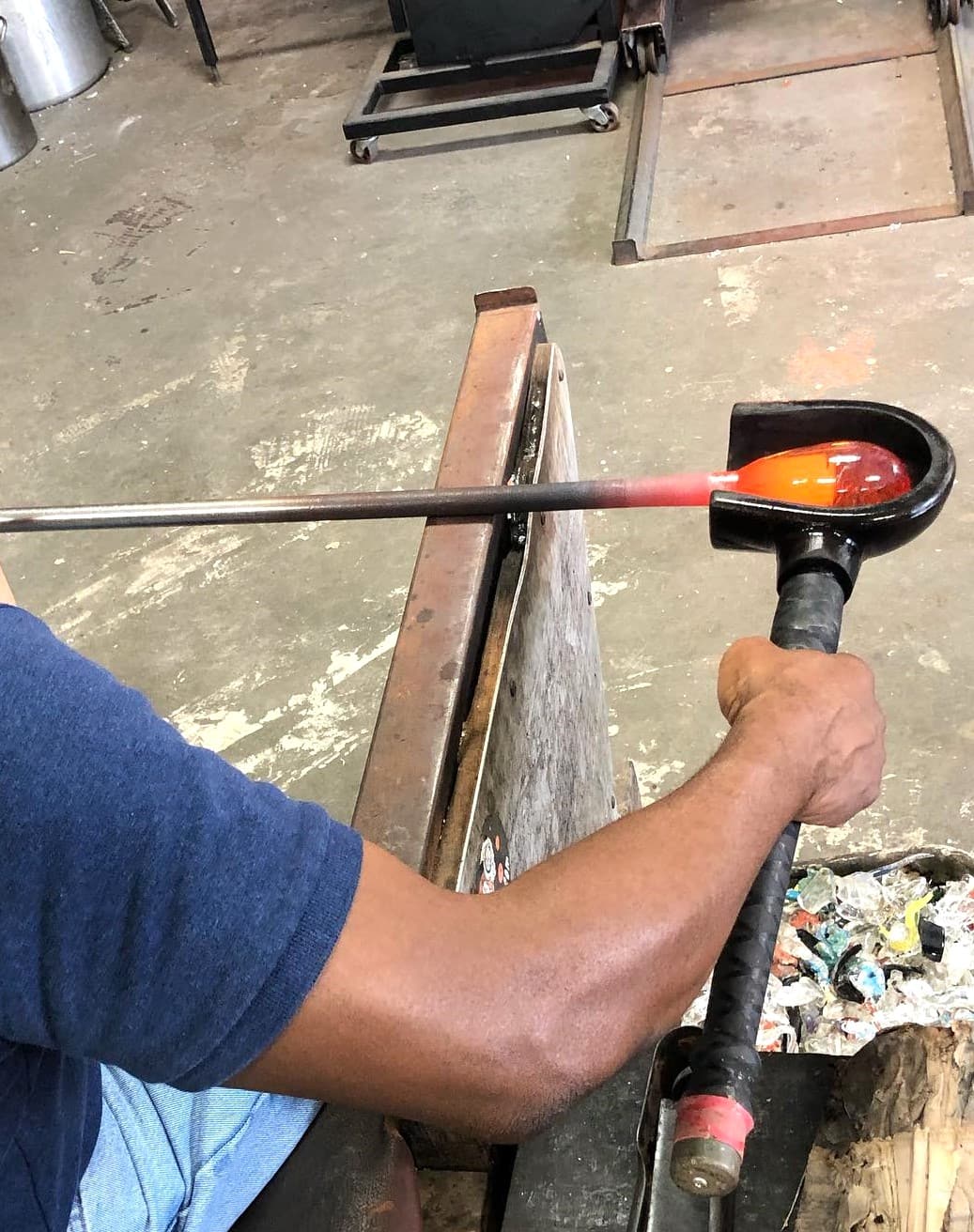
Safety and Support. Safety is paramount, with protective equipment provided and constant supervision by experienced glass masters. This ensures a safe and enjoyable experience for participants.
Take-Home Memories. Your creations can be taken home as a souvenir, or arrangements can be made for shipping if needed. Prices for these workshops vary, typically ranging from €30 for basic classes to several hundred euros for more advanced sessions.
⭐ Best Tours
- Glass Lampwork Workshop and Walking Tour in Murano – Combine a glass lampwork workshop with a walking tour to experience Murano’s artisanal side.
- In-Depth Glass Factory Tour – Dive into the world of Murano glassmaking with an in-depth tour of a local factory.
3. Arte Di Murano
Location and Overview. Arte Di Murano Factory is located near the heart of Murano, offering a comprehensive tour that combines glass-making demonstrations with shopping opportunities. This tour is ideal for those interested in both the artistry and the retail side of Murano glass.
Demonstrations. The tour begins with a live glassblowing demonstration where skilled artisans showcase their techniques in crafting intricate glass pieces. This hands-on display helps visitors appreciate the craftsmanship that goes into each item.
Shopping Experience. Following the demonstration, guests are invited to explore the factory’s showroom, which features an extensive collection of Murano glass products. From delicate jewelry to elaborate chandeliers, there’s something for every taste and budget. The staff is knowledgeable and happy to guide you through the selection process.
Authenticity Guarantee. Arte Di Murano ensures that all products are authentic Murano glass, certified by the Vetro Artistico Murano trademark. This guarantee provides peace of mind for shoppers looking to invest in genuine Murano craftsmanship.
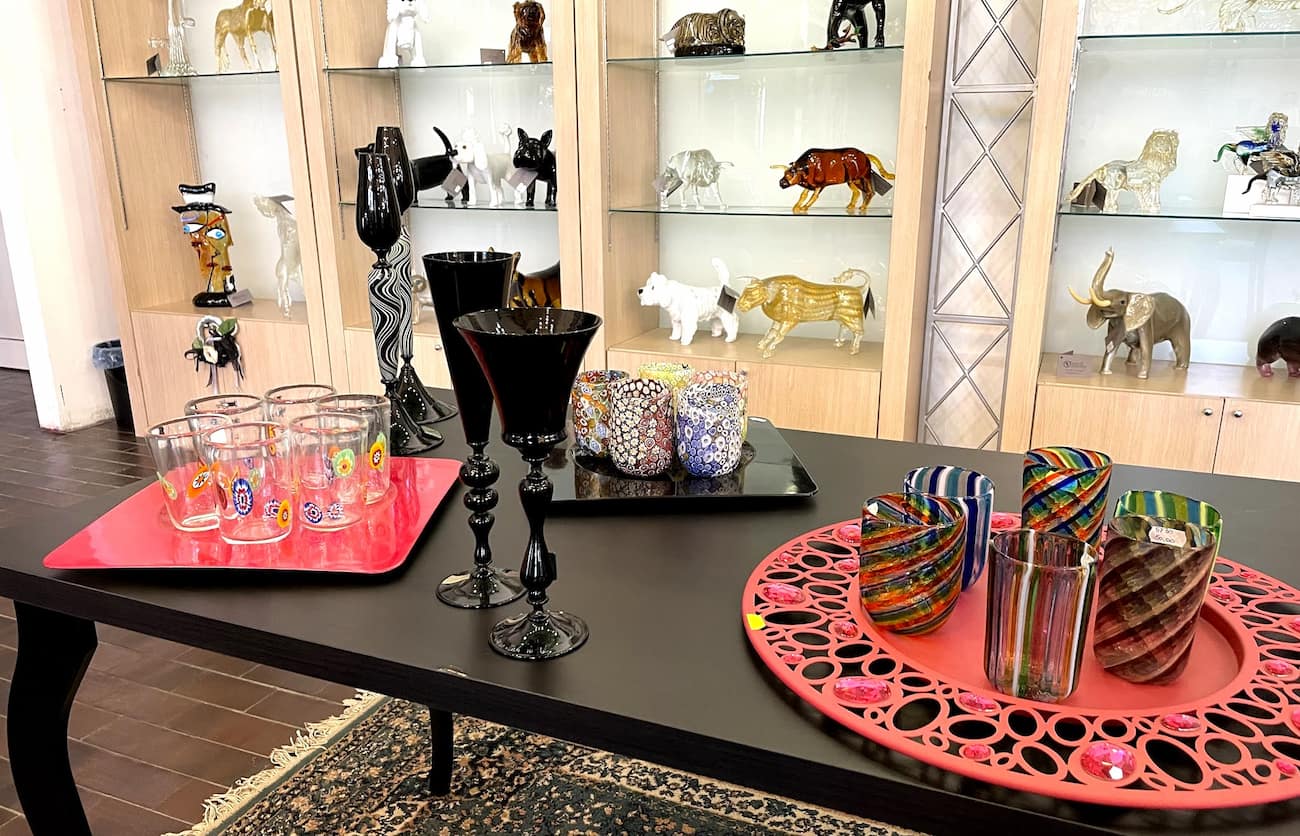
Tour Details. The tour typically lasts about an hour and is free of charge, though purchasing a piece of glasswork is encouraged. The factory is easily accessible by vaporetto from Venice.
⭐ Best Activities
- The Gems of the Venetian Lagoon: Murano and Burano Islands – Discover the hidden gems of Murano and Burano on this insightful tour.
Cultural and Historical Landmarks
1. Church of Saint Peter the Martyr
Architecture and Art. The Church of Saint Peter the Martyr, located in the heart of Murano, is a stunning example of Renaissance architecture. Its interior is adorned with exquisite chandeliers and beautiful Renaissance paintings, creating a serene and culturally rich environment.
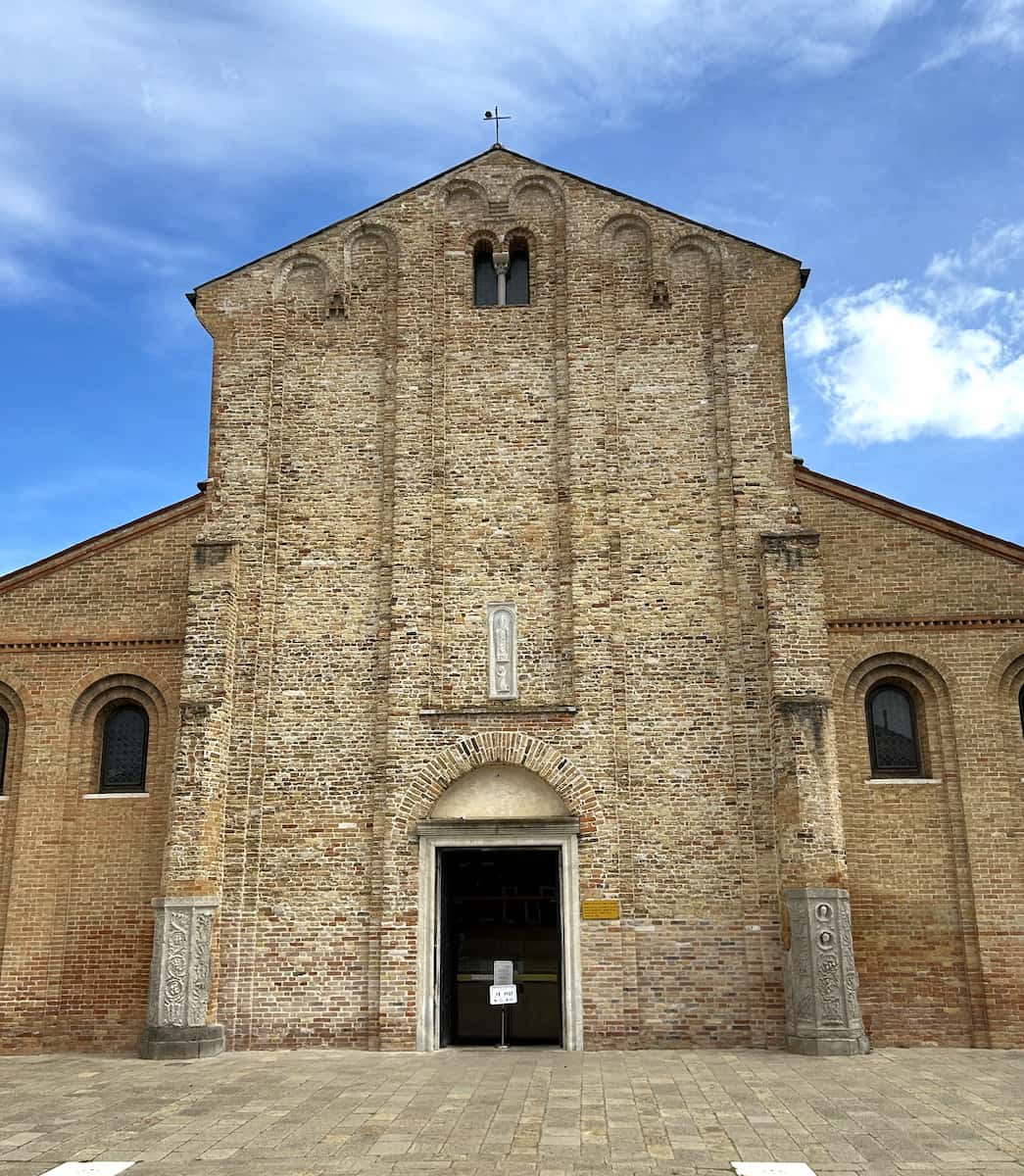
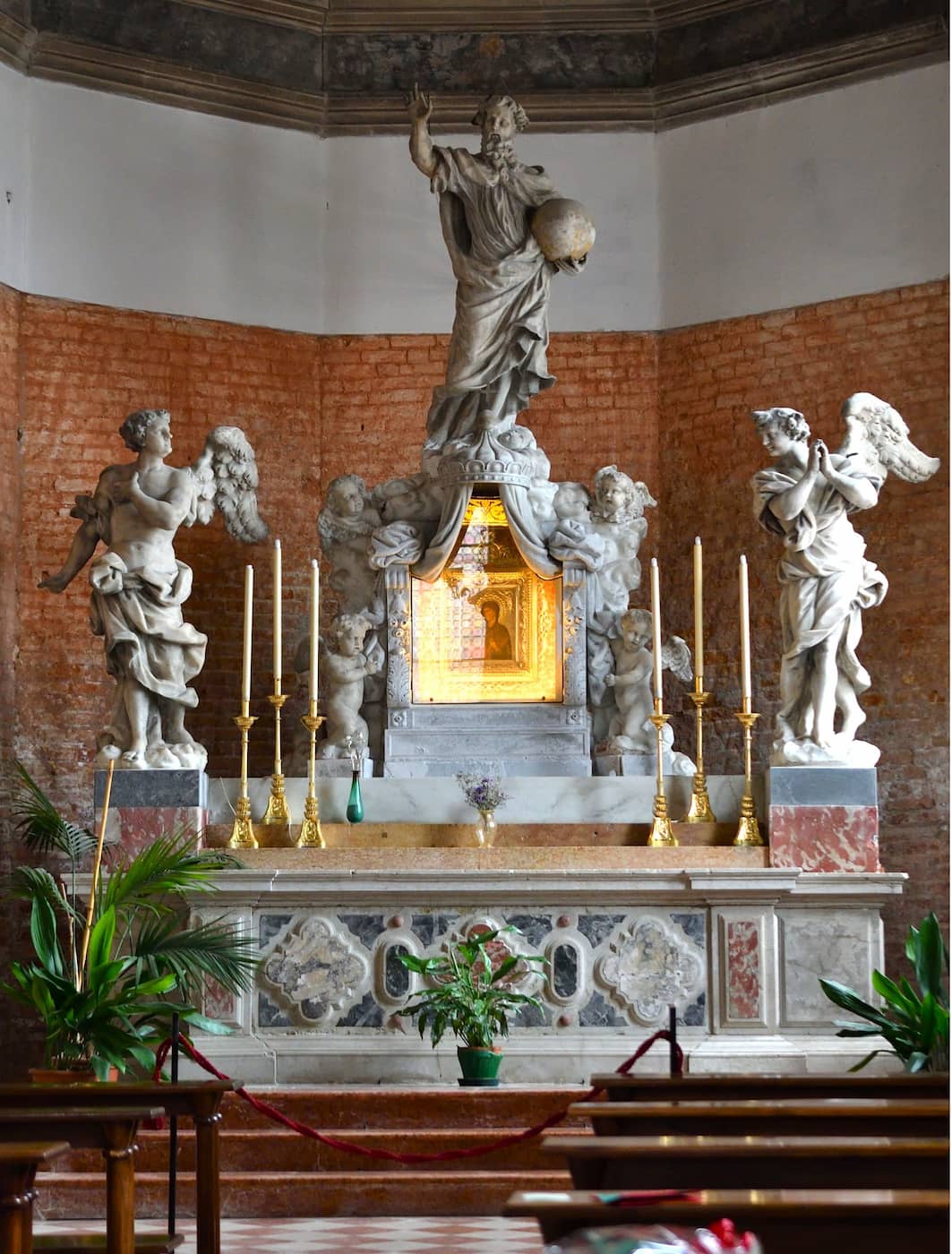
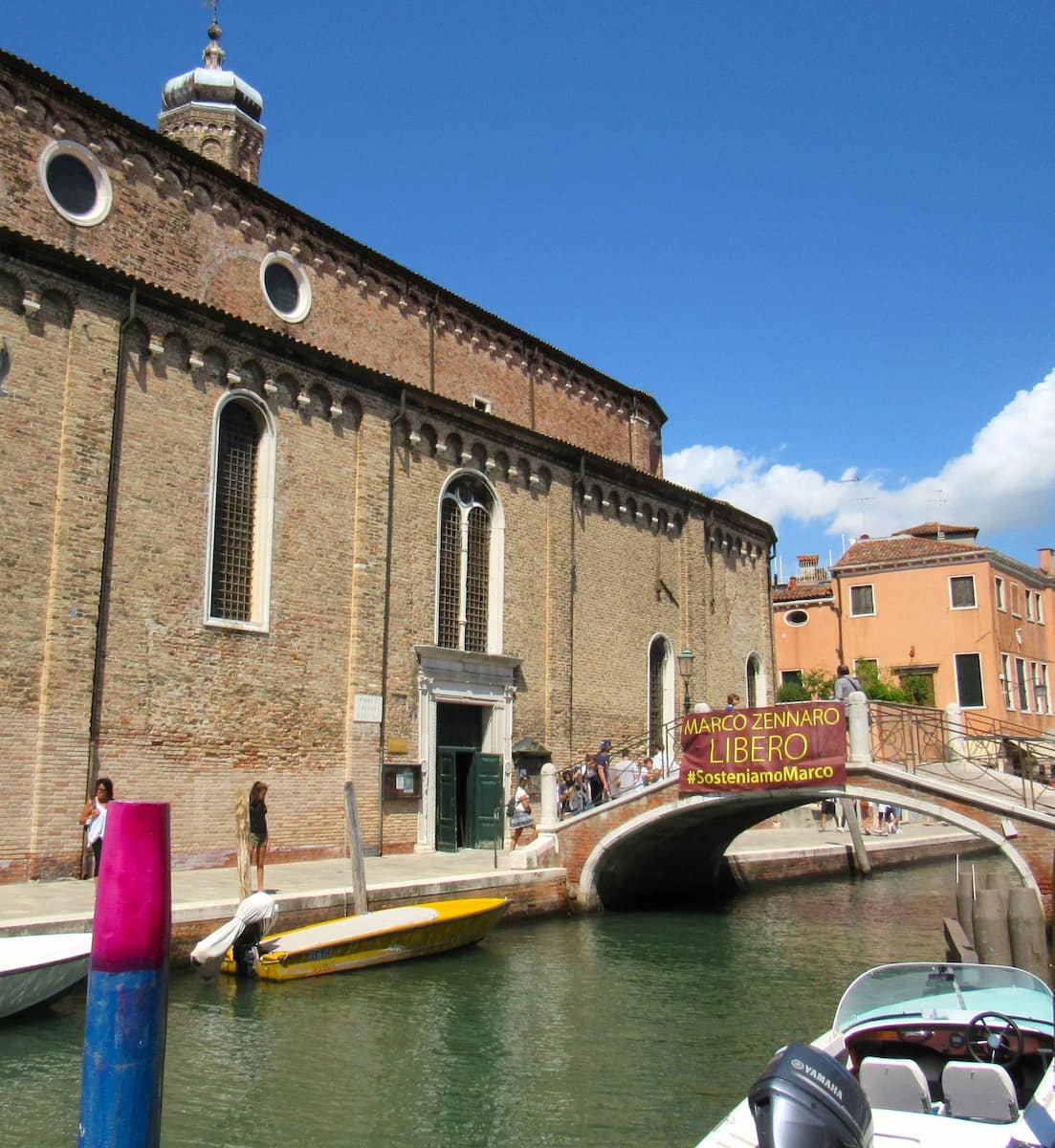
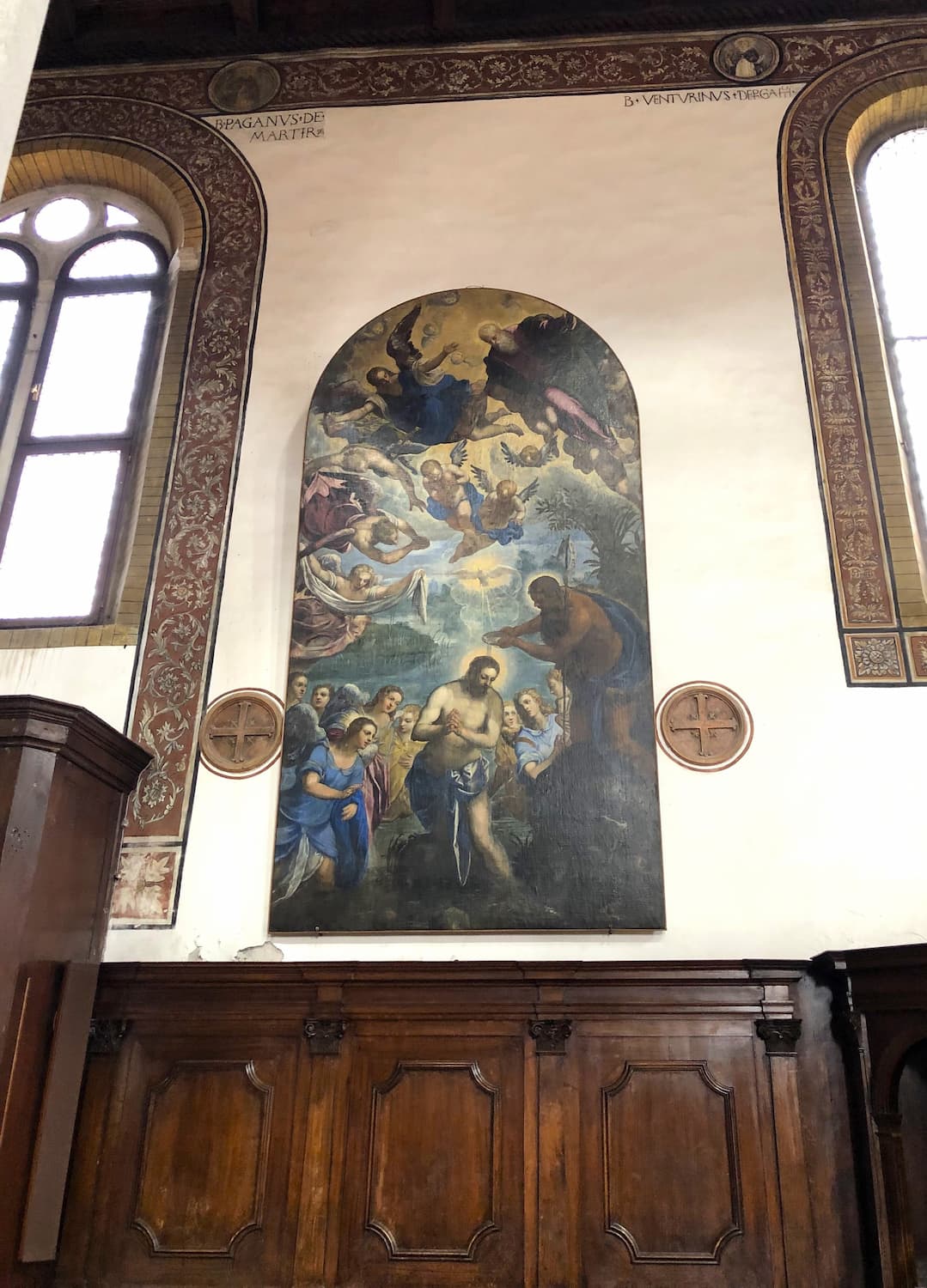
Artistic Treasures. One of the church’s most notable features is its collection of artworks, including paintings by famous Venetian artists. The chandeliers, crafted from Murano glass, add a touch of elegance and reflect the island’s glassmaking heritage.
Historical Significance. Built in the 14th century, the church has undergone several transformations over the years, reflecting the evolving artistic and architectural styles of Murano. It remains a significant cultural landmark and a must-visit for those interested in the island’s history.
Visitor Information. The church is open to visitors and offers a peaceful retreat from the bustling glass factories and shops. Entrance is free, though donations are appreciated.
2. Palazzo da Mula
Architecture. Palazzo da Mula is a striking example of Gothic architecture in Murano, showcasing the island’s rich cultural heritage. Its distinctive facade features a blend of Venetian and Byzantine styles, reflecting the historical influences on the region.
Historical Significance. Built in the 12th century, this palace has played a significant role in Murano’s history, serving as a residence for the da Mula family. Today, it stands as a testament to the island’s architectural evolution and artistic traditions.
Current Use. While not open to the public for tours, Palazzo da Mula is occasionally used for cultural events and exhibitions. Its exterior remains a popular spot for photography, offering a glimpse into Murano’s past grandeur.
Surrounding Area. The palace is situated near the Grand Canal, making it easily accessible by vaporetto. The nearby streets are filled with glass shops and local eateries, providing a lively atmosphere.
3. Murano Lighthouse (Faro di Murano)
Location and Function. The Murano Lighthouse, or Faro di Murano, is strategically located at the northern tip of the island, serving as a navigational aid for boats entering the lagoon. Its presence is both functional and visually striking, offering panoramic views of the surrounding waters.
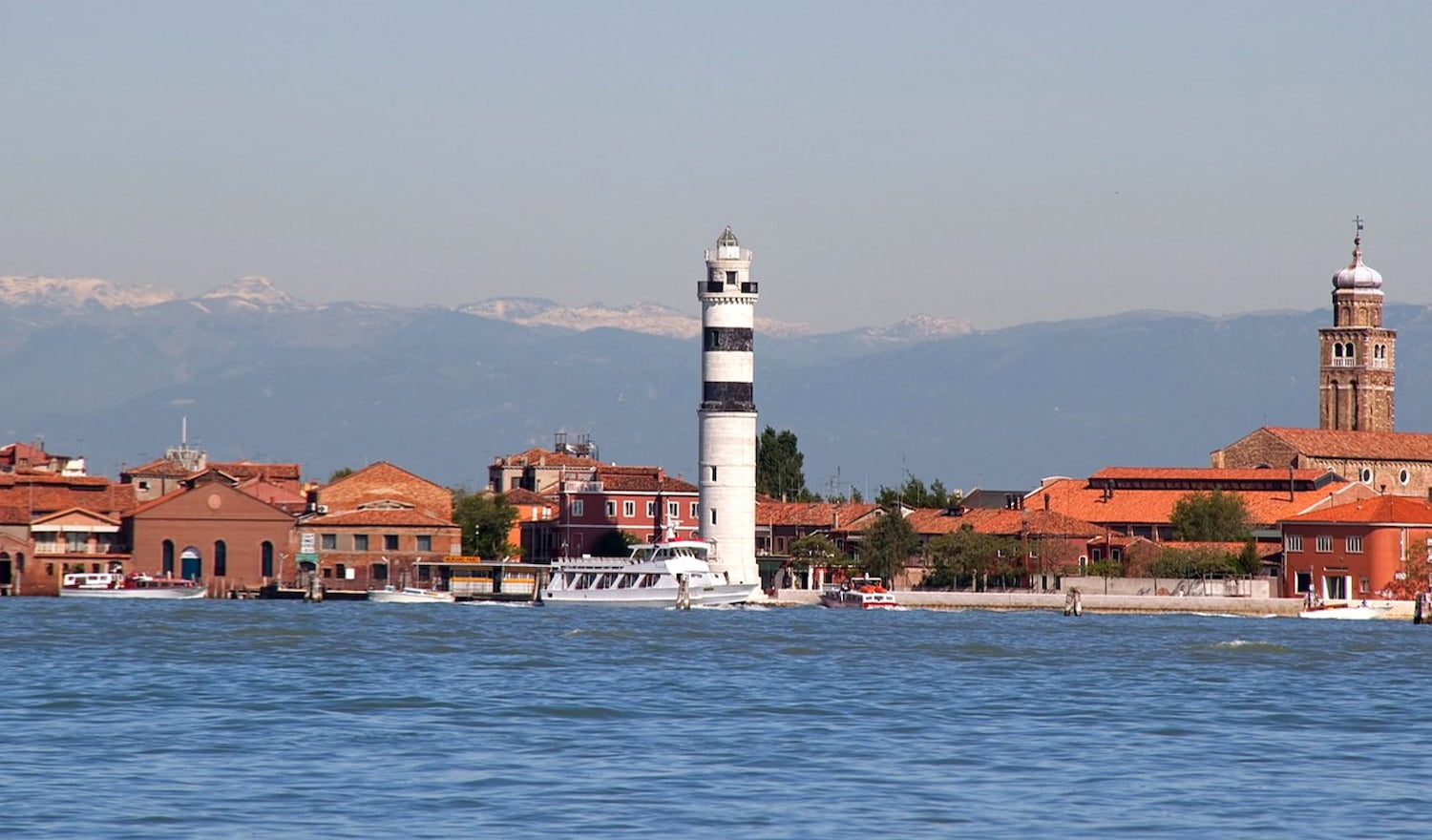
Scenic Views. Visitors can climb to the top for breathtaking views of the lagoon and nearby islands like Burano and Torcello. The lighthouse is particularly picturesque during clear weather, making it a popular spot for photographers.
Accessibility. While the lighthouse itself is not always open to the public, the surrounding area offers beautiful walks along the water’s edge. It’s a serene spot to enjoy the natural beauty of Murano away from the bustling glass factories.
Practical Tips. Combine your visit with a walk along the nearby canals to appreciate the island’s tranquil side. There are no entrance fees for viewing the lighthouse from the outside, making it a free and enjoyable experience.
Shopping for Murano Glass
1. Rio dei Vetrai Canal Shops
Historical significance. Rio dei Vetrai is the beating heart of Murano’s glassmaking industry, stretching roughly 500 meters to connect the Grande canal with the Marani canal. I discovered this picturesque waterway is where most of Murano’s glass factories have been concentrated since the craft was moved from Venice proper in 982.
Factory showrooms. Walking along the fondamenta (canal-side walkways), I encountered numerous glass shops showcasing everything from delicate jewelry to massive decorative pieces. The canal is home to historic establishments like the 19th-century Murano glassworks Franchetti, the Fornace Gino Mazzuccato, and the 16th-century CAM furnace.
Shopping experience. What makes shopping along Rio dei Vetrai special is watching artisans at work through open doors while browsing their creations. Many shops offer demonstrations paired with shopping opportunities, making it a perfect day trip from Venice to see the glass-making process firsthand.
Authentic pieces. When shopping for Murano glass, look for the “Vetro Artistico Murano” trademark that guarantees authenticity. Prices range from affordable souvenirs to investment art pieces:
- Small items: €15-50 (jewelry, small figurines)
- Medium pieces: €50-200 (vases, bowls)
- Large artworks: €200-5,000+ (chandeliers, sculptures)
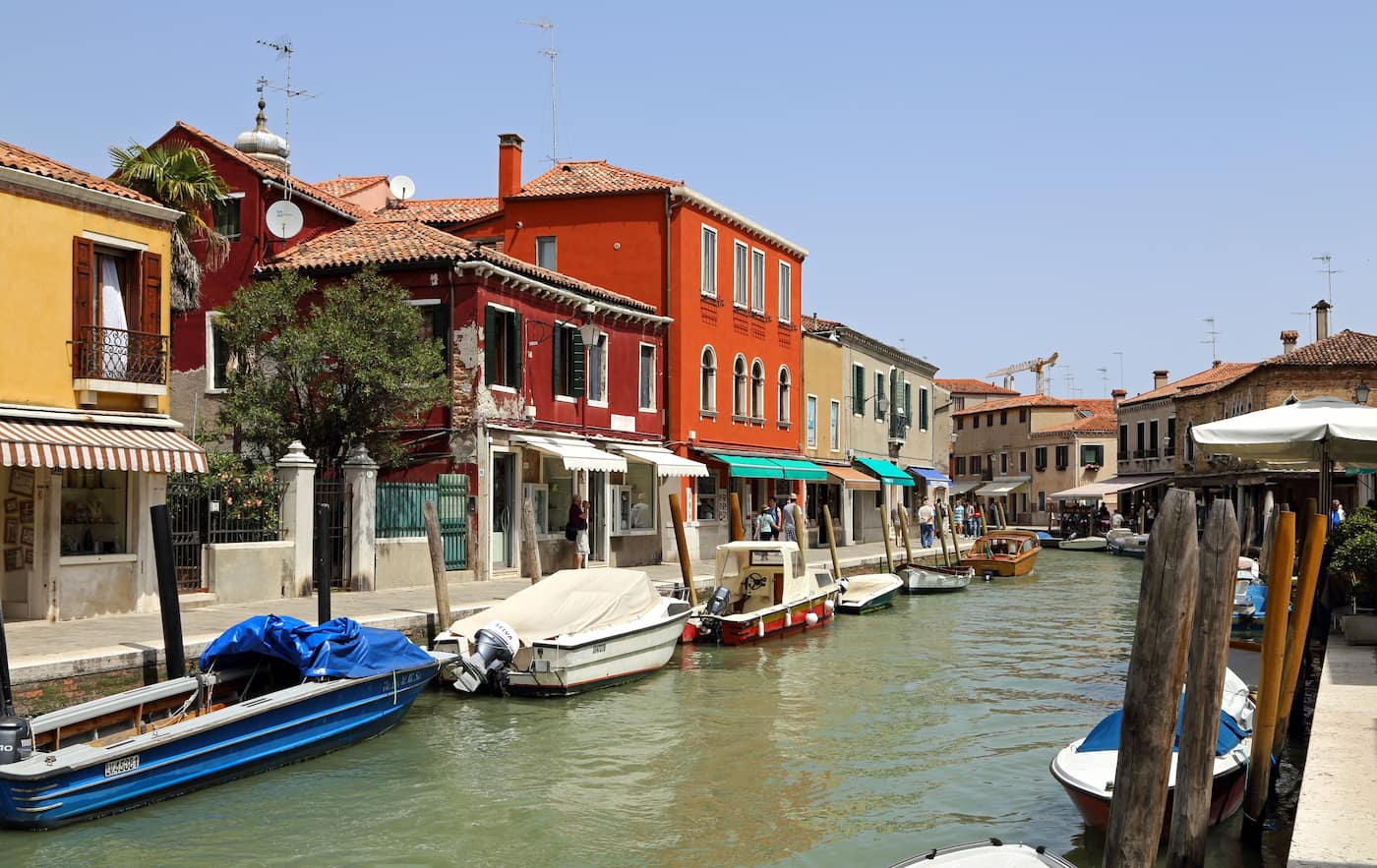
Best time to visit. Early mornings offer a more peaceful shopping experience along the canal, before the day-trippers from Venice arrive on the vaporetto.
2. Family-Owned Shops
Generational craftsmanship. Murano’s family-owned glass shops represent centuries of tradition passed down through generations. Businesses like Zanetti Murano, founded in 1956 and now in its fourth generation, maintain traditional techniques while pushing design innovations.
Personal touch. I found the family-owned shops offer a more intimate shopping experience than larger commercial outlets. At Vianello Nadia Murrine, established in 1998, the family produces classic and modern Murano glass jewelry using ancient techniques passed down through generations.
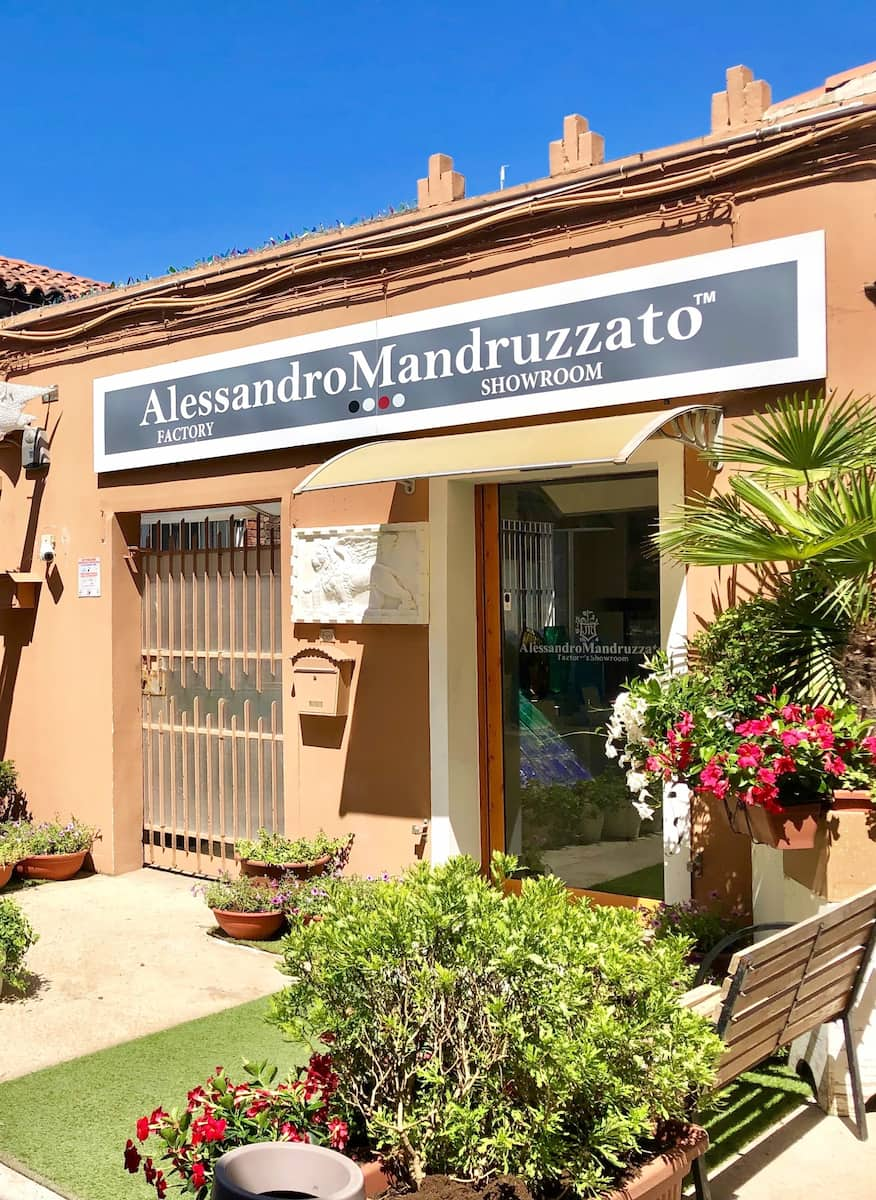
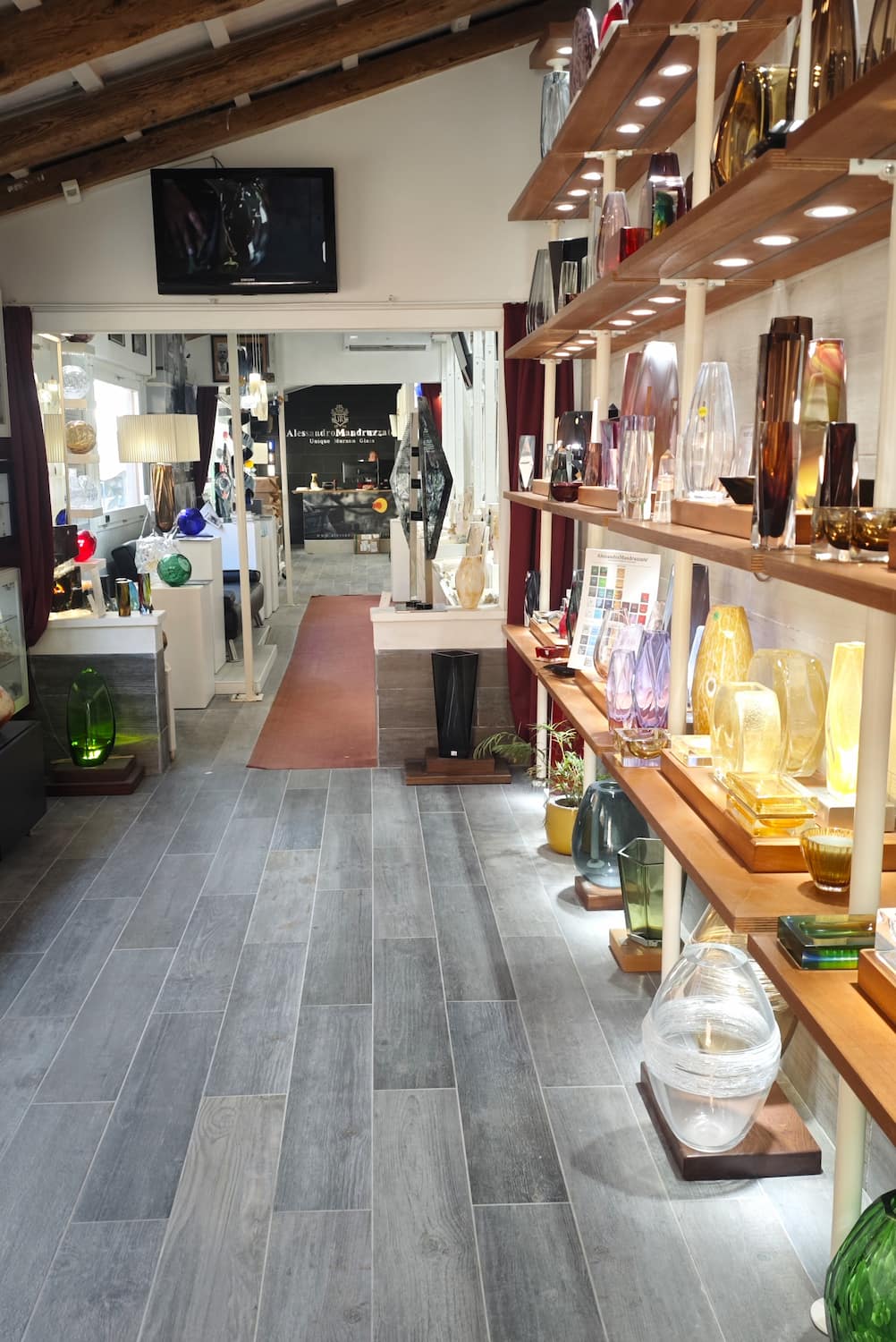
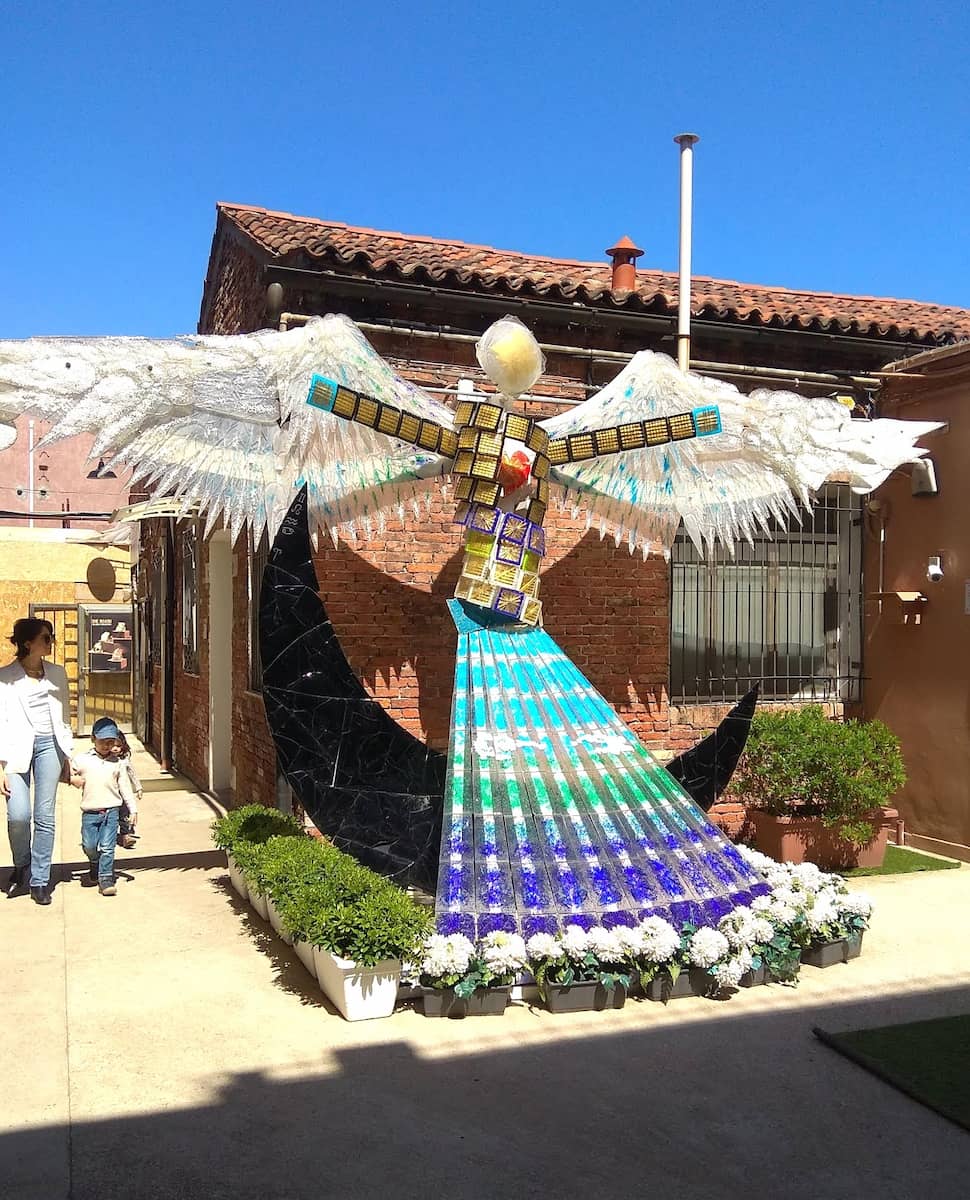
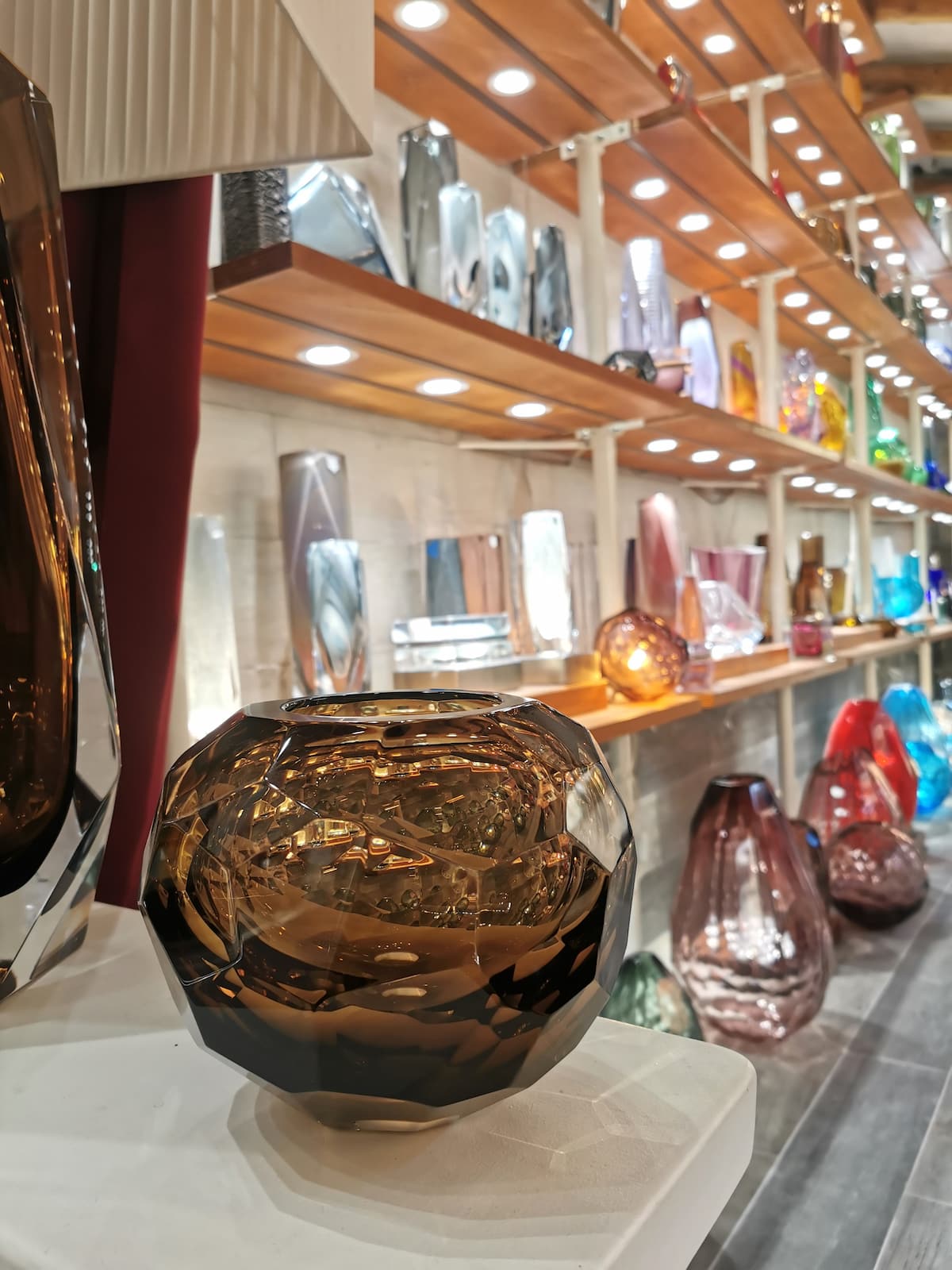
Authentic workshops. Many family businesses like Wave Murano Glass allow visitors to see their production process. Founded in 2017 by Roberto Beltrami, they specialize in hand-blown objects and even offer experiences where you can create your own glass piece.
Finding hidden gems. The best family-owned shops are often tucked away from the main tourist areas. I discovered some exceptional studios by exploring the quieter side streets branching off from Rio dei Vetrai.
Shopping tips for authentic Murano glass:
- Look for signatures on the bottom of pieces
- Request certificates of authenticity
Must-visit family shops:
- Gino Mazzuccato Glass Factory – Known for diverse glass art from tiny ornate animals to massive urns
- Alessandro Mandruzzato – Creating distinctive contemporary home decor since 1934
- Zanetti Murano – Specializing in naturalistic subjects with pieces sold through exclusive galleries worldwide
- Vianello Nadia Murrine – Artisan jewelry and home décor with authorized distributors throughout Italy and beyond
- Wave Murano Glass – Modern approach to traditional techniques with custom solutions for international luxury brands
Local Food and Dining
1. Ai Vetrai Restaurant
Location and Ambiance. Situated near Murano’s famous glassmaking studios, Ai Vetrai offers a sophisticated yet approachable dining experience. This trattoria is renowned for its unpretentious charm, blending authentic Venetian flavors with warm hospitality, making it a delightful escape from the bustling tourist trails.
Signature Dishes. The menu changes seasonally but consistently features Venetian staples like risotto di gò (fish risotto), fritto misto (crispy mixed fried seafood), and tender cuttlefish ink pasta. Each dish is crafted using the freshest local ingredients to ensure an authentic taste of the lagoon.
Tips for visitors. When planning a day trip to Murano from Venice, Ai Vetrai is a must-visit for lunch or dinner. It’s a great place to relax after exploring the island’s glass factories and historic landmarks like the Duomo di Murano.
2. Murano Gelateria Artigianale
Artisanal Gelato. This gelateria is worth visiting during your trip to Murano and Burano, offering a refreshing break from exploring the islands. Located in a quiet alleyway, it serves some of the best gelato in Venice, with flavors like salted pistachio and hazelnut being particular favorites.
Local Flavors. Murano Gelateria Artigianale specializes in over 60 flavors, many of which are inspired by local ingredients. Try the Bussolà Buranello gelato, which pays homage to the nearby island of Burano, or the fico di Sant’Erasmo, highlighting the flavors of the Venice lagoon.
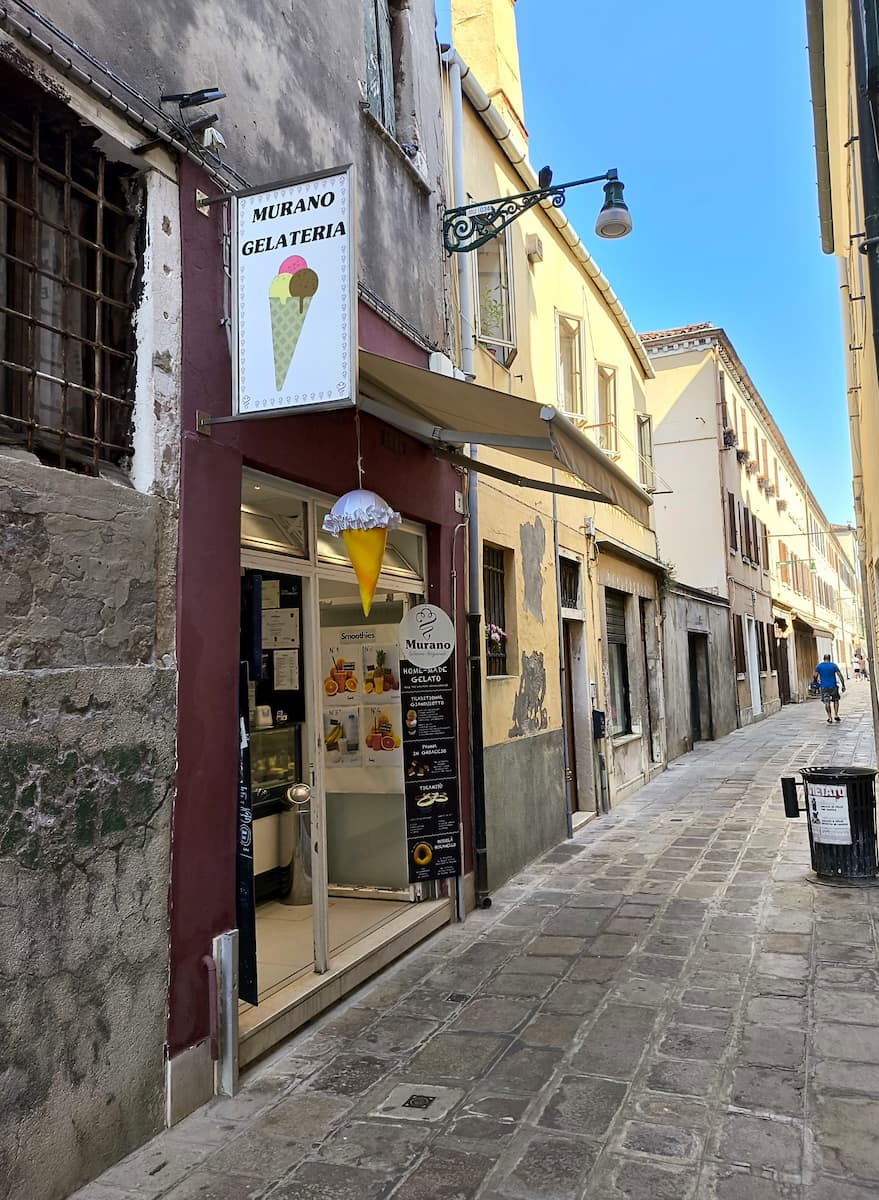
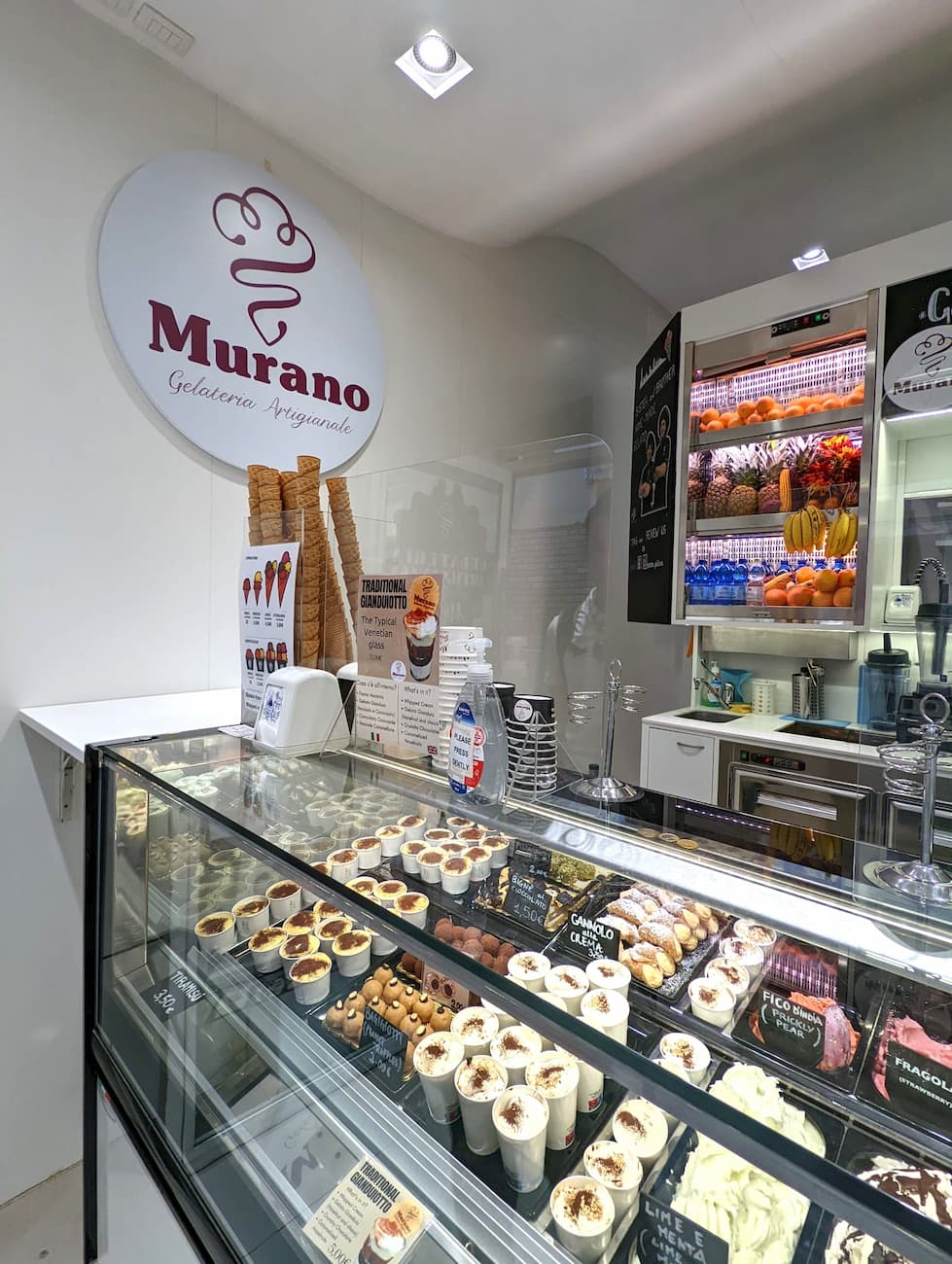
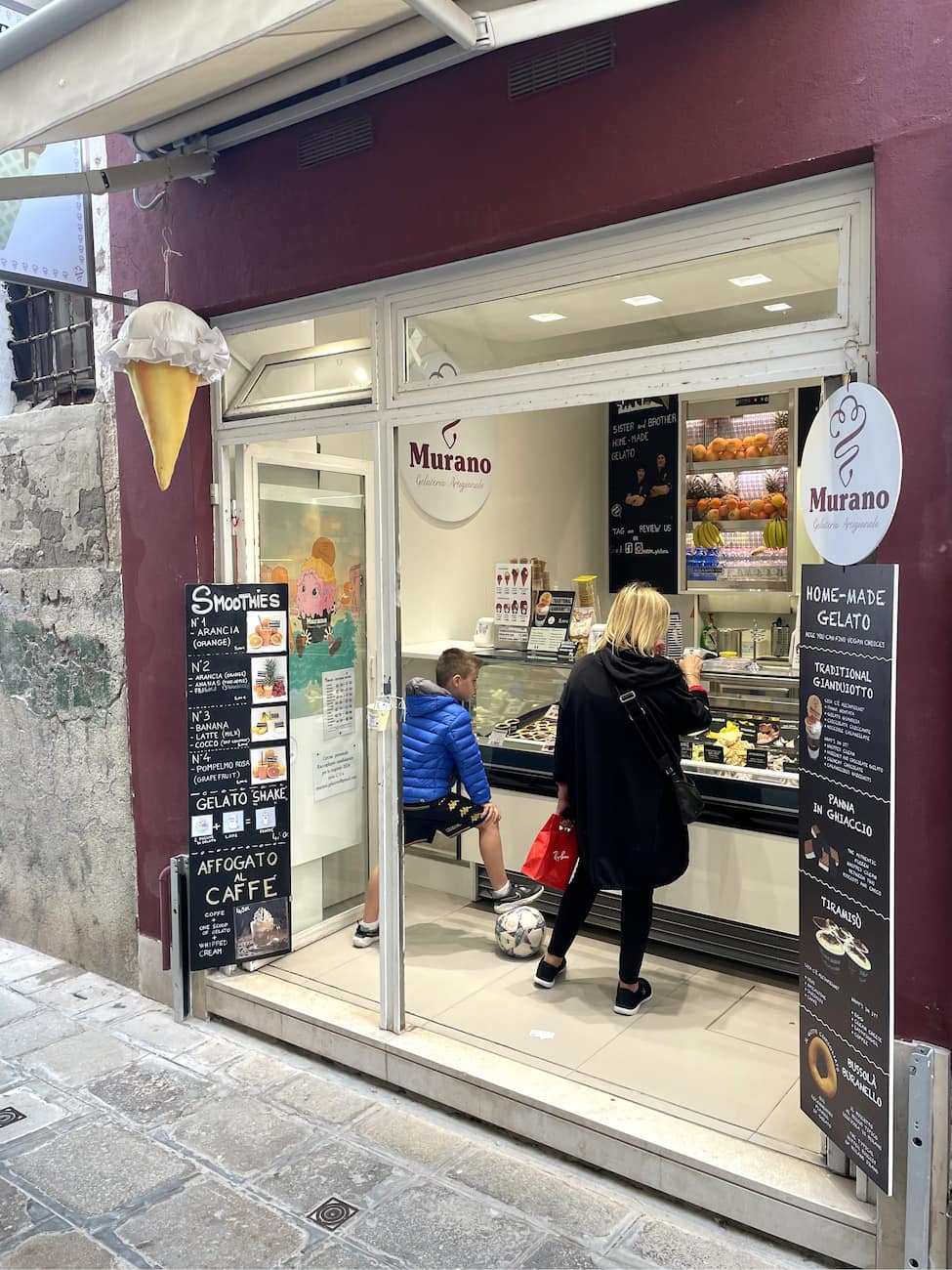
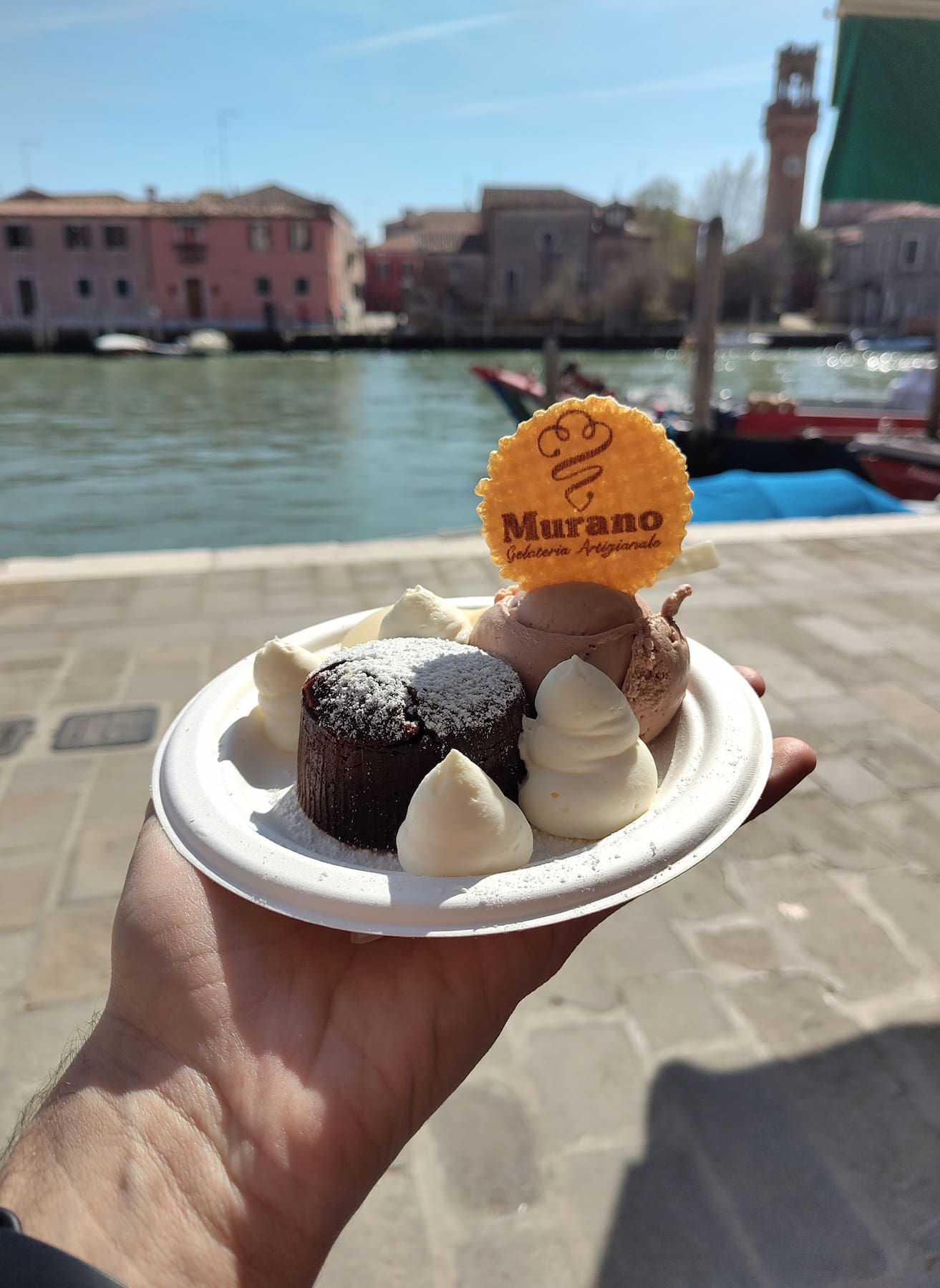
Family Tradition. The gelato is made by a brother and sister duo, ensuring a personal touch and commitment to quality. It’s a perfect stop during your tour of Murano, offering a taste of the island’s artisanal spirit.
Practical Information. There is no indoor seating, so enjoy your gelato while strolling around the island or take a break at a nearby square in Murano.
Recommended Flavors:
- Salted Pistachio: A creamy and nutty favorite among visitors.
- Bussolà Buranello: Inspired by Burano’s traditional biscuits.
- Fico di Sant’Erasmo: Featuring figs from the nearby island of Sant’Erasmo.
⭐ Best Activities
- Murano and Burano Small-Group Boat Tour From Venice – Enjoy a small-group boat tour to Murano and Burano, offering a more personalized experience.
Day Trips to Nearby Islands
1. Burano Island Tour
Colorful Houses. Burano is renowned for its vibrant, technicolor houses, making it a photographer’s paradise. The island’s colorful architecture is believed to have originated from the need for fishermen to identify their homes through the fog. Today, these houses are a major attraction, offering endless photo opportunities.
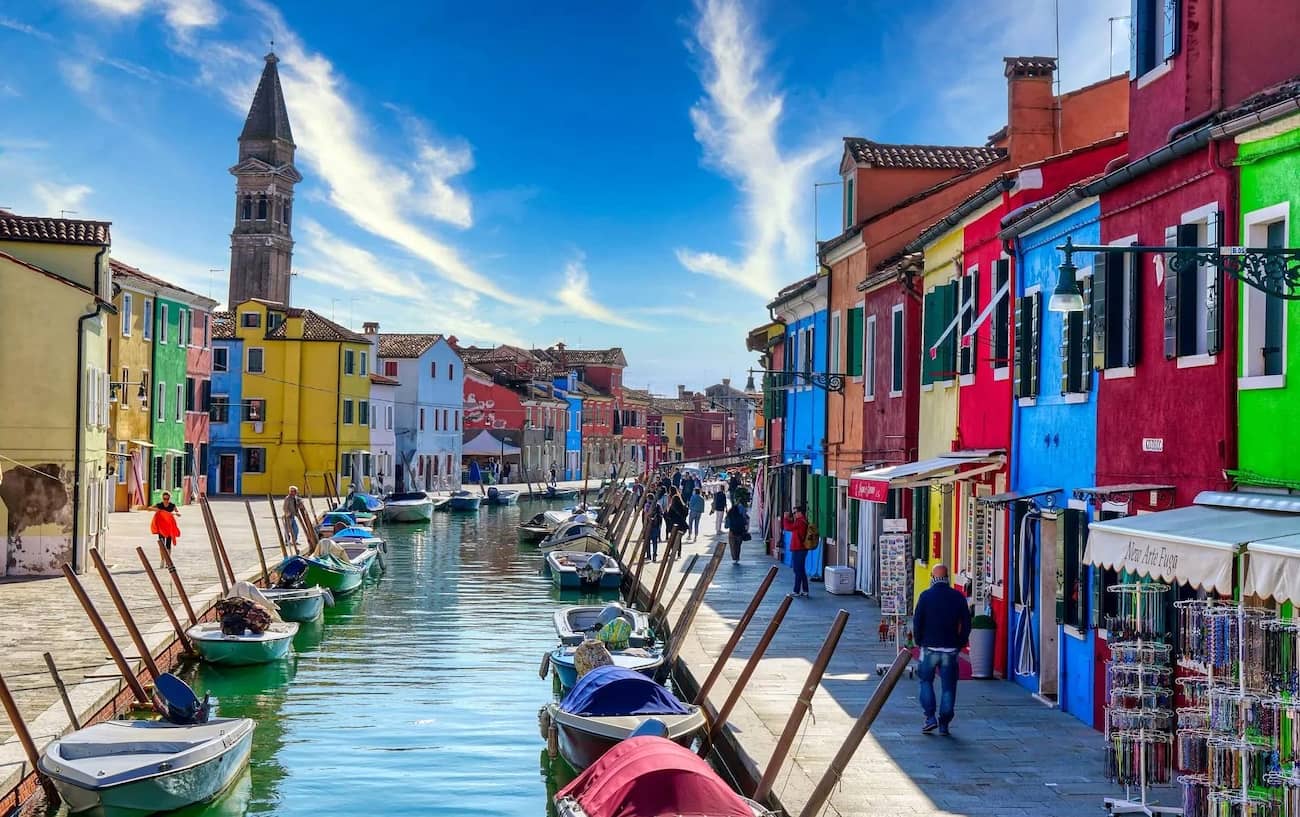
Lace-Making Tradition. Burano is famous for its intricate lace-making, a skill passed down through generations. Visit the Museo del Merletto (Lace Museum) to learn about the history and techniques of Burano lace. You can also watch artisans at work in local workshops and purchase authentic lace souvenirs.
Local Cuisine. Don’t miss trying Burano’s traditional biscuits, known as bussolà, which are perfect with a cup of coffee or as a snack. The island offers several cafes where you can enjoy these treats while soaking in the local atmosphere.
Tips for Visitors:
- Respect local homes when taking photos.
- Visit Museo del Merletto for insights into lace-making.
- Try local biscuits at a traditional café.
⭐ Best Activities
-
Museums of Islands Combo Ticket – Enjoy skip-the-line access to both the Glass Museum in Murano and the Lace Museum in Burano with this combo ticket.
2. Torcello Island Tour
Historical Significance. Torcello is the oldest inhabited island in the Venice Lagoon, offering a glimpse into the region’s early history. It was once a thriving center but is now a peaceful retreat with fewer tourists than Murano or Burano.
Basilica di Santa Maria Assunta. This 7th-century basilica is a must-visit for its stunning Venetian-Byzantine mosaics. The church’s tranquil atmosphere provides a serene escape from the bustling islands of Murano and Burano.
Attila’s Throne. Located near the basilica, this ancient stone chair is said to have been used by Attila the Hun, though its origins are debated. It remains a fascinating piece of history and a popular photo spot.
Day Trip Tips:
- Combine with Murano and Burano for a full lagoon experience.
- Use a guided tour to learn about the islands’ history and crafts.
- Allow time for each island to fully appreciate their unique charms.
⭐ Best Activities
- Murano, Burano & Torcello Islands Full-Day Tour – Spend a full day exploring the islands of Murano, Burano, and Torcello for a comprehensive Venice lagoon experience.
❓ FAQ About Trips to Murano
How to get to Murano from Venice?
You can reach Murano by taking vaporetto lines 4.1, 4.2, or 12 from various stops in Venice. The journey takes approximately 20 minutes from Fondamente Nove or 40 minutes from San Marco, with boats running frequently throughout the day.
Is a day trip to Murano worth visiting?
A day trip to Murano is absolutely worth visiting for its world-famous glass blowing demonstrations and beautiful canals. The island offers a more relaxed atmosphere than Venice while providing unique cultural experiences centered around its centuries-old glass making tradition.
Can I see Murano and Burano in one day?
You can definitely visit both Murano and Burano in one day if you start early and plan your vaporetto connections efficiently. I recommend spending about 2-3 hours on Murano for glass factories and the Glass Museum, then another 2-3 hours exploring colorful Burano.
What are the best things to do on Murano?
The best things to do on Murano include watching glass blowing demonstrations, visiting the Murano Glass Museum, and exploring the Church of Santa Maria e San Donato. Don’t miss shopping for authentic glass pieces and strolling around the picturesque canals that offer beautiful photo opportunities.
Should I choose Murano or Burano to visit?
Choose Murano if you’re interested in glass making, artistic demonstrations, and shopping for beautiful glass souvenirs. Opt for Burano if you prefer colorful architecture, photography opportunities, and traditional lace making, though ideally you should visit both islands for the complete Venice lagoon experience.
How long does a glass blowing demonstration last?
A typical glass blowing demonstration on Murano lasts between 15-30 minutes, showing the complete process of creating a glass piece. Many factories offer these demonstrations free of charge, hoping you’ll purchase items from their showrooms afterward.
What’s the best way to see Murano?
The best way to see Murano is by following the main canal (Rio dei Vetrai) where most glass factories are located, then exploring the quieter side streets. I recommend walking around the entire island, which takes about 2 hours including stops for photos, shopping, and perhaps lunch at a local restaurant.
When is the best time to visit Murano?
The best time to visit Murano is during shoulder seasons (April-May or September-October) when the weather is pleasant and there are fewer tourists in the Venice lagoon. Early mornings (before 10 AM) offer the most peaceful experience before day-trippers arrive from Venice.
How much time should I spend in Murano?
You should spend at least 3-4 hours in Murano to properly experience the glass factories, museums, and historical sites. This gives you enough time to watch demonstrations, shop for authentic Murano glass, and enjoy lunch while exploring the island at a comfortable pace.
Are guided tours of Murano recommended?
Guided tours of Murano are recommended if you want deeper insights into the island’s glass making history and access to exclusive workshops. A knowledgeable guide can enhance your experience by providing historical context, ensuring you see authentic demonstrations, and helping you avoid tourist traps when shopping for glass.
